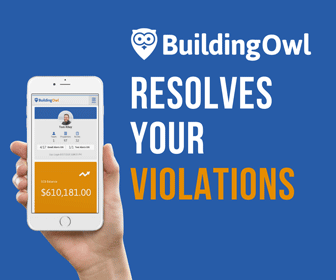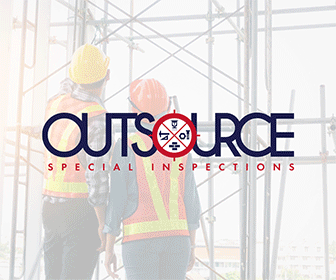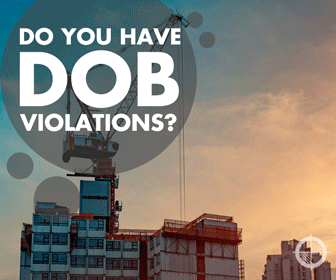
Powering Up: Applications Open for E-Bike Charging Cabinets
The New York City Department of Transportation (DOT) is rolling out sidewalk charging stations for e-bikes to reduce deadly fires caused by lithium-ion batteries.
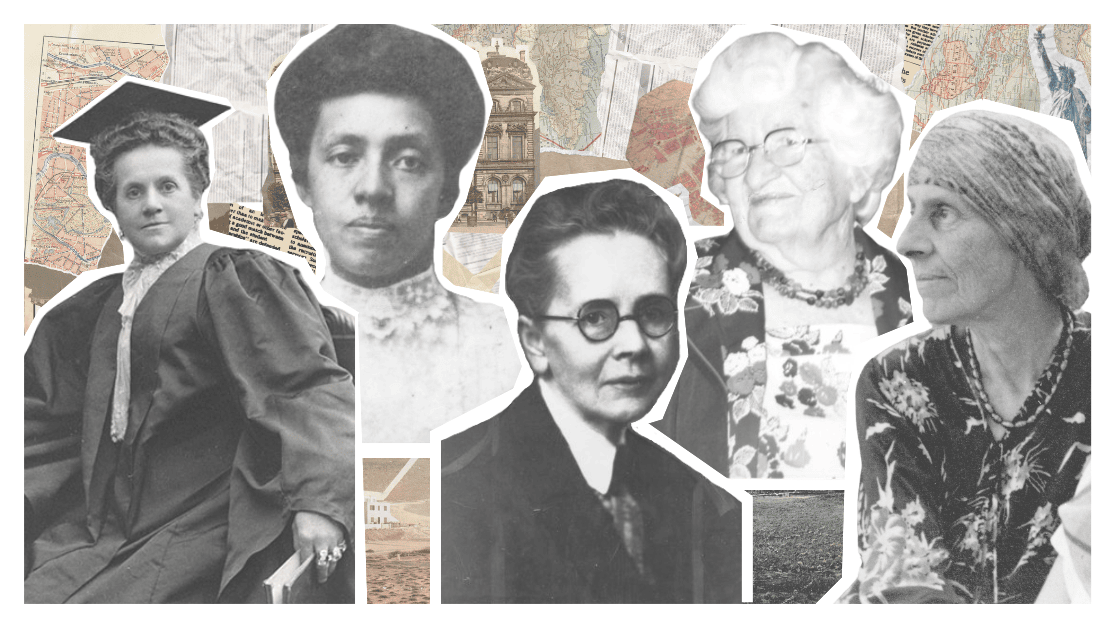
Building Inclusivity: Women Who Paved the Way
As part two of our “building inclusivity” series, this March we will be celebrating the long history of women in the construction field; from empowering stories of accomplishment to unveiled hidden histories, this article seeks to uncover the lesser-known voices that helped build this industry.
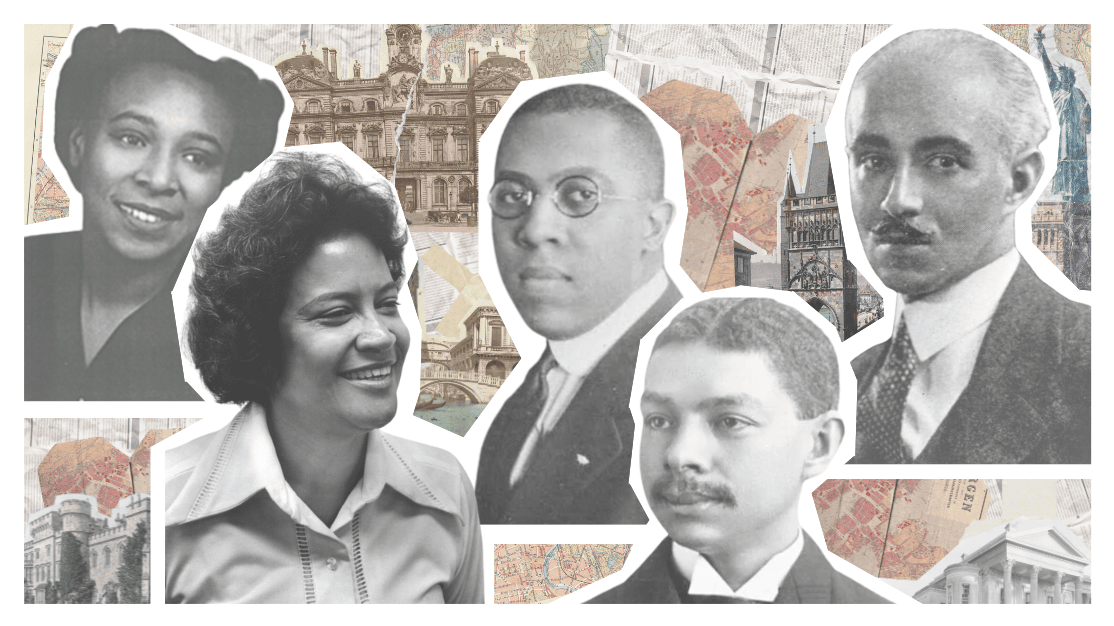
Building Inclusivity: Celebrating Black History in Construction, Architecture, & Engineering
In celebration of Black History Month, we’re highlighting some influential Black figures in construction, architecture, and engineering history. Even if you don’t know them by name, you will probably know their work!

Leaving Lead Behind: How NYC Plans to Replace Lead Pipes
One in five New Yorkers may be drinking lead-contaminated water, according to an alarmingly recent report. With over 150,000 lead pipes citywide, replacing our infrastructure will be a colossal undertaking—and the plans are already in motion.
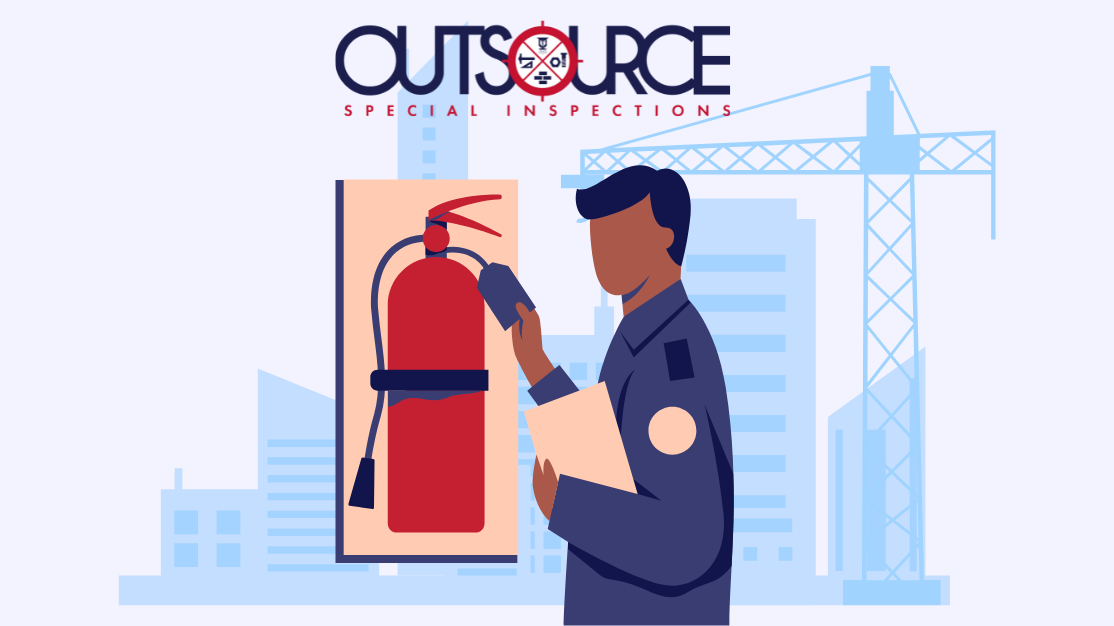
Outsource Special Inspections Becomes Class 1 Agency
Outsource Special Inspections (OSI), a trusted source for special inspections in New York City since 2012, is excited to announce its transition from a Class 2 to Class 1 agency. This upgrade, which significantly expands the amount of inspections offered by OSI, marks a major milestone for the company.
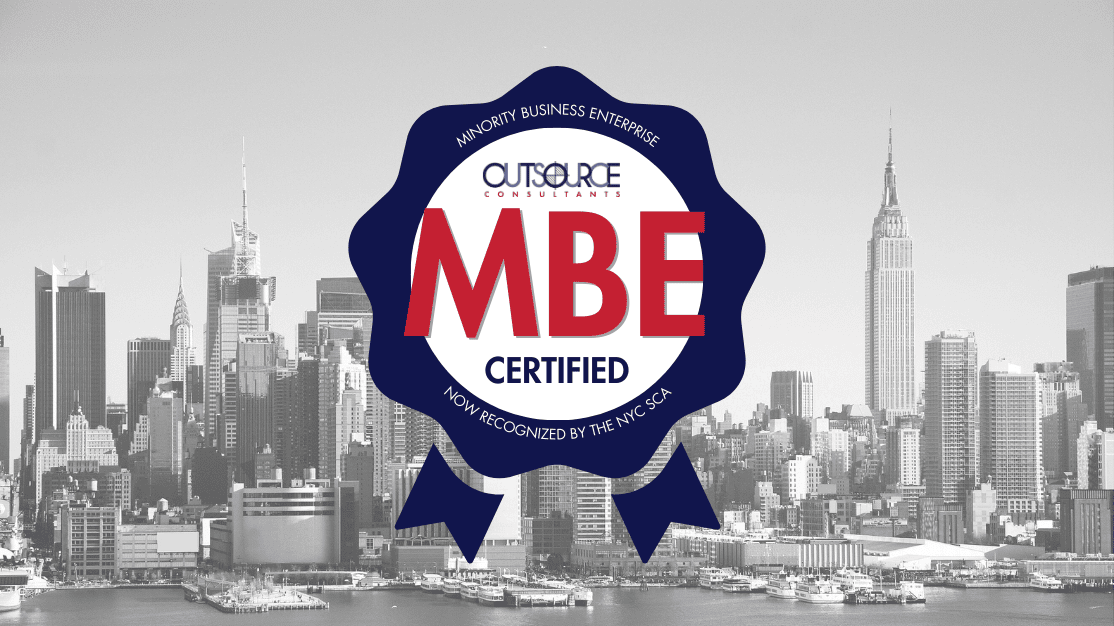
Outsource Consultants Inc becomes SCA Certified MBE
Outsource Consultants, Inc., expediting, building code, and zoning experts in New York City for 30 years and counting, is thrilled to announce a new MBE certification from the New York City School Construction Authority (NYC SCA). The certification will be the fourth addition to Outsource’s current collection of MBEs from accredited institutions, including NYC Small Business Services (SBE), New York State (NYS), and New York & New Jersey Minority Supplier Development Council (NYNJMSDC).

Get Used to It: New Zoning Use Groups
July 1st marks the beginning of a new era for The New York City Zoning Resolution (ZR), which will be undergoing a Use Group overhaul. Make sure to read up on the changes before filing any applications—it’s easy to get confused!
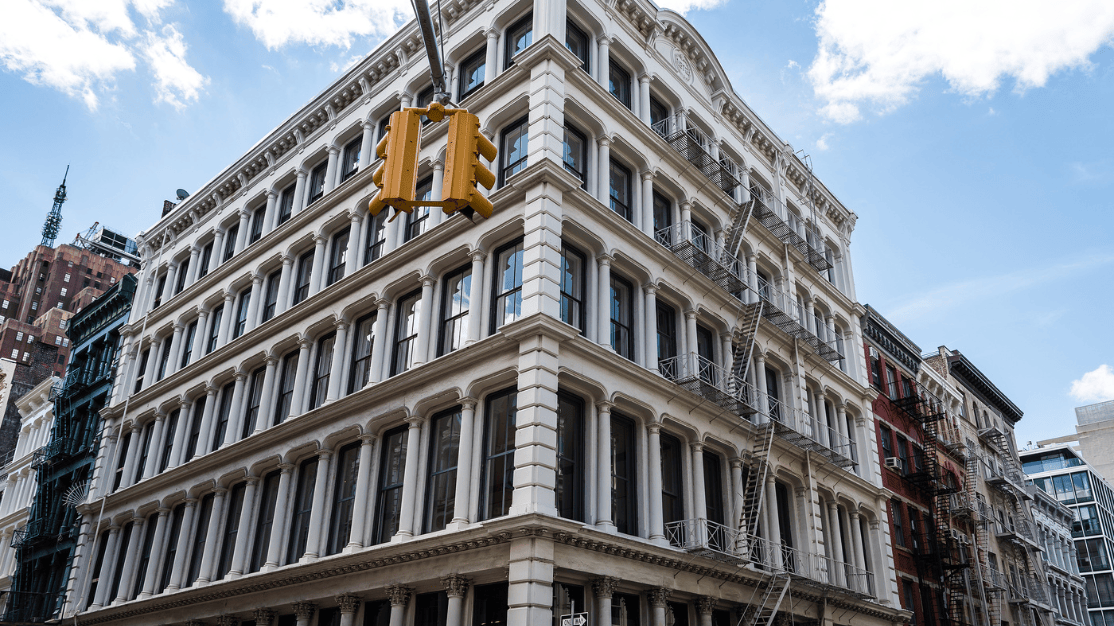
Was it All a Facade?: DOB Launches Review of the City’s Facade Inspection Program
Facade inspections and regulations may soon undergo major changes, after the NYC Department of Buildings (DOB) announced the introduction of a comprehensive review of the current Facade and Inspection Safety program in May.
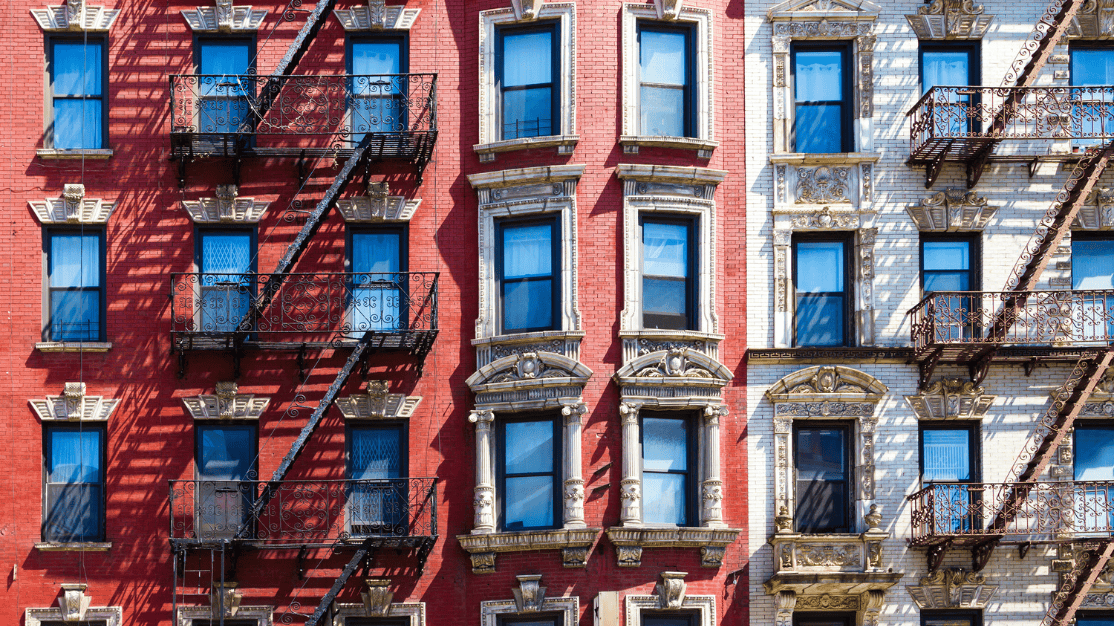
Decoding City of Yes: How to House NYC?
The New York City Council began its public review of “The City of Yes for Housing Opportunity” proposal this April, following the approval of its predecessors, Carbon Neutrality and Economic Opportunity. The plan addresses a lack of affordable housing in NYC and promises to streamline residential conversions, increase density, and allow for taller buildings, among a host of other zoning changes.
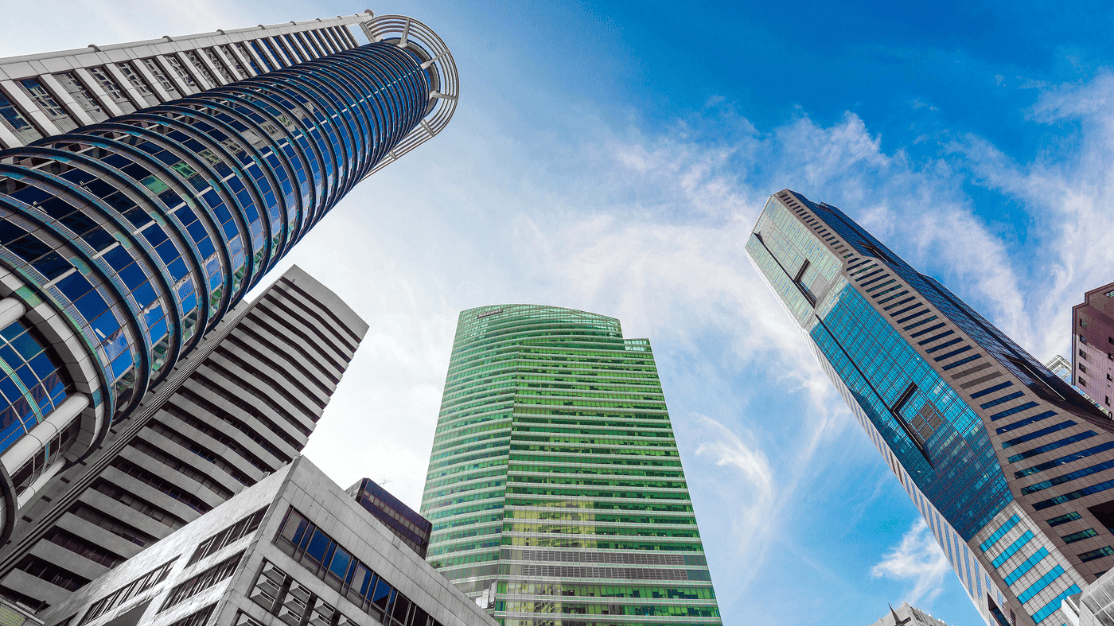
Decoding City of Yes: NYC Says Yes To Economic Opportunity
The second installment of Mayor Adam’s plan to update zoning, “City of Yes for Economic Opportunity,” is officially in motion as of March 6, 2024. Prepare for major changes, and read on for the breakdown.

Decoding “City of Yes”: NYC Is Positive About Carbon Neutrality
There’s no more need to talk about green infrastructure in the future tense — under the new plan for combating climate change in New York City, the future of sustainability starts now.
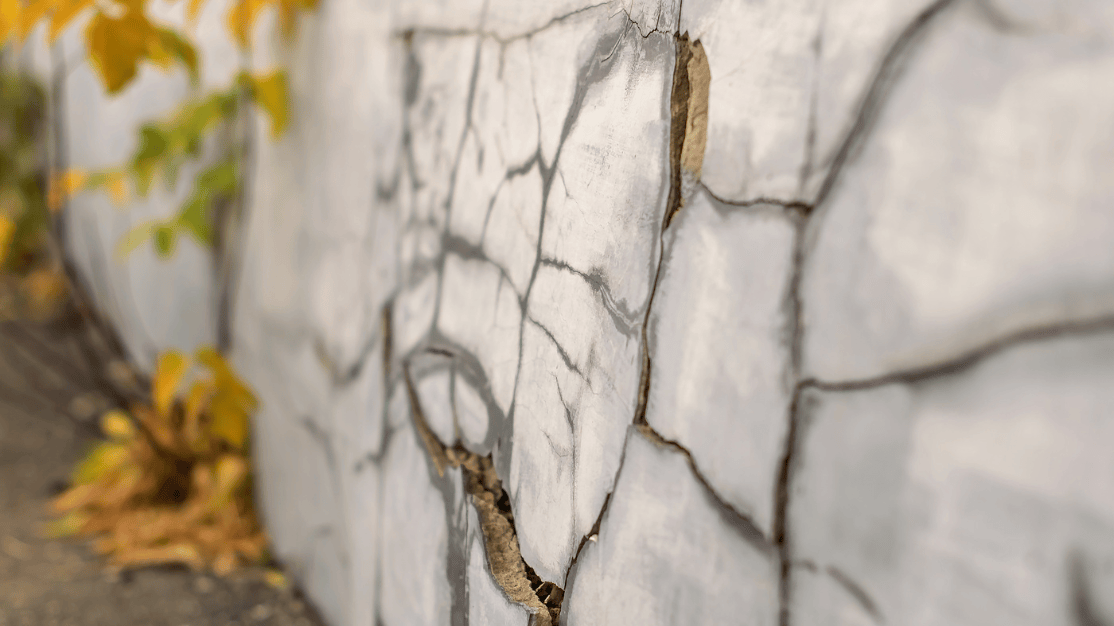
Shaking Things Up: How Well Can NYC Withstand Earthquakes?
On a list of cities most vulnerable to seismic activity, New York City ranks low. Though, if the recent 4.8-magnitude earthquake in New Jersey is any indication, this city has become too comfortable on stable ground.

Can I See Your ID?: New Login Requirements for DOB NOW
Beginning June 3, 2024, all DOB NOW users must also have an NYC.ID account. Read on for more details!

25 to Zero: DOB Increases Effort to Reach Net Zero Emissions by 2050
This March, the Department of Buildings (DOB) nearly doubled the amount of staff members dedicated to enforcing Local Law 97 (LL 97), a landmark carbon emissions law, increasing the number of personnel from 11 to 21. The change responds to recent criticism about the lack of resources dedicated to addressing climate change in New York City, and indicates a renewed effort to upholding the law as increasingly stricter emission benchmarks loom in 2025.

Bury Buildings, Not Birds: Flaco’s Death Revives Bird-Proofing Architecture
When Flaco the Eurasian eagle-owl escaped Central Park Zoo, he became a symbol of urban wildlife and a minor celebrity for New York City residents. More than a few miles away from his natural habitat, many feared the exotic owl wouldn’t be able to survive in the city for long. Sadly these fears were validated when, following a year of freedom, Flaco died after colliding with a skyscraper.

NYC Real Estate and Build Code Consulting Firms Unite to Support Art Programs at the Lavelle School for the Blind
Outsource Consultants, Inc., expediting, building code, and zoning experts in New York City for 30 years and counting, is proud to join Project Management Advisors (PMA), real estate advisors with projects across the nation, in an art supplies fundraiser for Lavelle School for the Blind. The event, titled Palette & Purpose, will run from April 2nd to May 16th. Outsource, PMA, and the Lavelle School would love your consideration to support the students by purchasing art supplies through the students’ Amazon wishlist. A huge source of inspiration for this event is the remembrance of Joshua Rubin from PMA, who cared deeply about the school and its students.

Fire Alarms, Monoxide Alarms, and Gas Detectors – Oh My!
The new natural gas detector requirement is nothing to fear. While it may seem like just another mandate on the laundry list of fire safety requirements, it’s also cheap, easy to install, and bound to save lives.
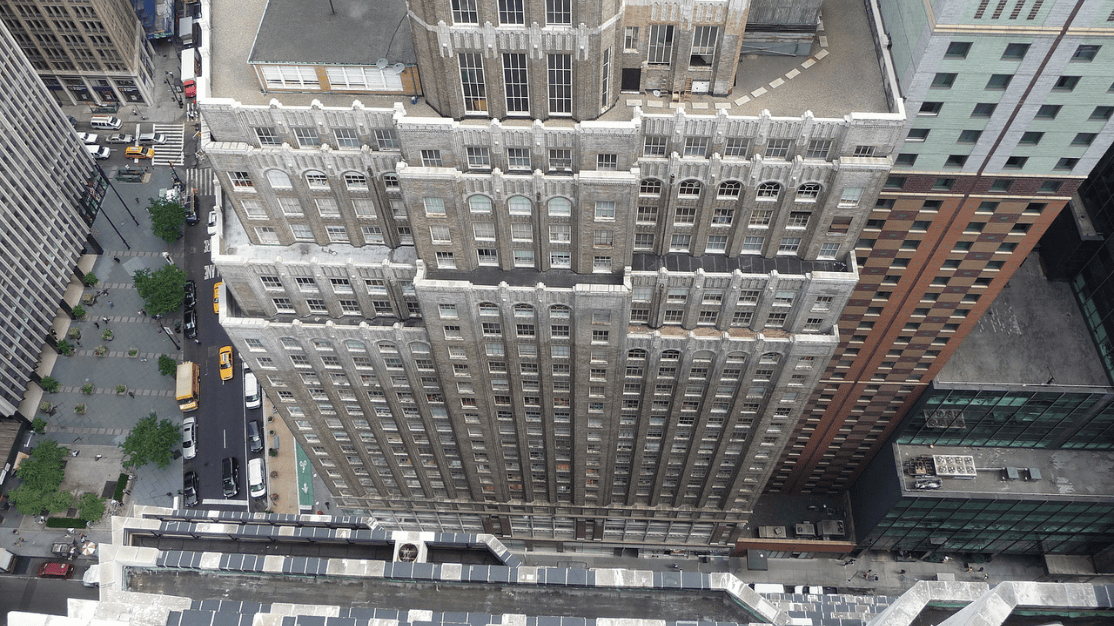
Shedding the Sheds: The Plan to Clear Sidewalk Construction
Almost 9,000 construction sheds decorate the streets of New York City, but this number might soon be drastically reduced.
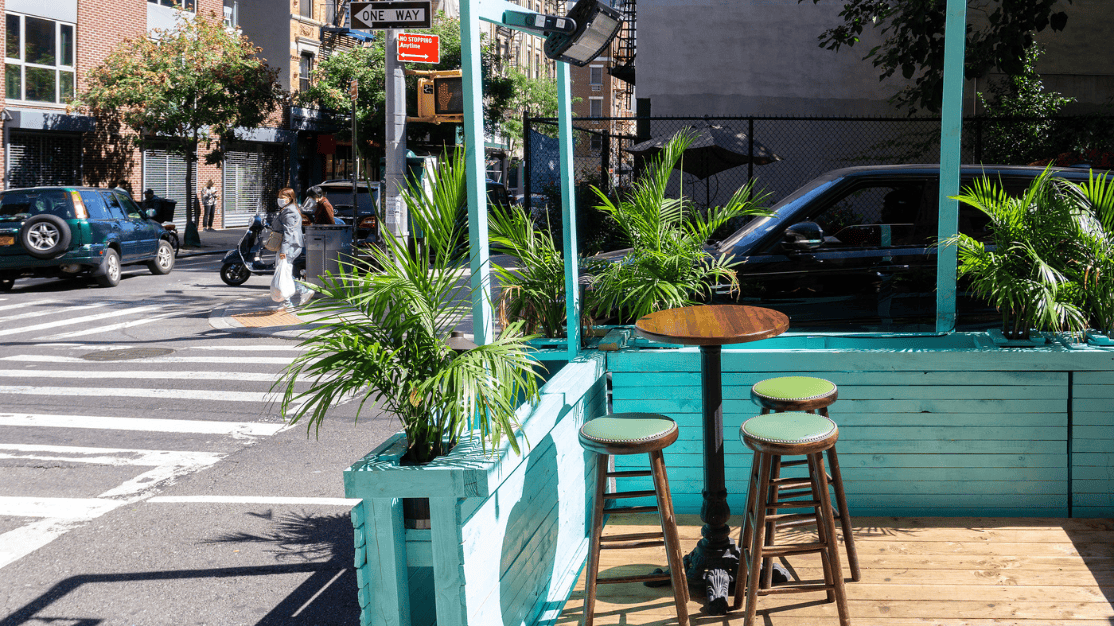
The Sunny Future of Outdoor Dining
Outdoor dining is here to stay, with some caveats.

Pushing For Parking Safety: New Inspection Requirements for Parking Structures
The Department of Buildings (DOB) will require new special inspection requirements for parking structures this year.
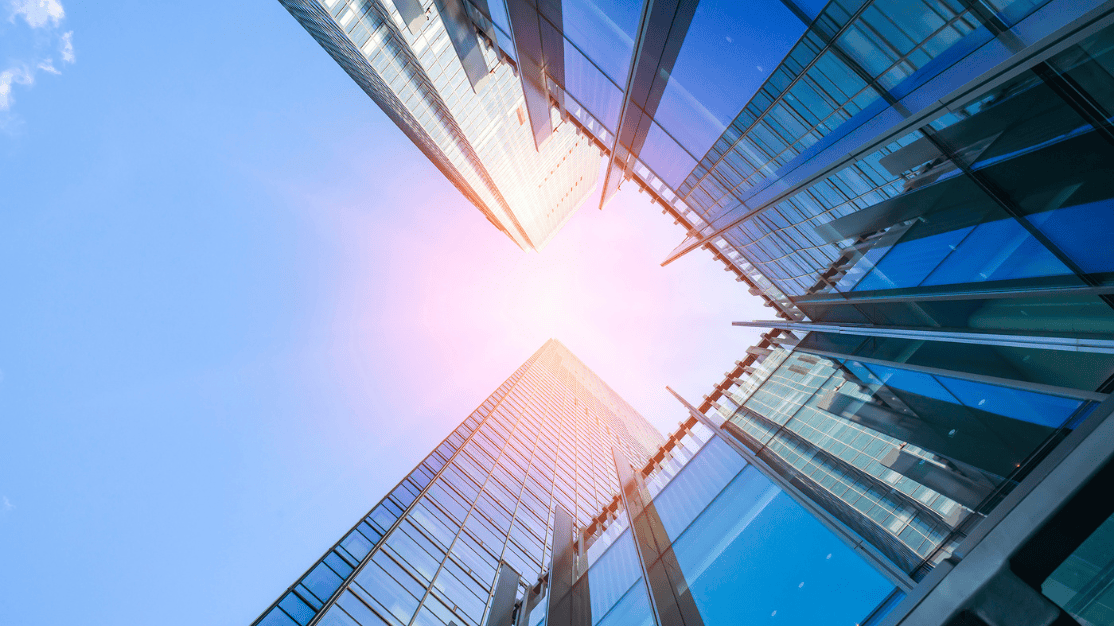
Building a Better Future: Outsource Joins the NY Build 2024 Expo
Outsource Consultants and Outsource Special Inspections (OSI) are excited to announce our participation in the New York Build 2024 Expo, scheduled to be held this February 13-14. We’ll be joining over 35,000 other attendees to celebrate the construction and design industry at the much-anticipated networking event.
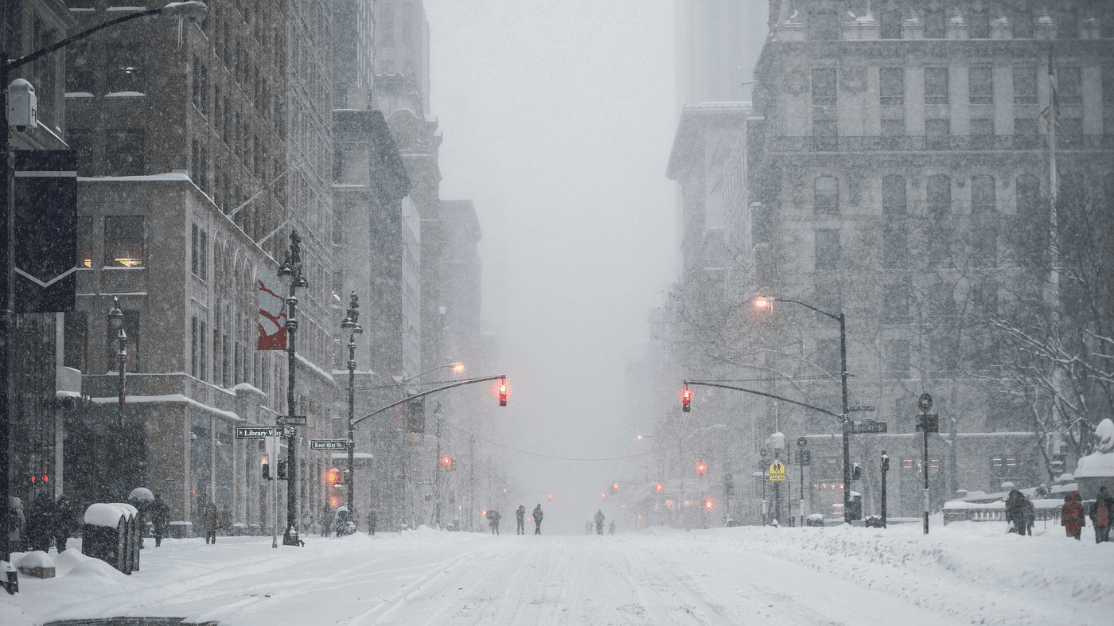
Handling The Heat: Introducing Gas Heat Limitations
On January 1st, New York City launched a major milestone for green energy.
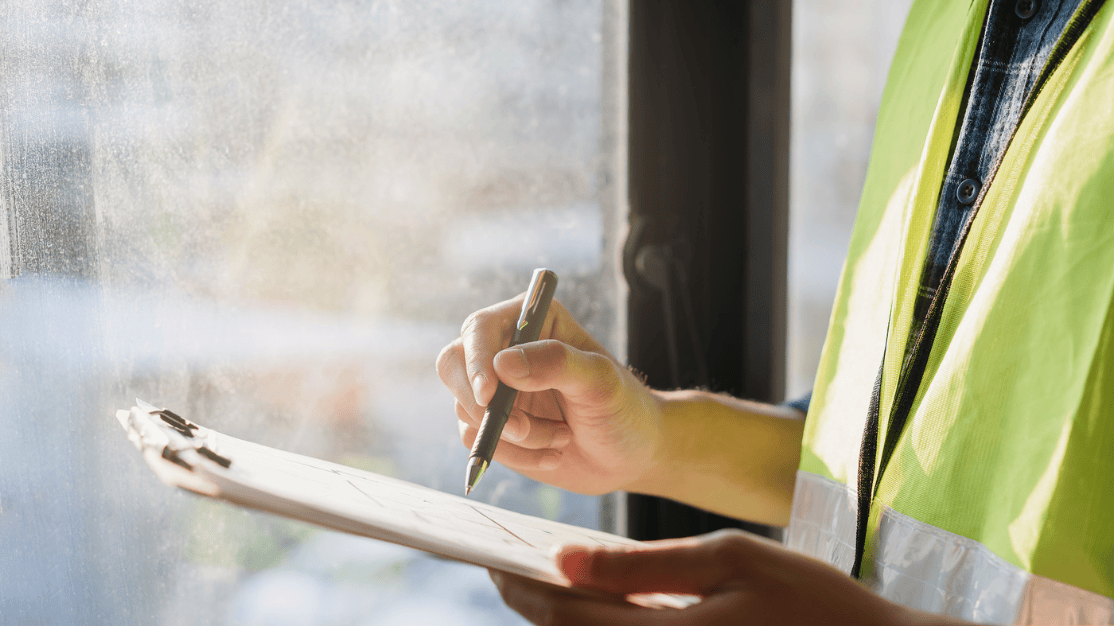
The Decoder Guide to 2022 Special Inspections
Another year of special inspections approaches! If you haven’t kept up with all the changes made within the past year, or if you’re looking for a memory refresh, this article is for you.
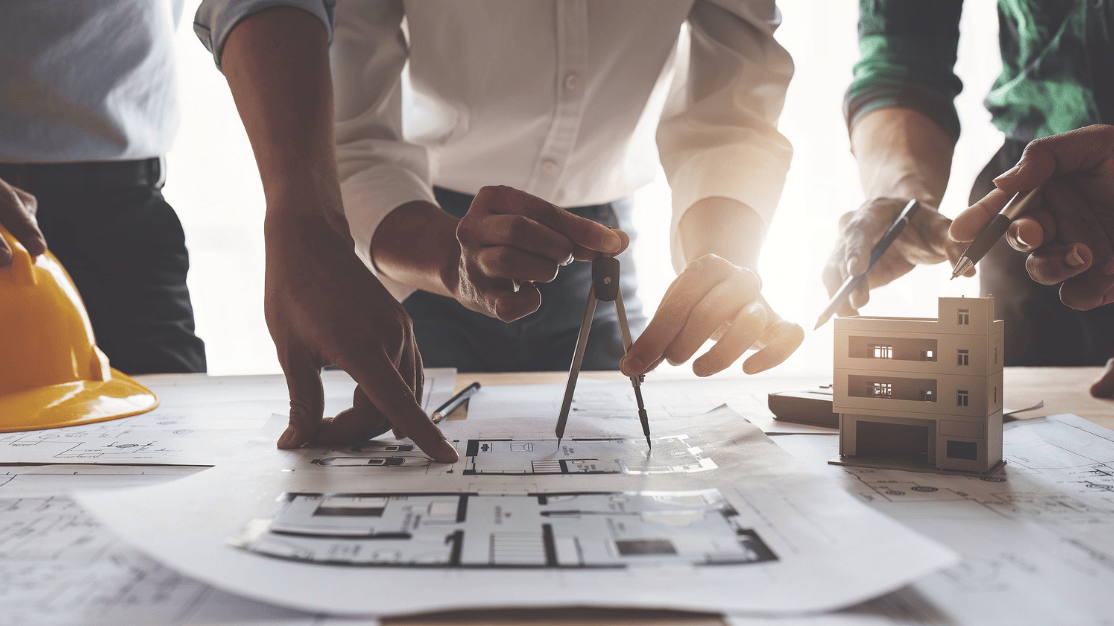
Conversion Conversations: Upcoming Zoning Laws Could Simplify Office-to-Residential Conversions
Post-pandemic, New York is not the same city it once was.
The introduction of hybrid and remote work options has rendered some offices obsolete, resulting in empty commercial buildings across NYC and other major cities. To remedy this issue, city officials have proposed plans under the “City of Yes” initiative to convert offices in Midtown South into residential buildings. In one fell swoop, these proposals could address the city’s housing crisis, help reduce carbon emissions, and fill empty offices — however, the process would be complicated by zoning and building code issues.

A Fee Feast: DOB Increases Certain Fees in Time for the Holidays
Did you receive a fee recently that was larger than expected? A new update to the 2022 Construction Code by the Department of Buildings (DOB) has introduced increased fees for certain reports and applications.

High Stakes: Will Zoning Changes Allow Casinos in NYC?
New York City may allow developers to build casinos in 2024—under certain conditions.
According to a November 27th press release, the City Planning Commission (CPC) has just begun the public review process for a zoning text amendment allowing gaming facilities in NYC. Facilities would have to be licensed by the New York State Gaming Commission, and could only be located in certain commercial or manufacturing districts. Furthermore, only up to three casinos could be approved for development. These restrictions indicate an effort to mitigate the potential backlash from local communities, which have significant power in the application process.

Construction Safety: New Initiatives to Prevent Fatal Overdoses in Construction
In response to the high rate of fatal overdoses in the construction industry, New York City health and building departments will be conducting educational outreach at construction sites, per a recent press release.
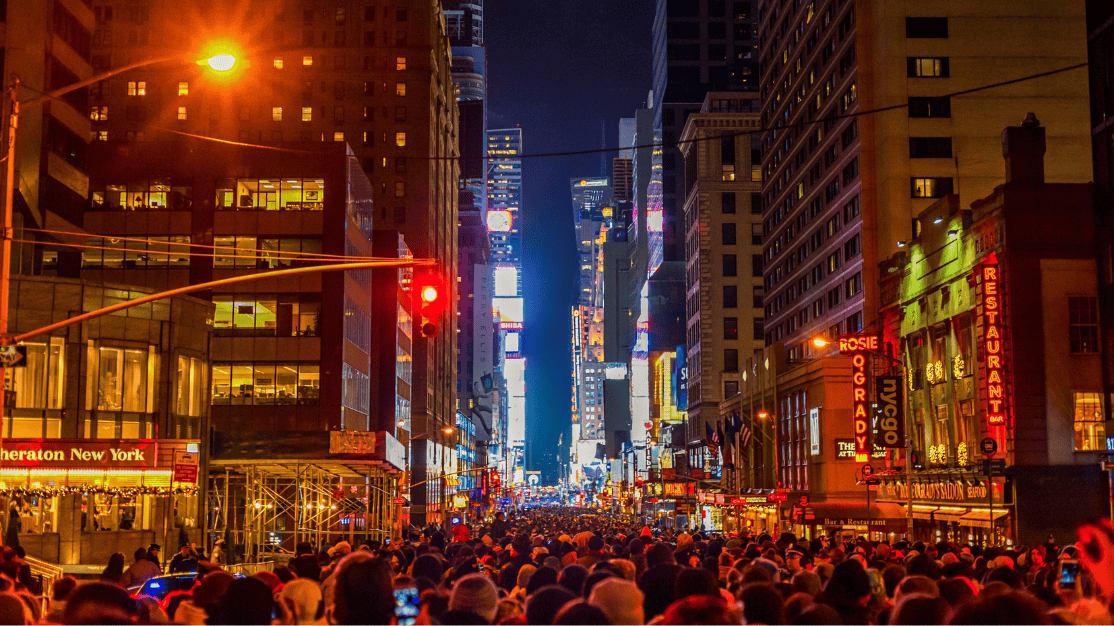
Holiday Cheer and Construction Fear
Millions of New Yorkers and television-watchers anticipate NYC’s annual Thanksgiving parade, but festivities around the holidays can pose a nuisance for construction. If your construction project requires a permit approval from the Department of Transportation (DOT) for interfering with public transportation, it may be affected.
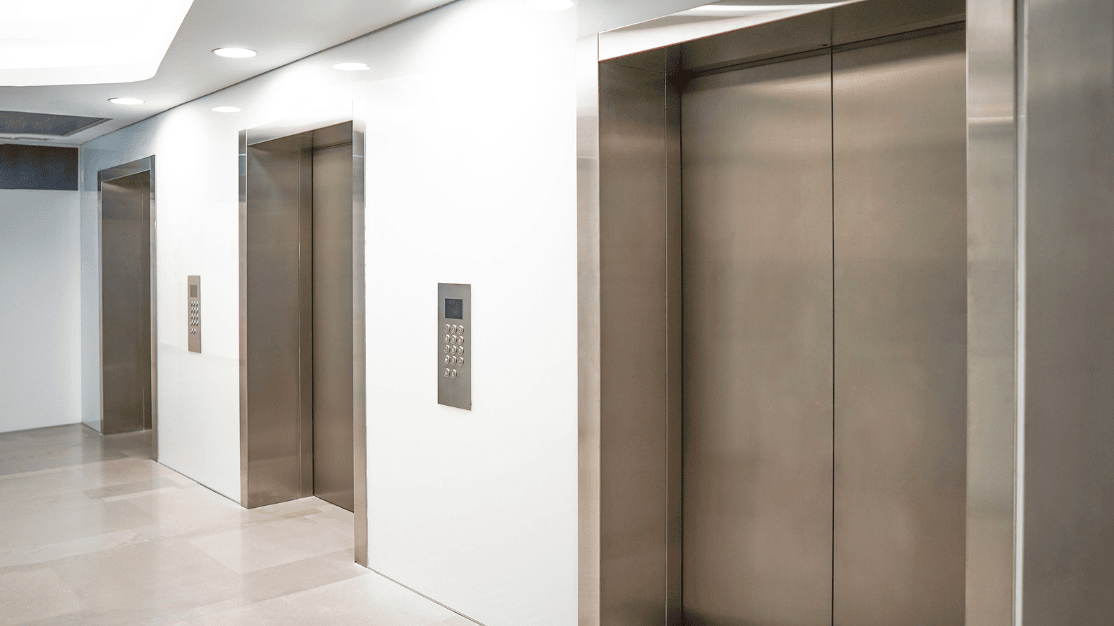
Elevate Your Elevators: How to Keep Your Elevator Inspections Up-To-Date
If you received an elevator inspection violation from the Department of Buildings (DOB) this October, it could be because you forgot to report a corrected defect in the past 5 years of inspections.
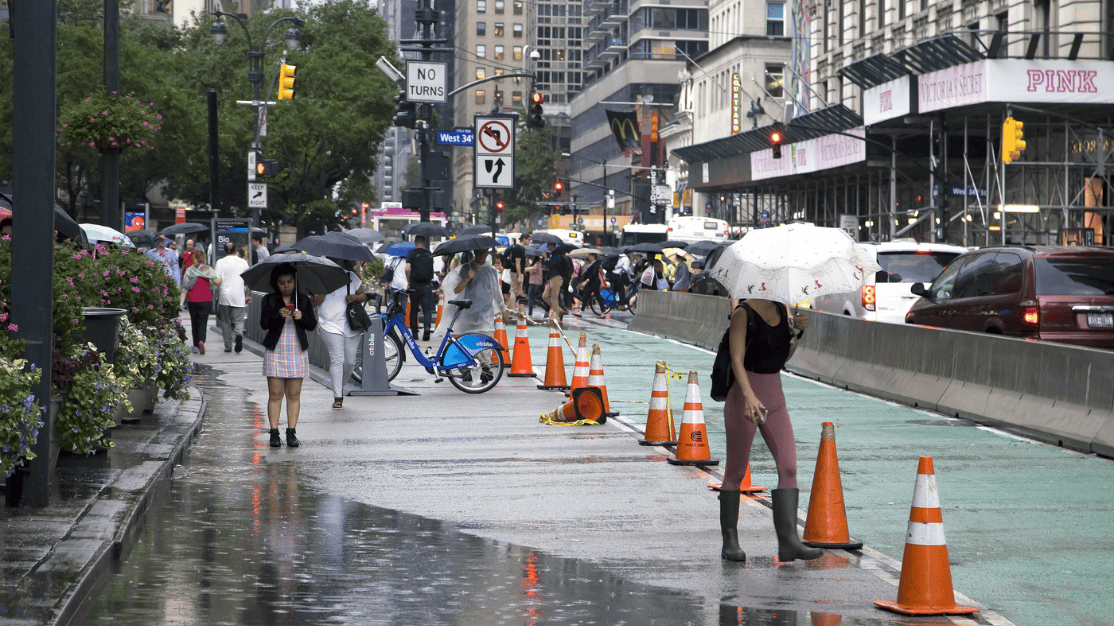
NYC’s Infrastructure Fails to Prevent Flooding — How Can It Improve?
On September 29th, Tropical Storm Ophelia brought New York City to its knees and left its inhabitants knee-deep in floodwater. What began as a “rainy week” quickly escalated into a State of Emergency that demonstrated, for a second time since Hurricane Ida in 2021, the ineffectiveness of NYC infrastructure in combating extreme weather events. Floodwater burst through the caulk of subway tiles, sewer drains clogged with swirling trash, and buses became boats. By the end of the day, the city had received as much rainfall as it usually would in two to three months, according to MTA Chair and CEO Janno Lieber. Flooding due to extreme rainfall could be written off as uncommon, but events such as these will likely only increase in frequency as climate change effects escalate. If the September flooding taught us anything, it’s that this lesson will not be the last of its kind.

Acting in Good Faith: The Proposed Guidelines for Decreasing Carbon Emissions
In 2019, Local Law 97 initiated a series of deadlines to reduce the greenhouse gas emissions produced by NYC buildings to net zero by 2050. As the first major benchmark looms this upcoming January, Mayor Eric Adams has recently proposed a comprehensive guideline for implementing the law. This guideline, titled, “Getting 97 Done,” introduced a two-year extension for building owners who fail to comply with the energy cap by Jan. 1, 2024. As long as building owners can prove a “good faith effort,” namely by demonstrating progress on decarbonization and sharing a plan of future compliance, the Department of Buildings (DOB) will be willing to waive penalties for building owners. “Getting 97 Done” also establishes a chance to earn credit for early electrification work in a building, which owners can apply towards their compliance efforts.
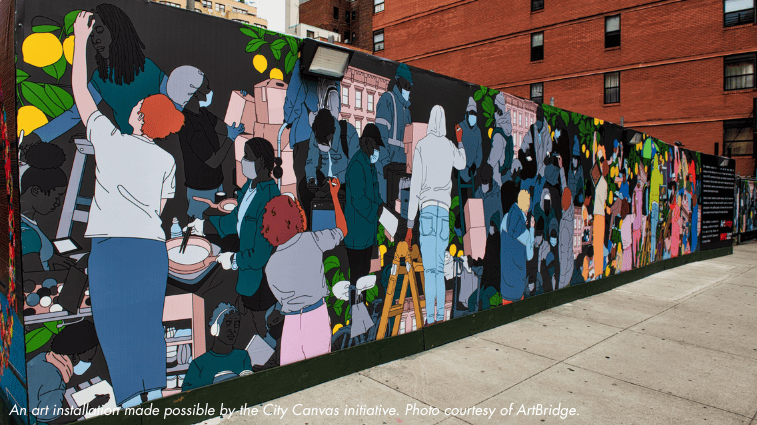
Scaffolding As Art: How Local Law 163 Will Beautify Construction Sites
New York City is eternally under construction. This is a fact of city life that both benefits and burdens its residents. As buildings rise to greater heights, scaffolding, construction fences, and sidewalk sheds litter the streets below. The ugliness of construction is something that many urban residents have come to accept, but in the past few years, the City Canvas initiative has been working to create beauty in these unexpected places.
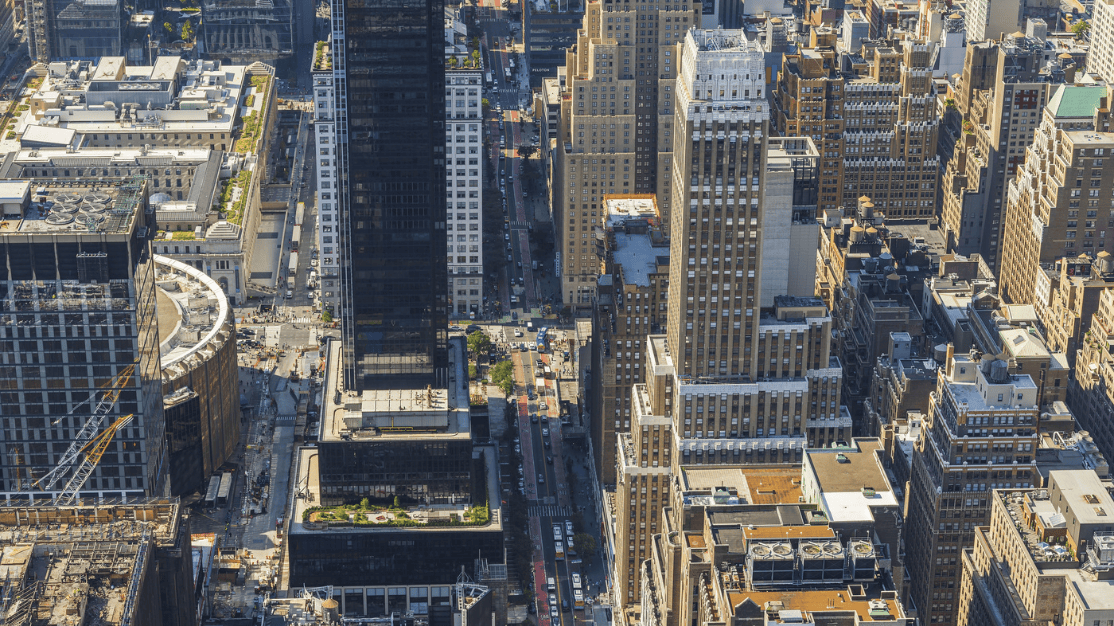
Safety First: Local Law 126 Introduces Parapet Inspection Requirements
While most of the discussion surrounding Local Law 126 of 2021 has been regarding the new parking garage inspection requirements, the law also contains a new requirement for annual parapet inspections that’s worth taking note of.
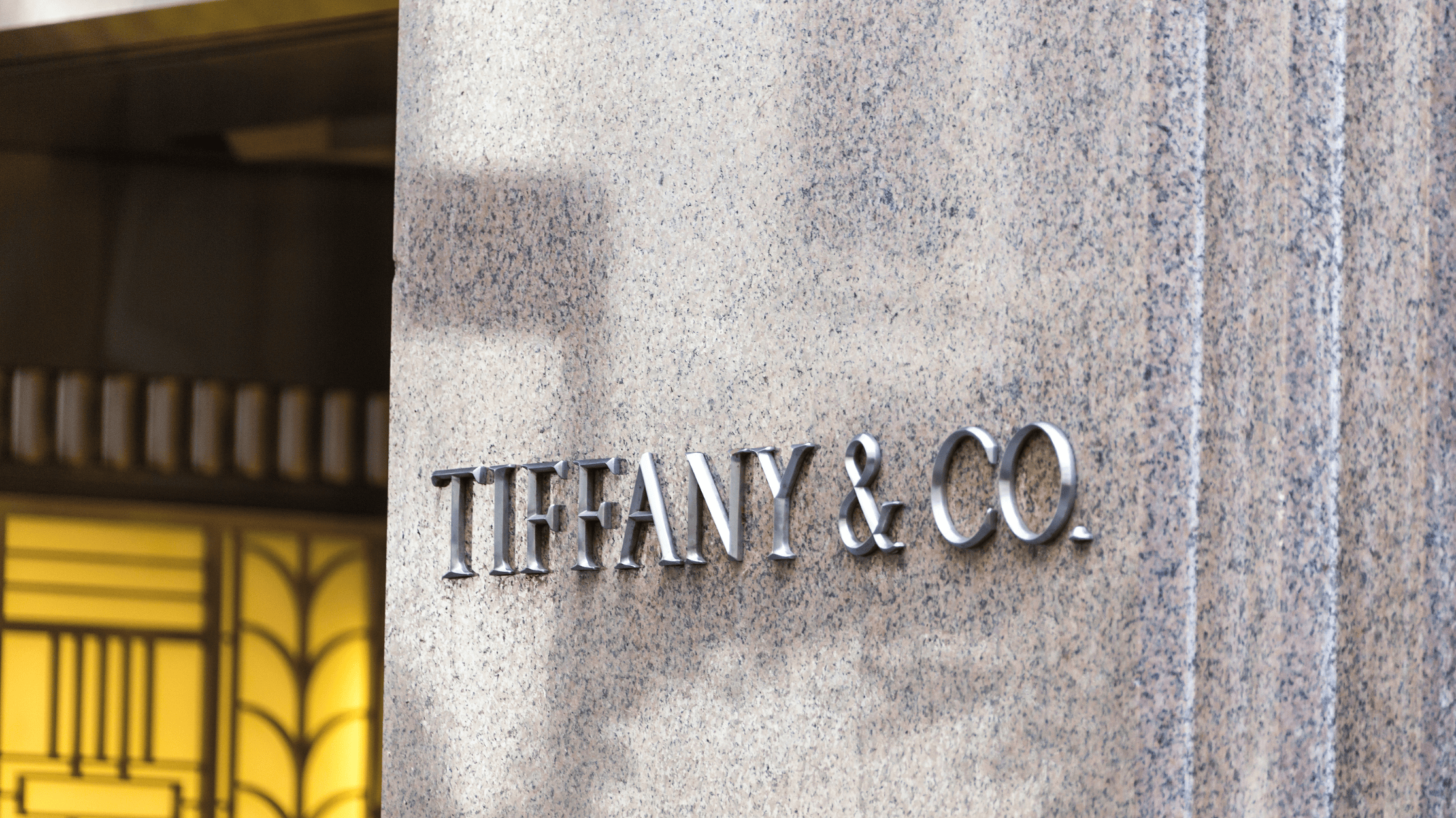
Tiffany’s Newest Diamond: Inside Tiffany and Co’s Flagship Redesign
In April of 2023, Tiffany & Co reopened the doors of its 5th Ave flagship store with a renewed vision for the brand's future. Since its star-studded launch party, the store has received widespread coverage for its innovative and extensive redesign. This transformation was the first of its kind since the building’s construction in 1940, and its new interiors pay tribute to Tiffany’s iconic history whilst re-imagining modern luxury.

Outsource Consultants, Inc. partners with Non-Profit One Tree Planted
Helping Drive Sustainability by Planting Trees When the First Permit is Achieved for Every Project

Innovative Horizons: Exploring Discovery's World HQ in New York City
It’s been five years since Discovery, Inc., one of the world’s largest providers of informative entertainment, announced its plans to relocate its New York offices to 230 Park Avenue South. Today, that plan has finally come to fruition, with some of New York’s top design, consulting, and construction firms proud to have played a part.
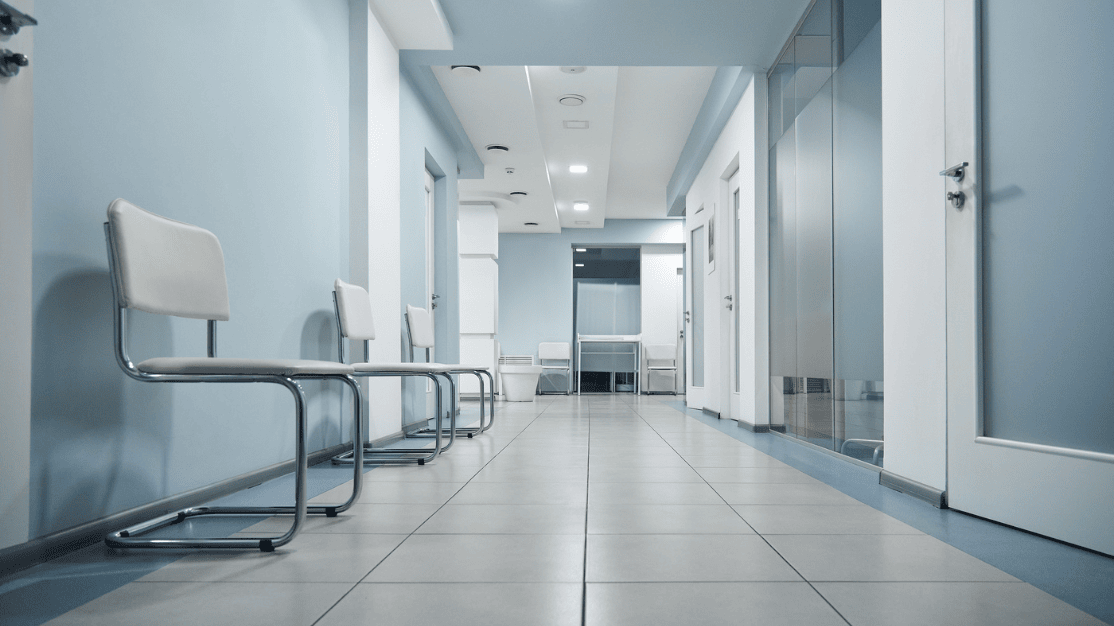
Caring for Healthcare: How the 2022 Code Updates Could Impact Healthcare Facilities
The 2022 NYC Building Code went into effect on November 7, 2022. While we’ve covered a number of general updates the new code will bring, it’s worth a moment to focus on healthcare facilities in particular.
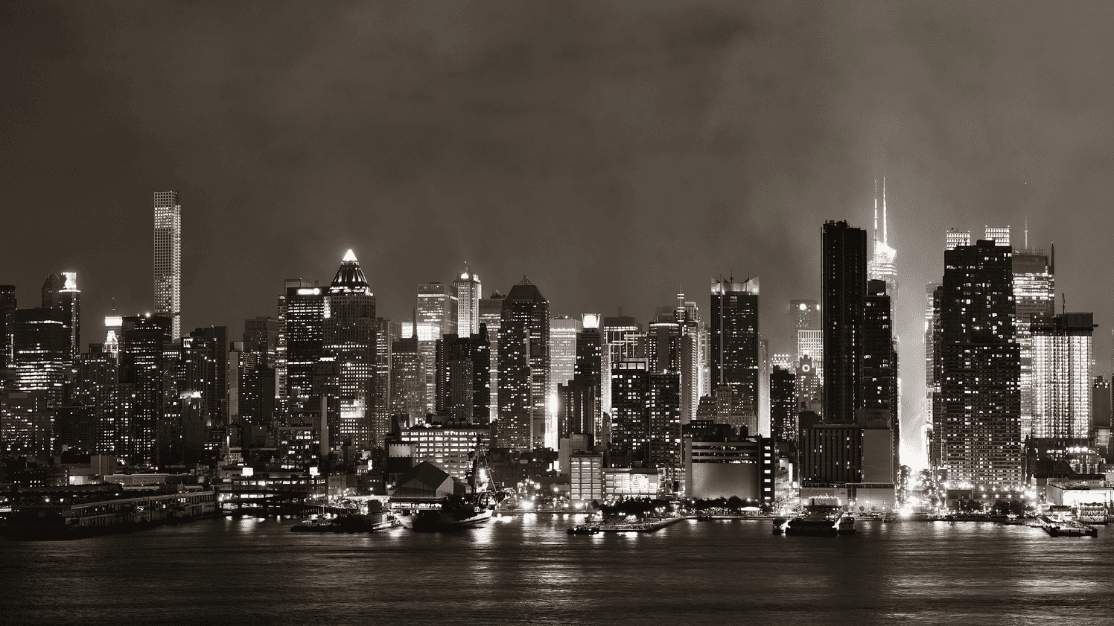
Air Quality Alert: Environmental Protection Agency Says NYC To Upgrade to “Severe” Smog Status
Permitting rules may become stricter for certain projects in New York City in the near future, due to a proposed air quality reclassification by the U.S. Environmental Protection Agency.
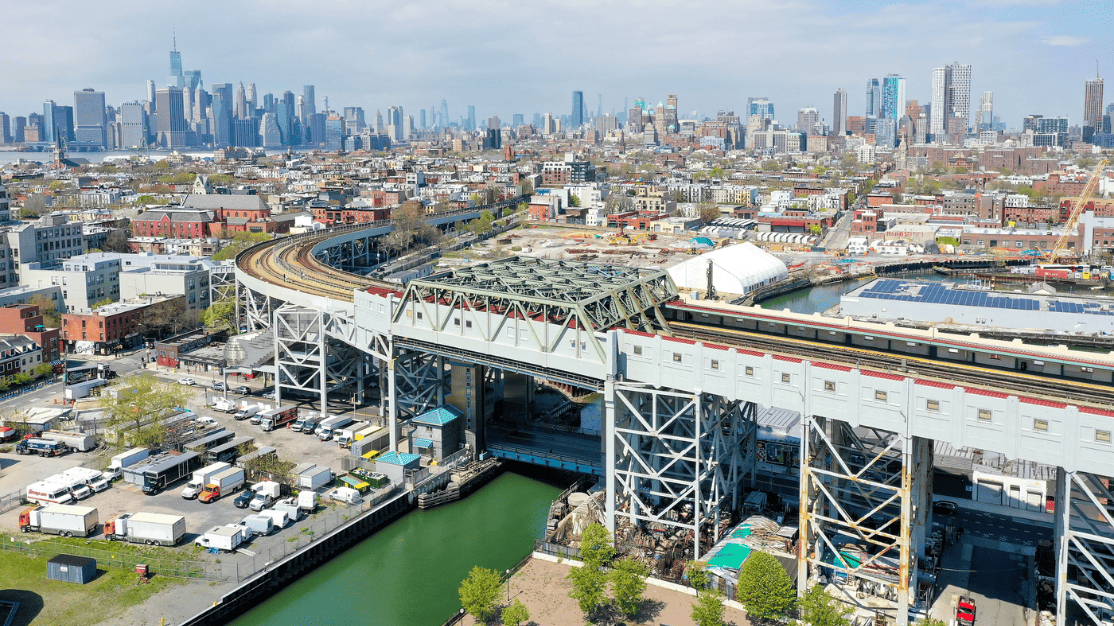
What’s Going on in Gowanus?: The New Special Gowanus Mixed Use District
How your Brooklyn filings will be affected and how you can take advantage.

City of Yes: New NYC Zoning Amendments for Growth and Sustainability
On June 1, 2022, three citywide zoning amendments were announced that could remove limitations and encourage new building and alteration uses in neighborhoods which previously would have banned them.

Aw, Rats! New Bill Could Make Pest Control a Permit Requirement
Find out what types of projects could be affected.
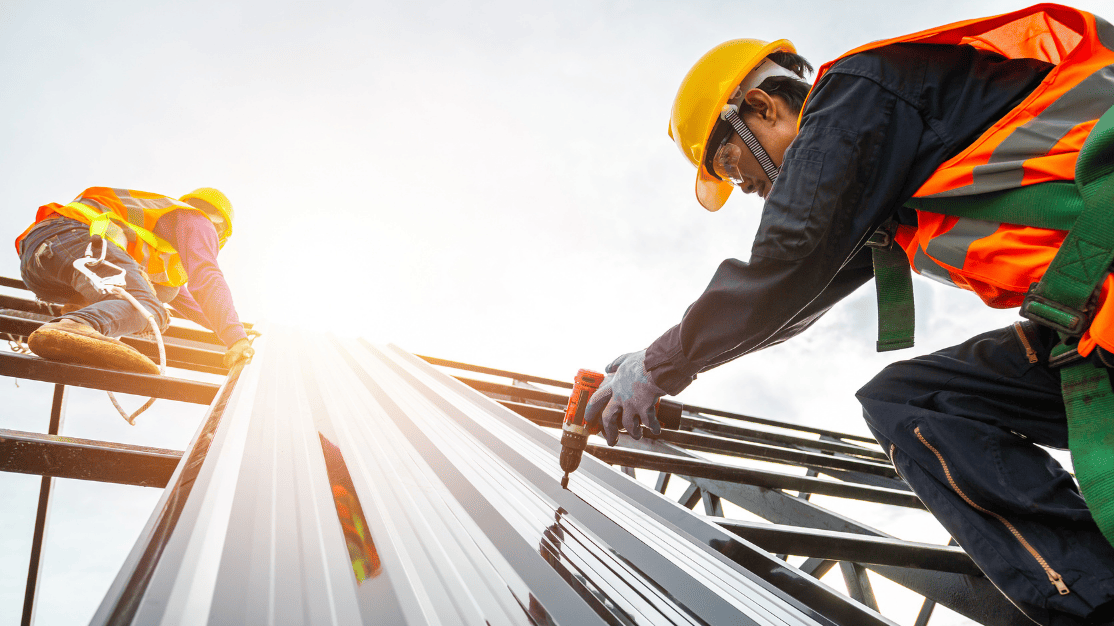
Status Update: 2021 NYC Construction Safety Report Tracks Site Safety Progress
In March 2022, the NYC DOB released their second-annual Construction Safety Report, compiling site safety data from 2021 and comparing it against 2020 statistics.

Can You Dig It? NYC DEP Permit Required for All Work Disturbing 20,000 Square Feet of Soil
In the interest of stormwater protection, certain construction projects will now have some extra paperwork to do.
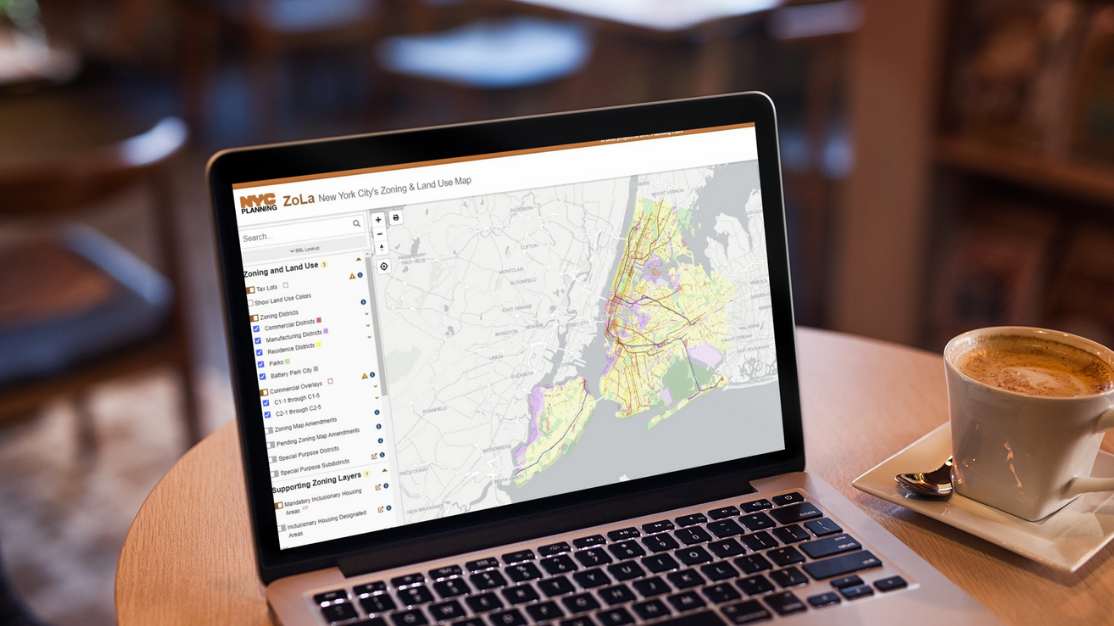
A Faster Approach: DOB NOW No Longer Requires HPD Permit for Buildings Flagged Outside of MIH Zone
Learn about the new process for getting your MIH-flagged project approved.
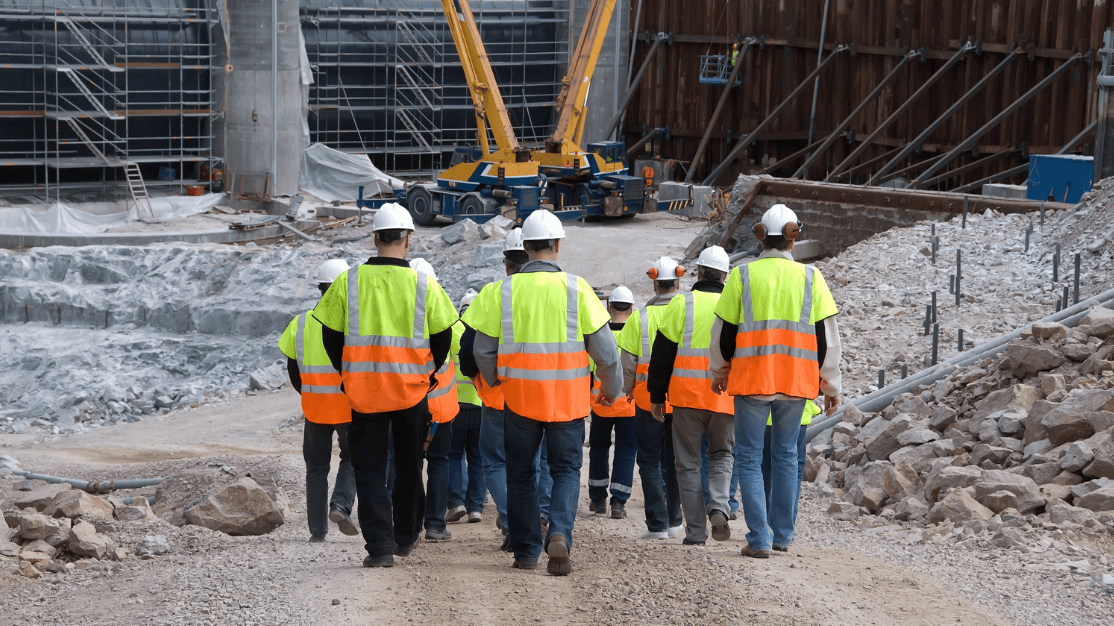
Legally Binding: New Project Labor Agreement Requirement for Large-Scale Federal Construction
Under Executive Order from February 4, 2022, Project Labor Agreements (PLAs) will be required for any federal government construction project of approx. $35 million or more, starting immediately.
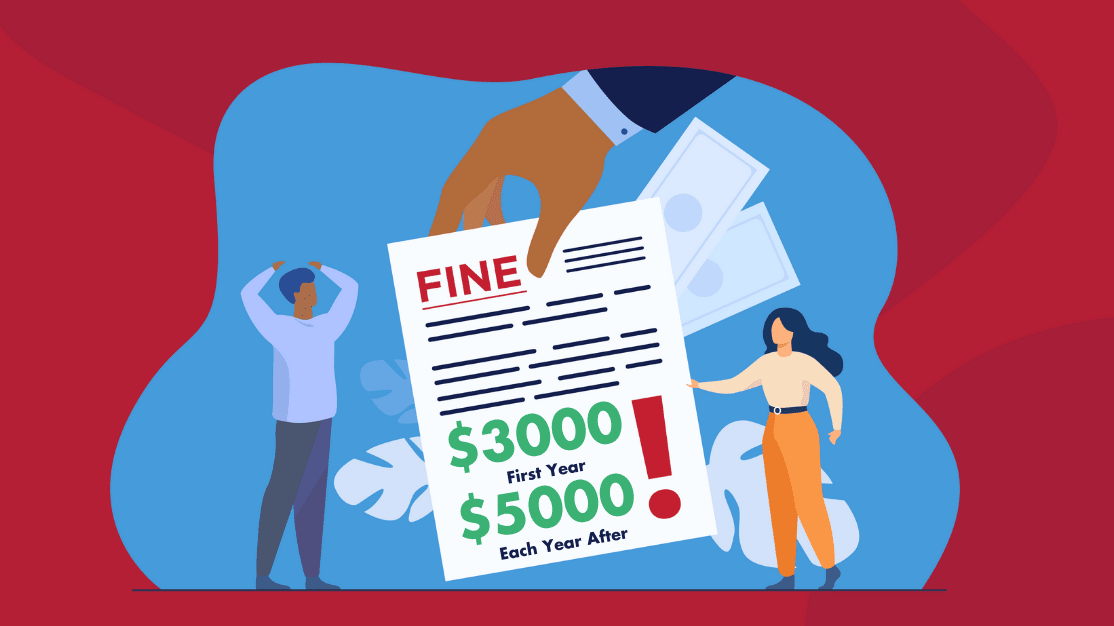
More Hurdles for Building Owners: DOB Denying Energy Efficiency Reports Due to Outstanding Violations
As of December 31, 2021, the NYC Department of Buildings no longer accepts Energy Efficiency Reports (EER) from owners who owe penalties for prior violations.
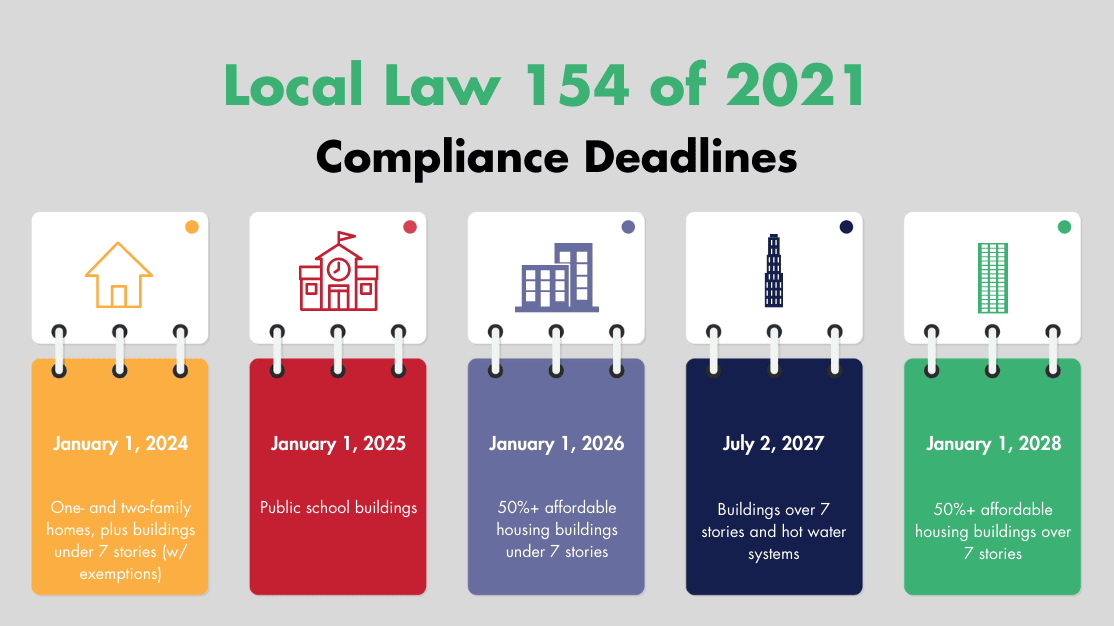
Heating Up: Local Law 154 of 2021 Brings Phased-In Gas Heat Restrictions
New buildings will need alternative heating by as early as 2024. Learn more about the new law.
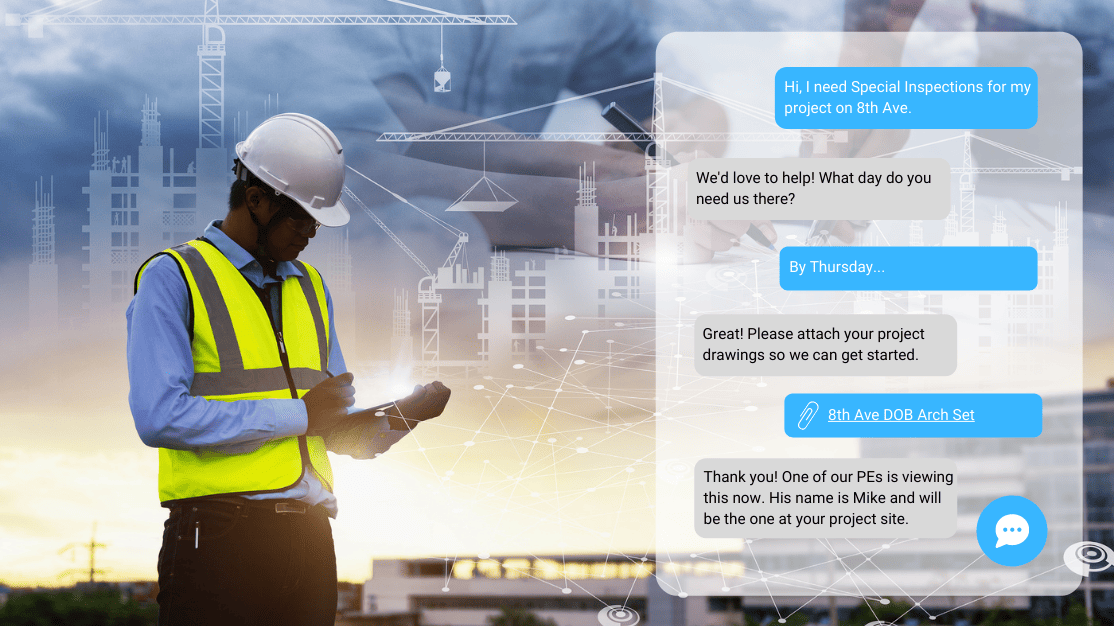
New NYC Special Inspections Site Launched, with Better Options to Get Special Inspections
New York, NY – Since 2012, Outsource Special Inspections (OSI) has been a trusted source for special inspections in New York City. Led by a senior team of knowledgeable, highly qualified professional engineers, OSI performs NYC Department of Buildings-certified inspections across New York City every day, covering over 600 clients.
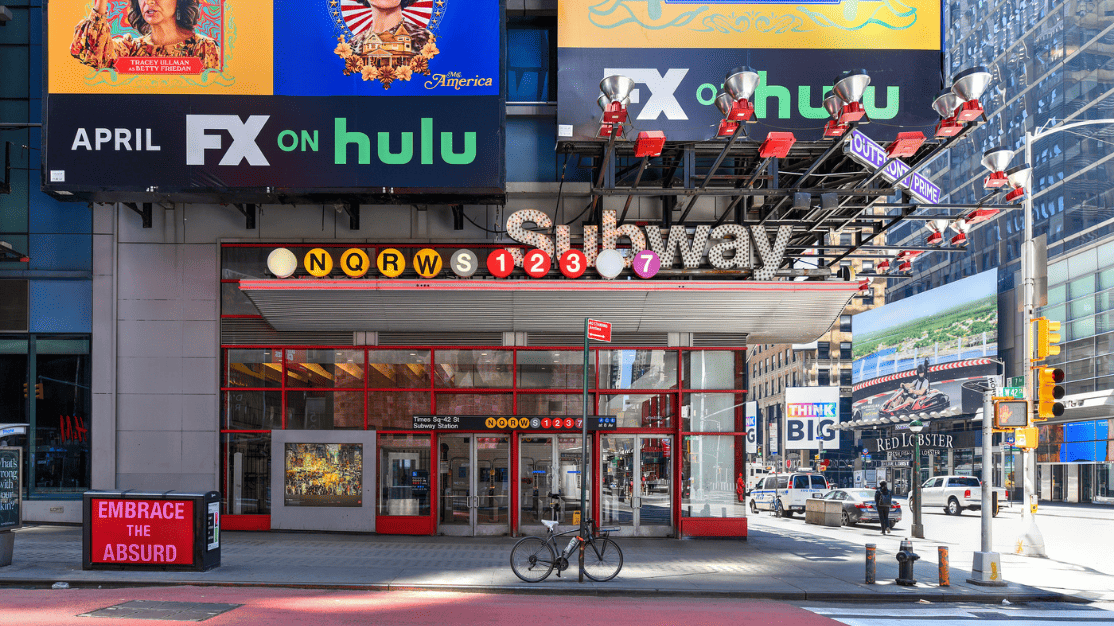
One More Step: Transit-Adjacent Sites within 50 Feet Must Get MTA Approval
How the new Zoning for Accessibility initiative may affect design professionals.

A Look Back: The Top 5 Decoder Articles of 2021
Check out Decoder’s highlights from the past year.
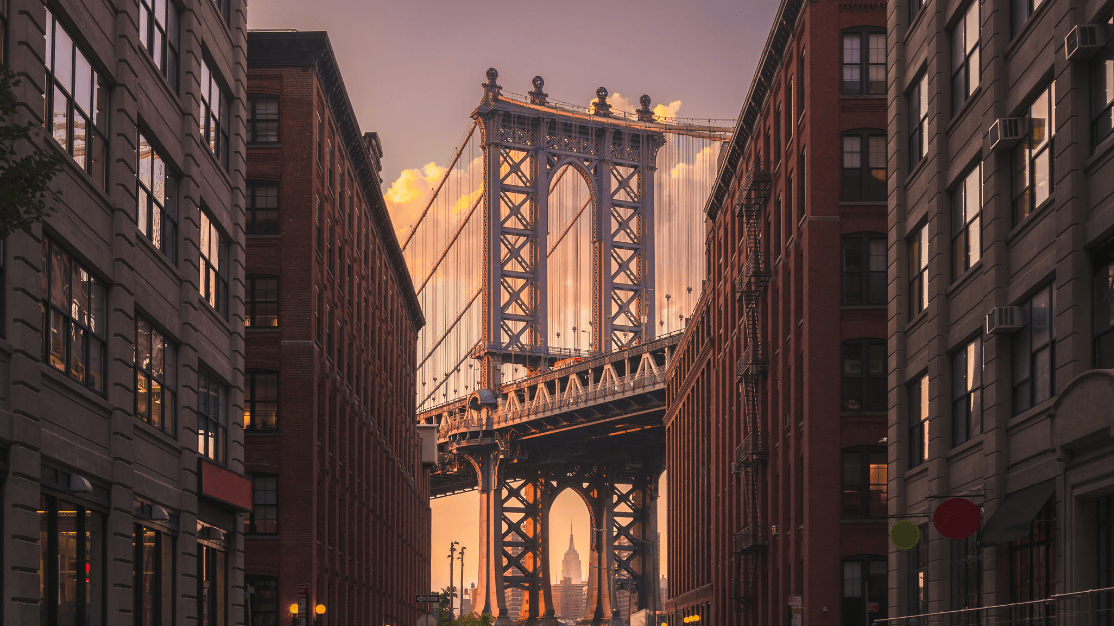
Bridges & Tunnels: Infrastructure’s Impact on NYC Construction
Why construction professionals should care about the Bipartisan Infrastructure Bill, and what to do about it.
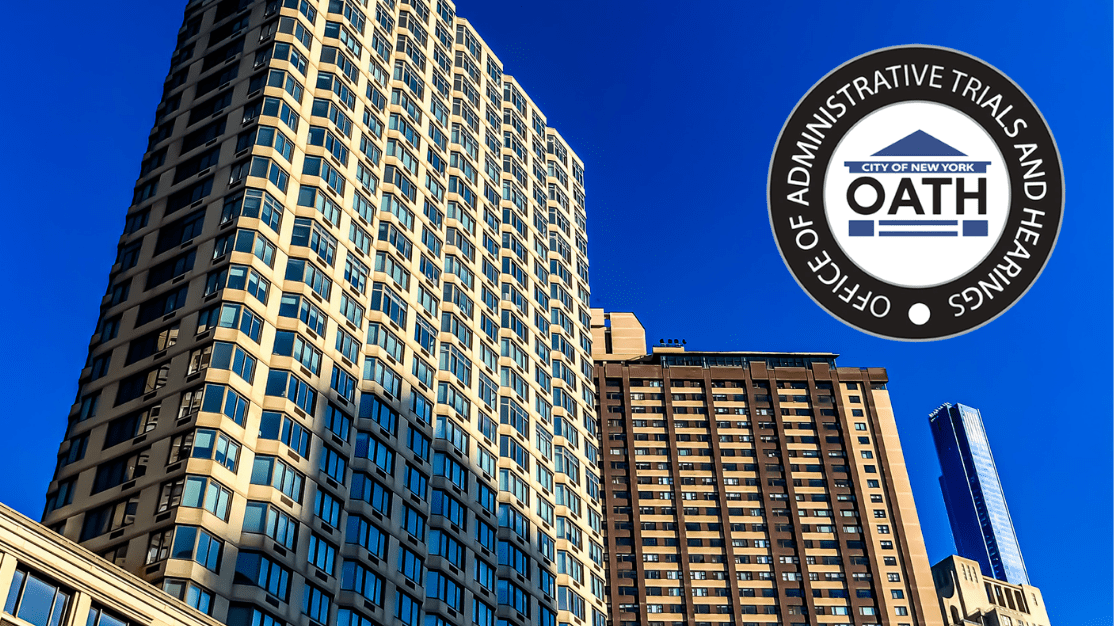
Make an OATH: Updates on Violation Hearings and Defaults
All about the new default cancellation request deadline and attending hearings during COVID.
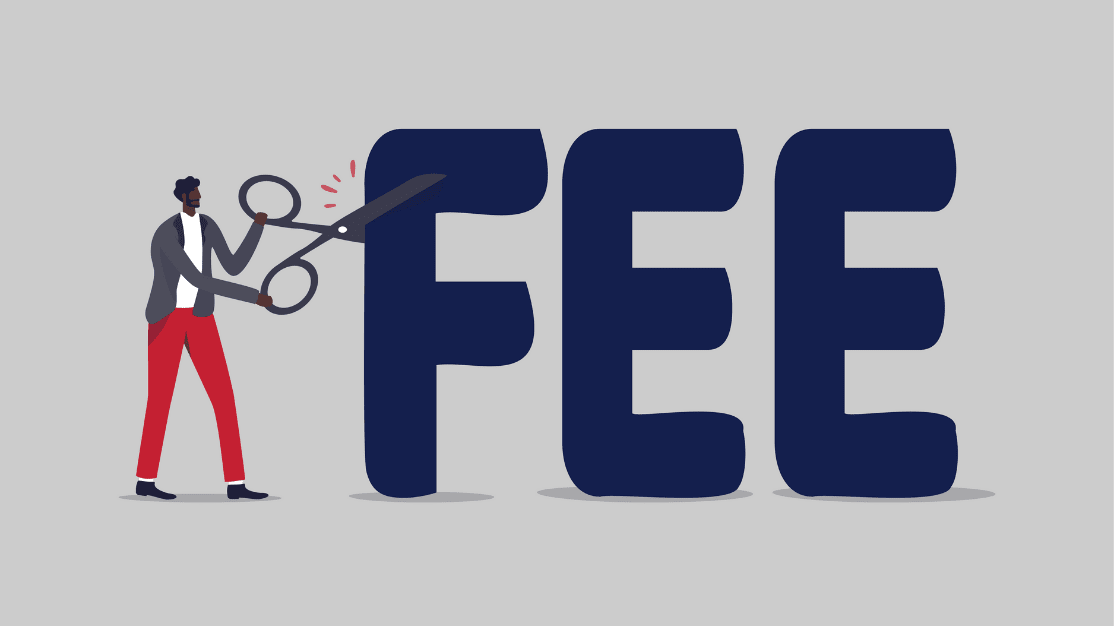
A Brief Reprieve: Fee Waivers for Emergency Flood Damage Work
As of September 14, 2021, the NYC Department of Buildings will not require fees for filing and permits for Hurricane Ida-related damage.

In and Out: Guidelines for Hybrid Office Design
In 2020, we talked quite a bit about what the future of work would look like.
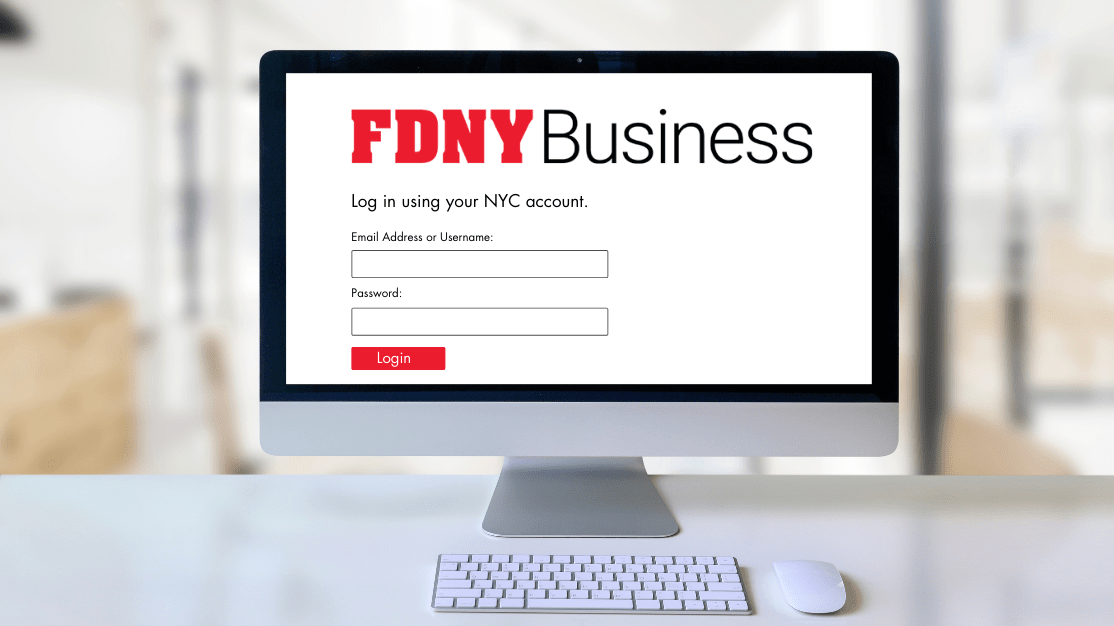
Don’t Be Alarmed: FDNY Services Go Fully Digital
Be advised: As of September 7, 2021, all FDNY services must now be filed exclusively online.

Rain, Rain, Go Away: Flood-Resilient Construction Post-Hurricane Ida
New York City has been called the concrete jungle, but never before has the name been more apt, or more dangerous.
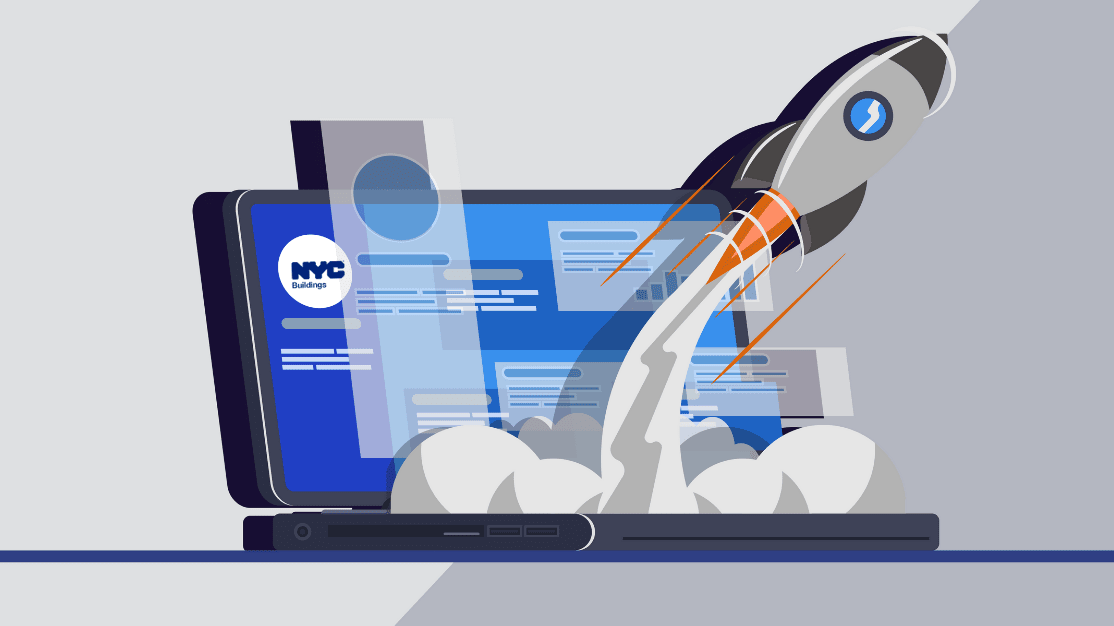
Overall Overhaul: DOB Website Updates You May Have Missed
From redesigns to online license applications, here’s the latest on the NYC Buildings website.
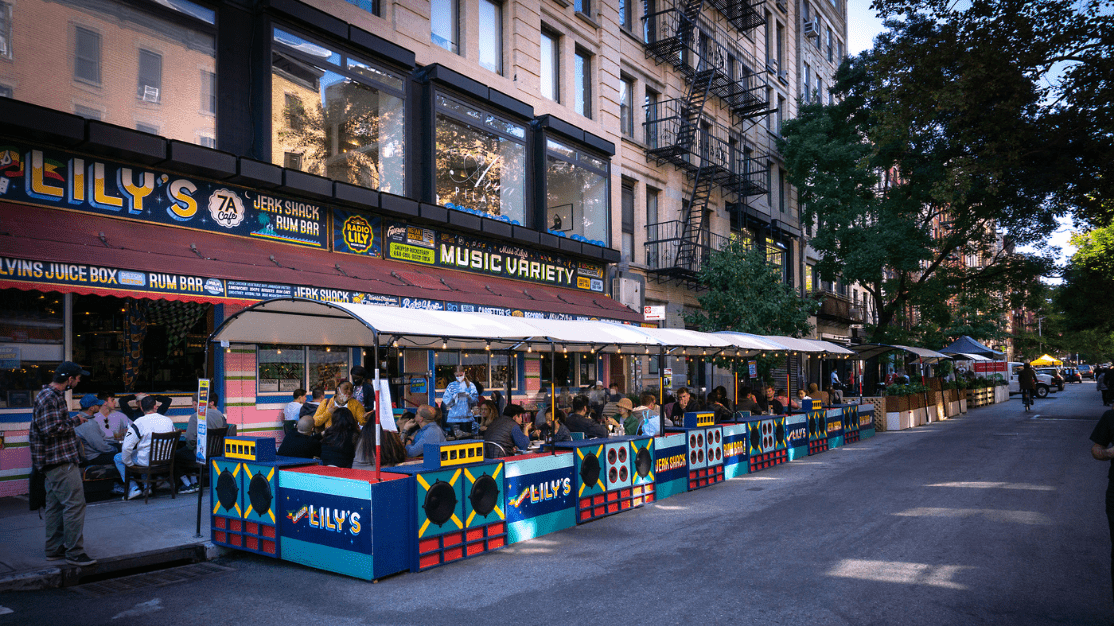
Dancing in the Street: What a Permanent Open Streets Program Might Mean for NYC Construction
In May 2021, the Open Streets program, which converted 83 miles of NYC roadways into pedestrian walkways to better accommodate pandemic outdoor dining, was made permanent for neighborhoods that chose to keep it.
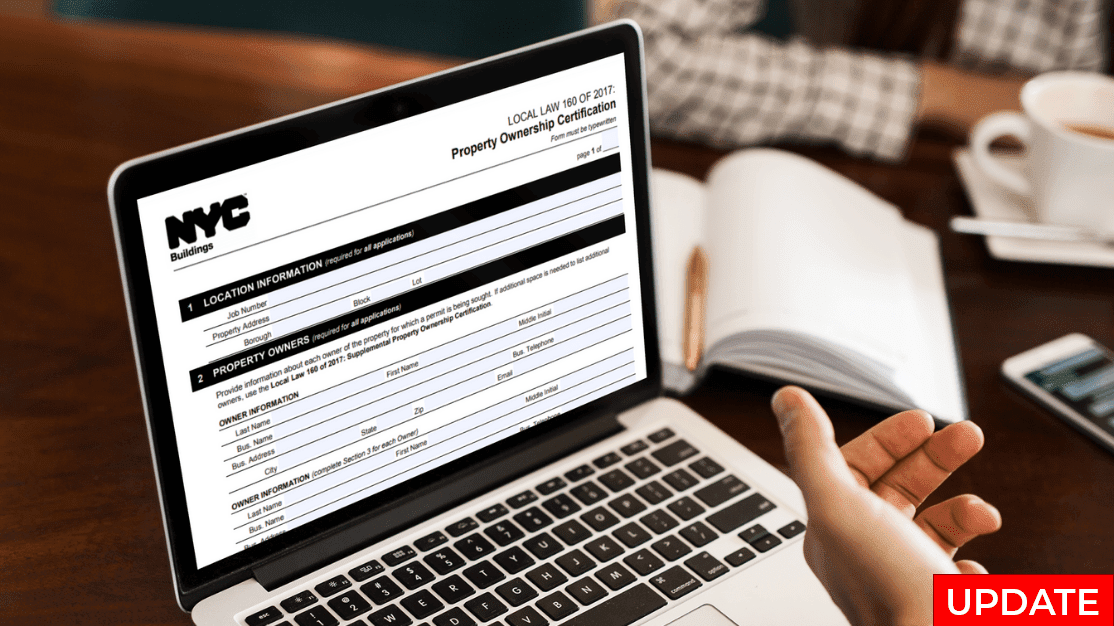
Taking Ownership: Updates on the Property Ownership Certification Form
What to watch out for when enforcement begins August 16, 2021.
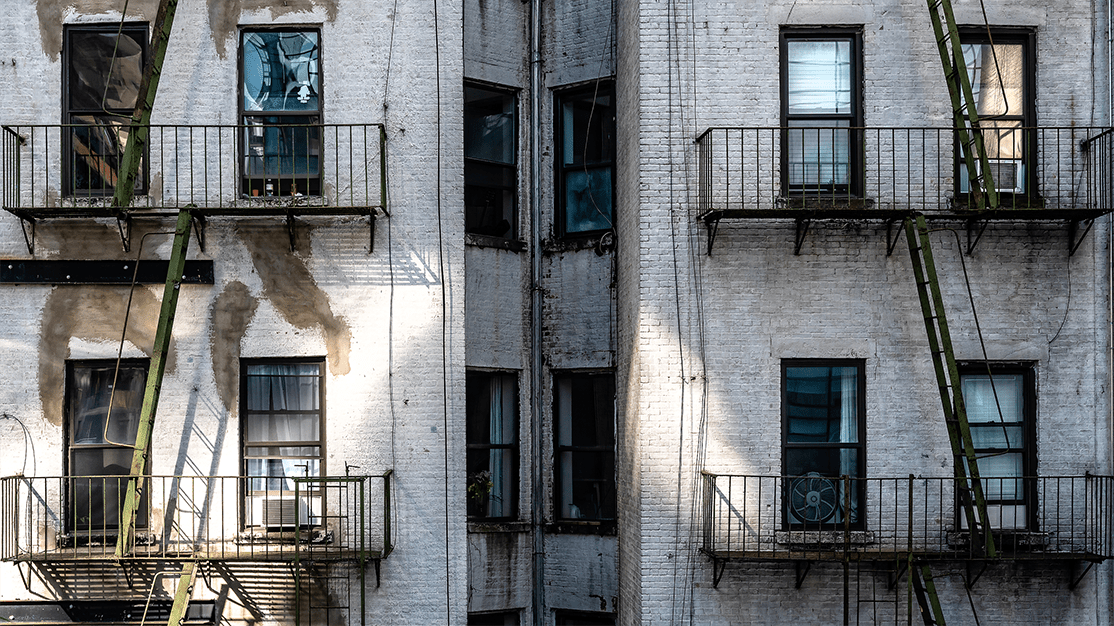
File and Waive: DOB Launches New Portal for Façade Penalties
As of July 12, 2021, civil penalty payments and waive requests must go through DOB: NOW.
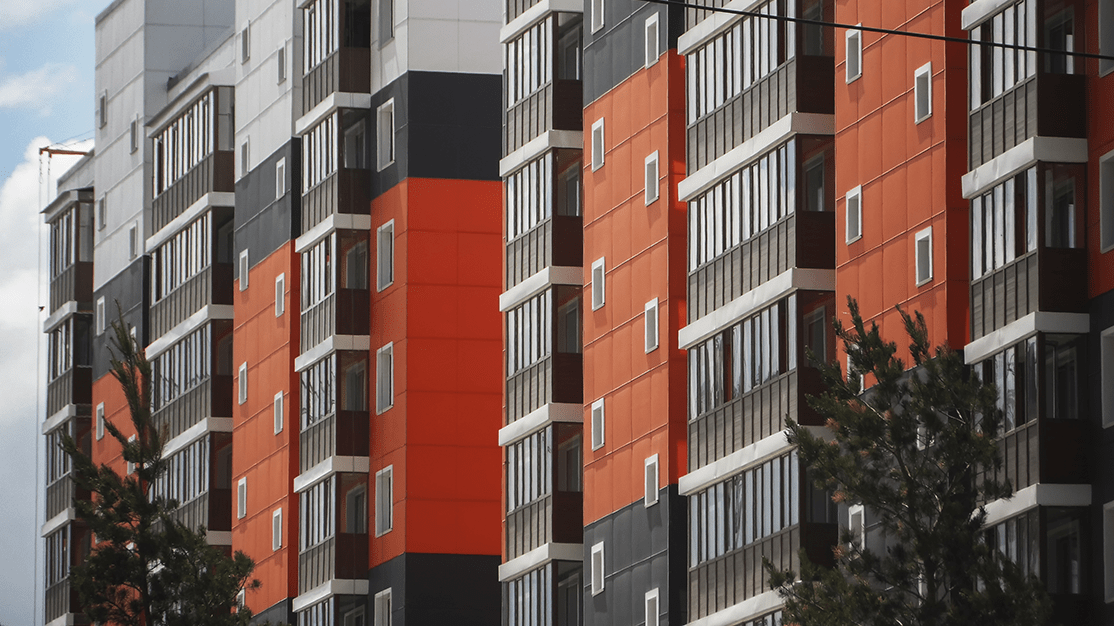
Cash In on Carbon: State Announces Incentives for Low Carbon Multifamily Retrofits
The New York State government recently announced that it has budgeted funding towards incentives for its Low Carbon Pathways for Multifamily Buildings program.

Loosen Up: DOB Rescinds Mask Rules and Other COVID-19 Construction Rules
Learn what this means for NYC construction going forward.
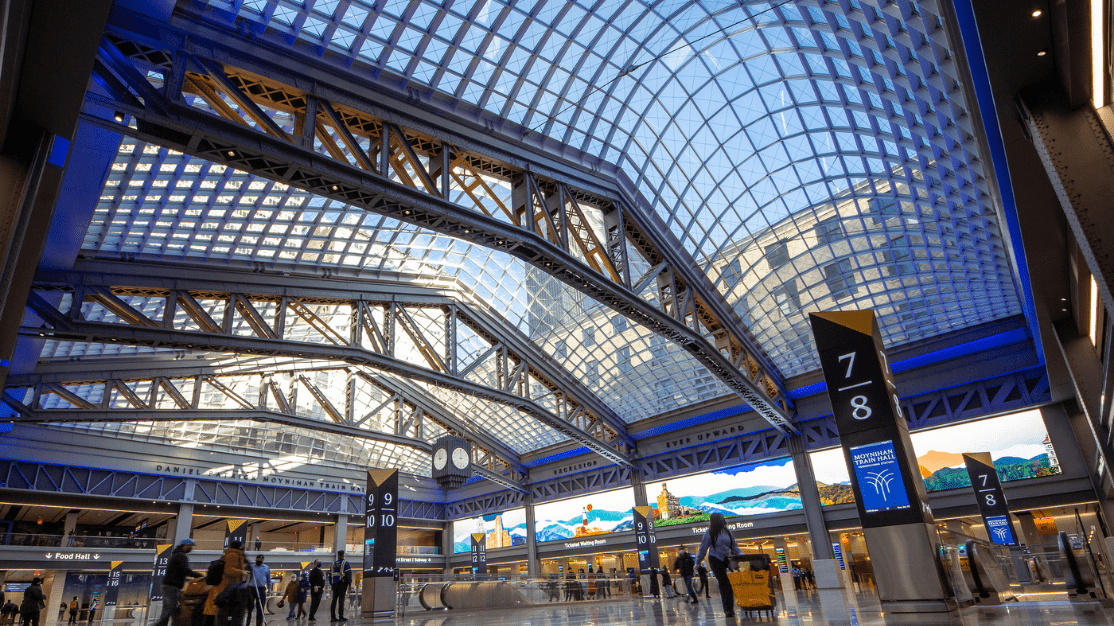
Wheels in Motion: 3 Post-COVID Design Trends From the Penn Station and Port Authority Plans
Earlier in 2021, two of New York City’s major transportation hubs, Penn Station and Port Authority Bus Terminal, released plans to the public for a major overhaul of the current infrastructure.
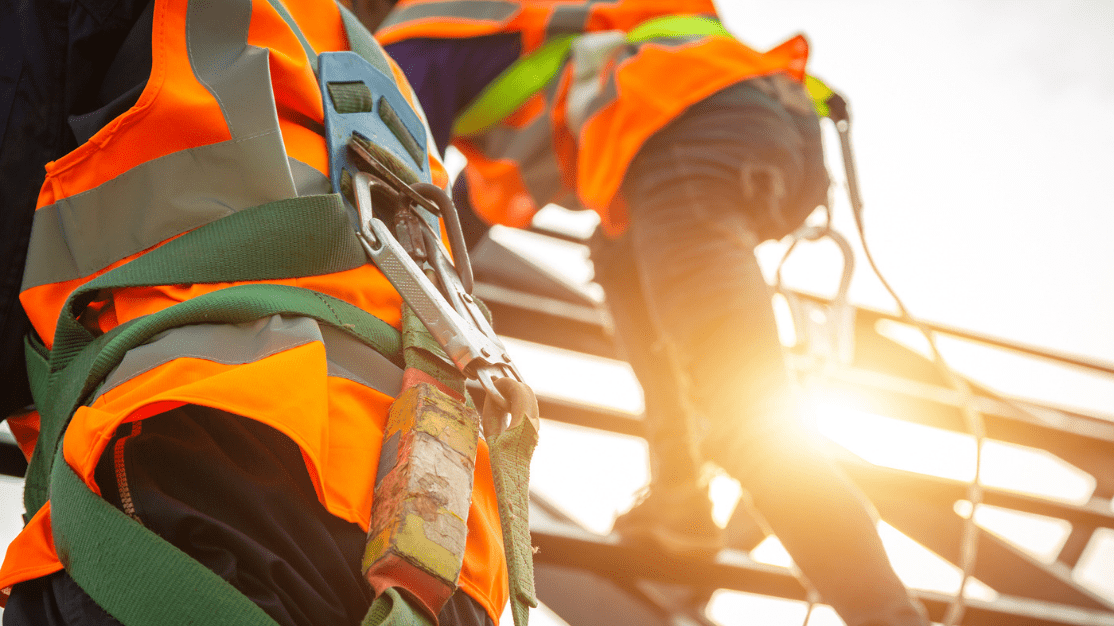
Surprise Inspection: How to Prepare for New Safety Sweeps
On June 1, 2021, the NYC Department of Buildings announced a slew of unannounced site safety sweeps across the city.
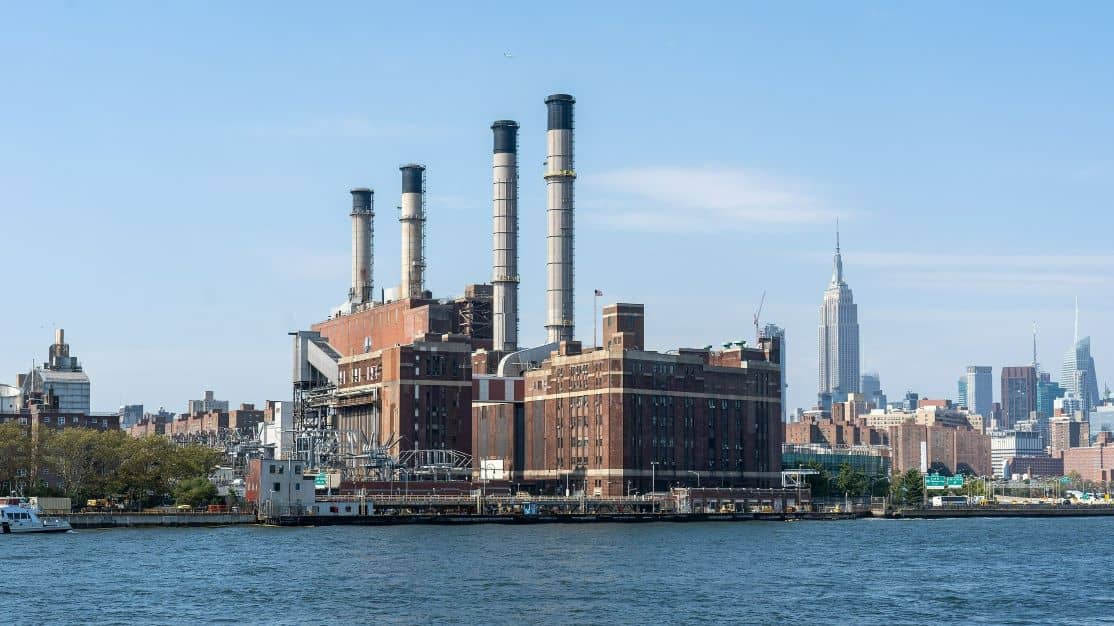
It’s Electrifying! New Council Bill Hopes to Limit Use of Gas Heat
As of late May 2021, a new bill introduced in the New York City Council could make a major impact on the city’s building and energy codes.
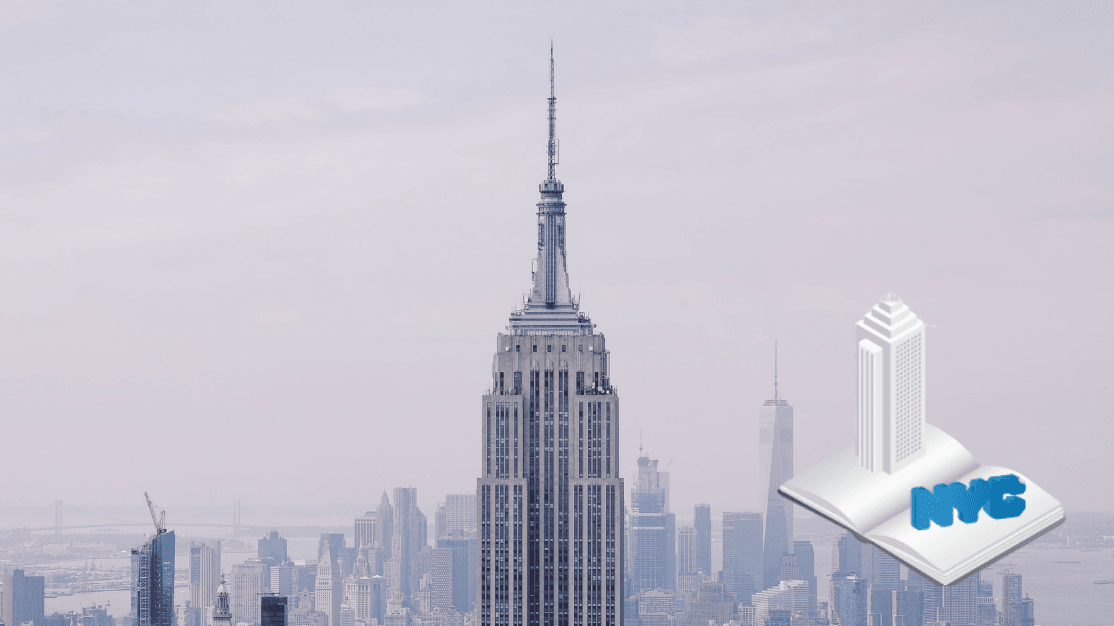
A Code of Their Own: NYC DOB Plans to Release Existing Building Code
Learn more about the DOB’s pioneering effort to better address existing building repairs and alterations.
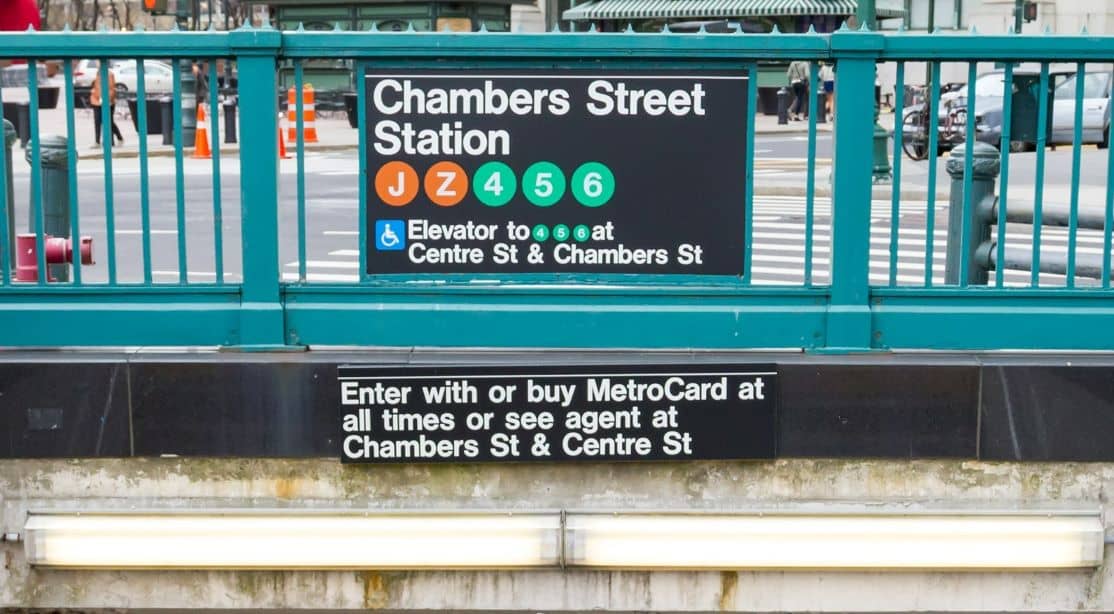
In the Zone: New Zoning Proposals for Accessibility and Health
In Spring 2021, several zoning changes to improve transit accessibility and to lower barriers for small and independent health-focused businesses were proposed and put under public review.
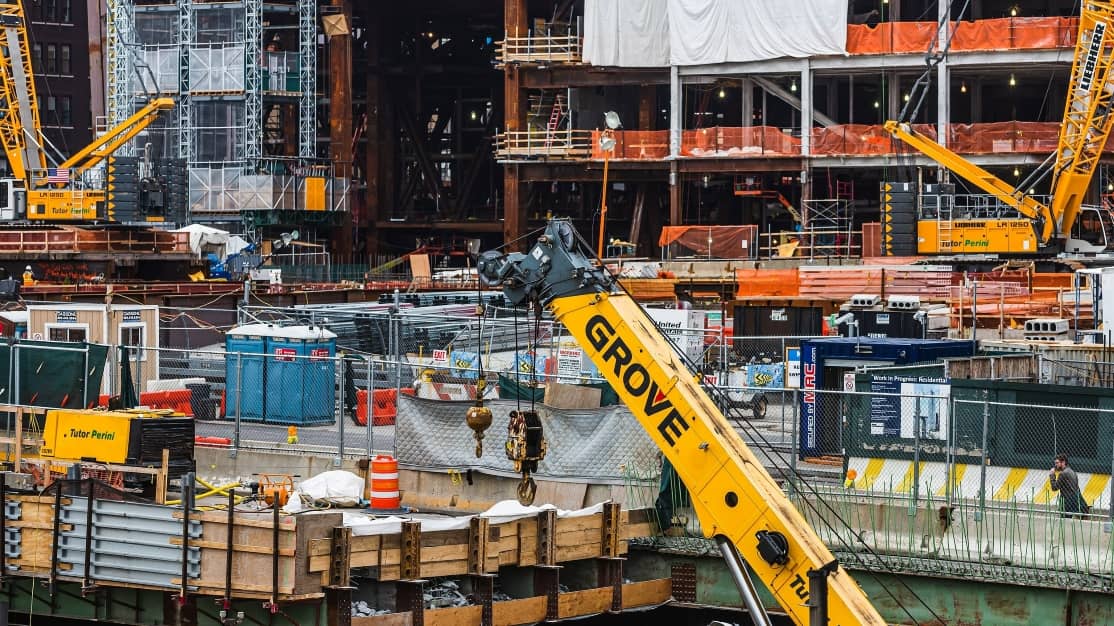
Redefining Moment: Proposed Local Laws Expand “Major Building” Status and Safety Requirements
How new construction safety laws may affect permits and approvals.
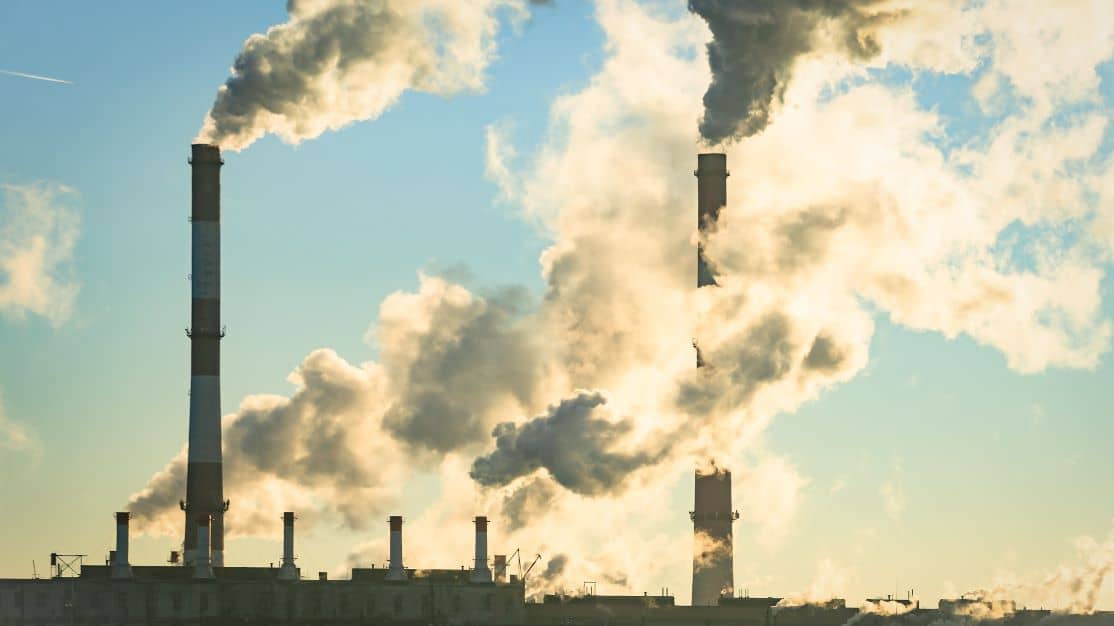
Don’t Blow Your Cap: Building Emissions Adjustment Deadline
Apply for altered 2024-2029 greenhouse gas emissions limits on your large building before July 2021.
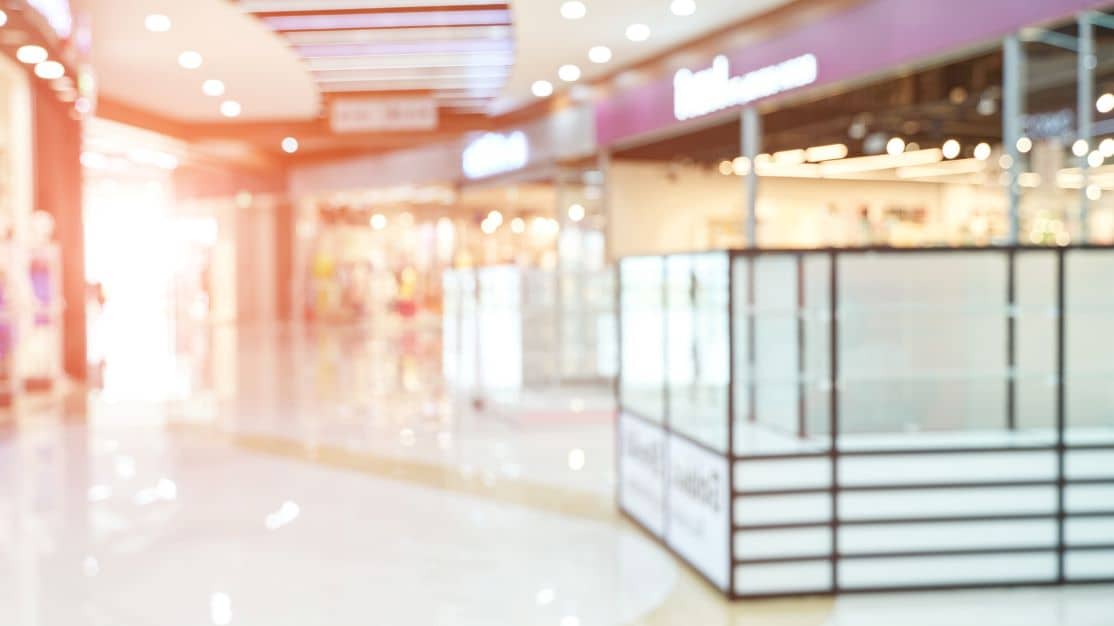
Waste Not, Want Not: Adaptive Reuse of Closed Commercial Properties
The Covid-19 pandemic accelerated existing trends in remote work, as well as the pivot away from big box and department stores, leaving many buildings and storefronts unused and empty. What can be done with these blank spaces?
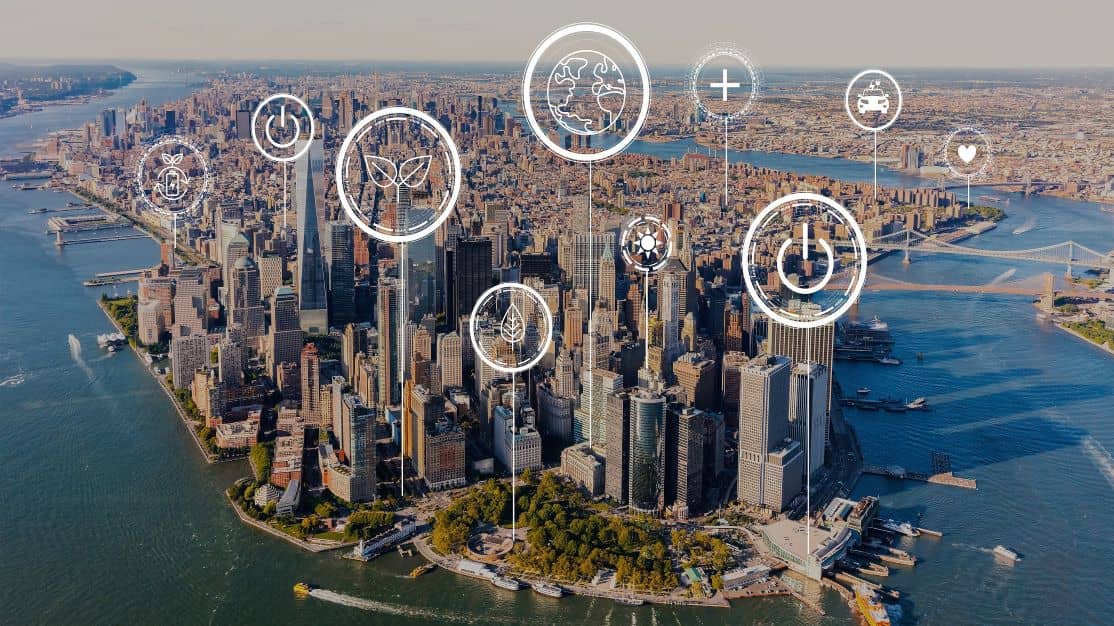
For What It’s Earth
NYC Climate Code Updates and Energy Benchmark Deadline
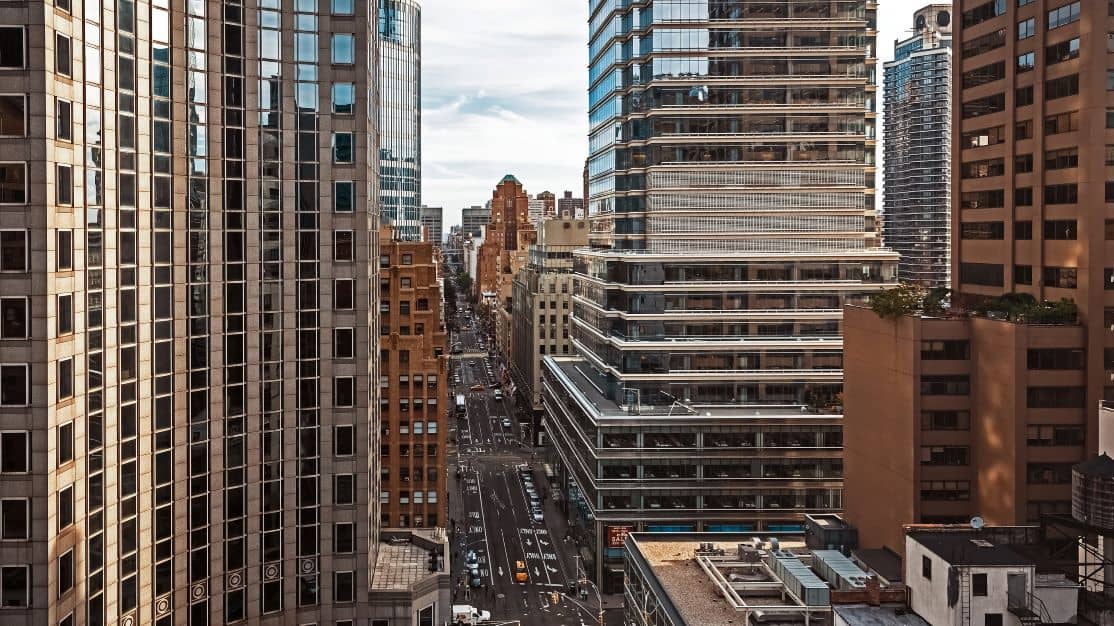
Keeping House: New Penalties for Multiple Dwelling Violations
Certain violations after January 4, 2020 will hold up new permits for owners.

The New Frontier: DOB Introduces Remote Video Inspections
New pilot program starts March 19, 2021 for select inspections and areas.
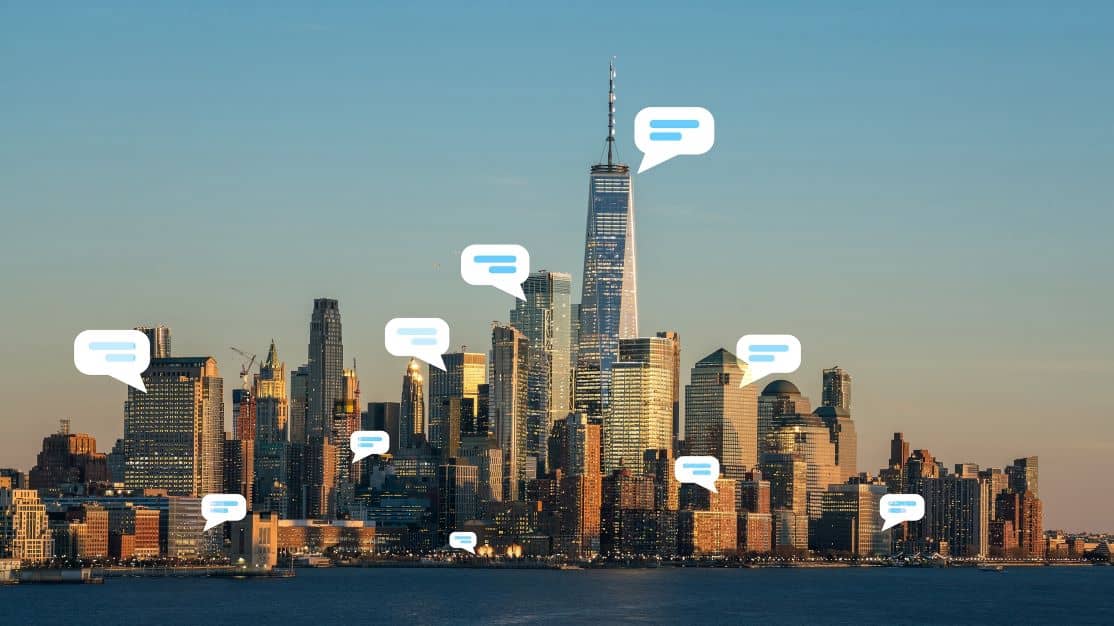
3 Ways to Help You Manage Your NYC Building Projects Amid Agency Changes
Explore how this online dashboard tracks and resolves your critical building items.
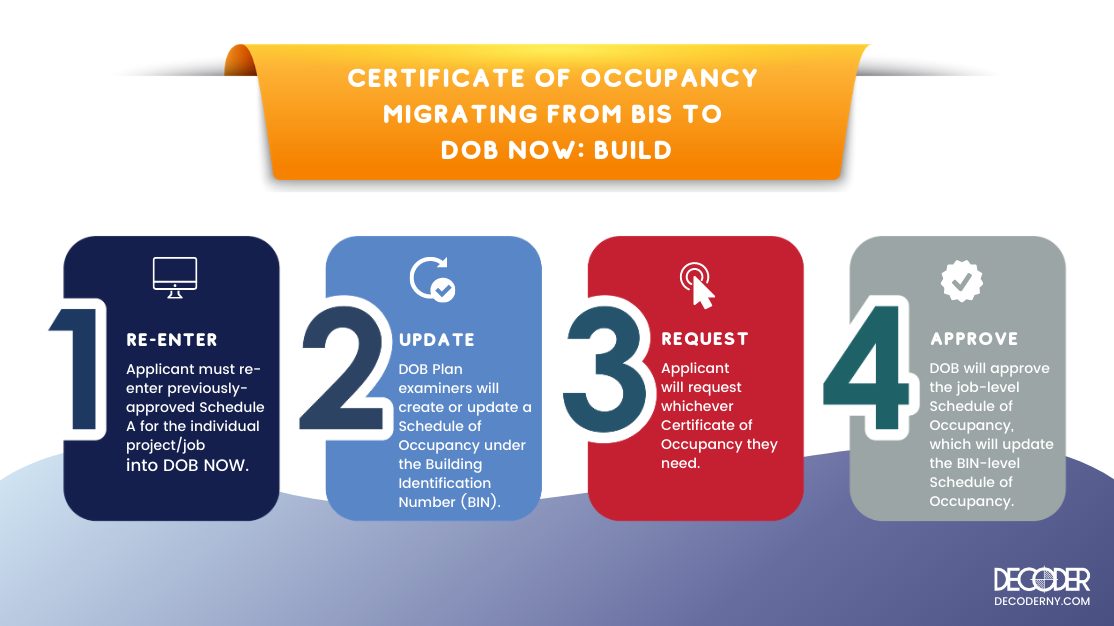
Issuance and Renewal of COs migrating to DOB NOW: Build
Learn more on how to migrate Certificates of Occupancy from BIS.
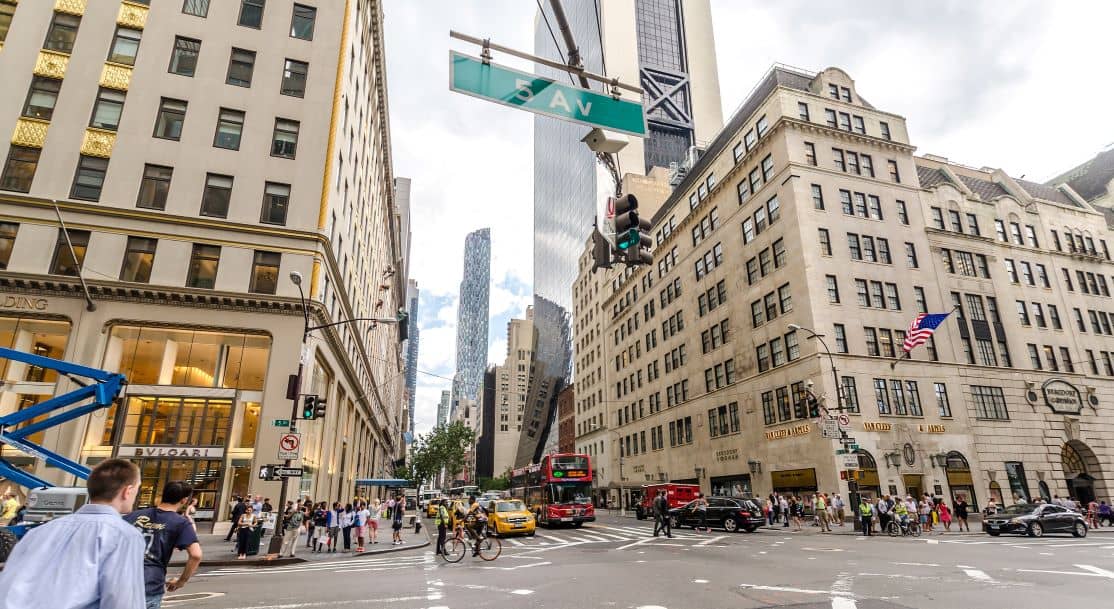
Not a Façade! Increased Penalty Reminder for FISP-Eligible Buildings
Building owners beware – Outstanding façade issues from last inspection could result in a $2,000 fine.
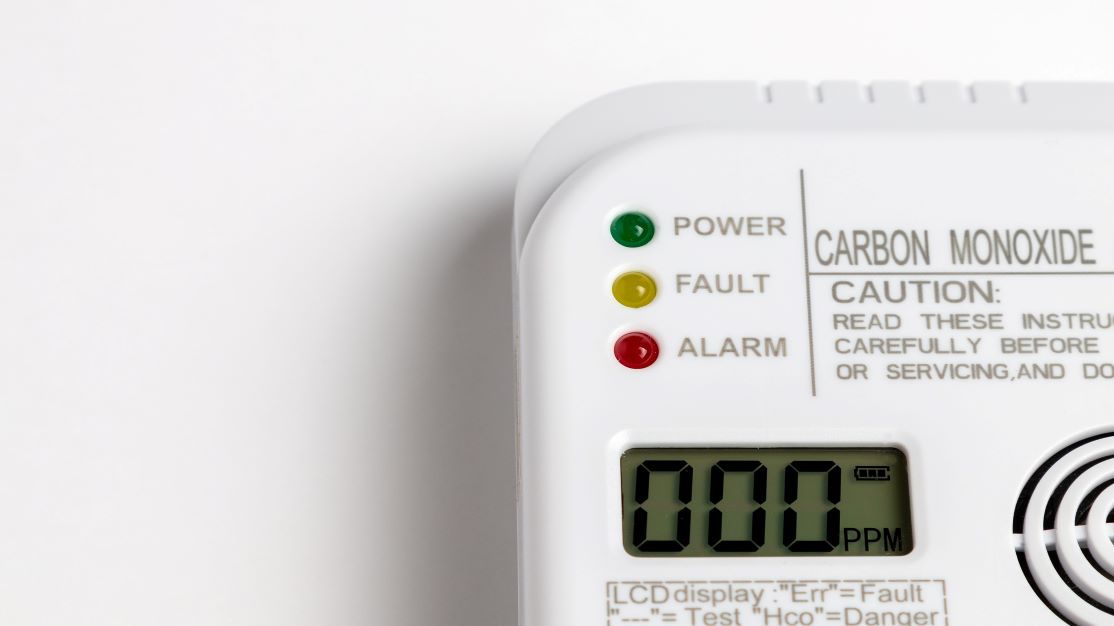
Local Law 191 Update: CO Detector Installation Extension
There’s still time for your commercial building to install code-approved carbon monoxide detectors.

Local Law 152: Gas Piping Inspections Deadline Extension
In order to accommodate delays from the pandemic, the deadline under Local Law 152 of 2016 for building owners in community districts 1, 3 and 10 (in any borough) to have their gas piping inspected has been extended from December 31, 2020 to June 30, 2021.
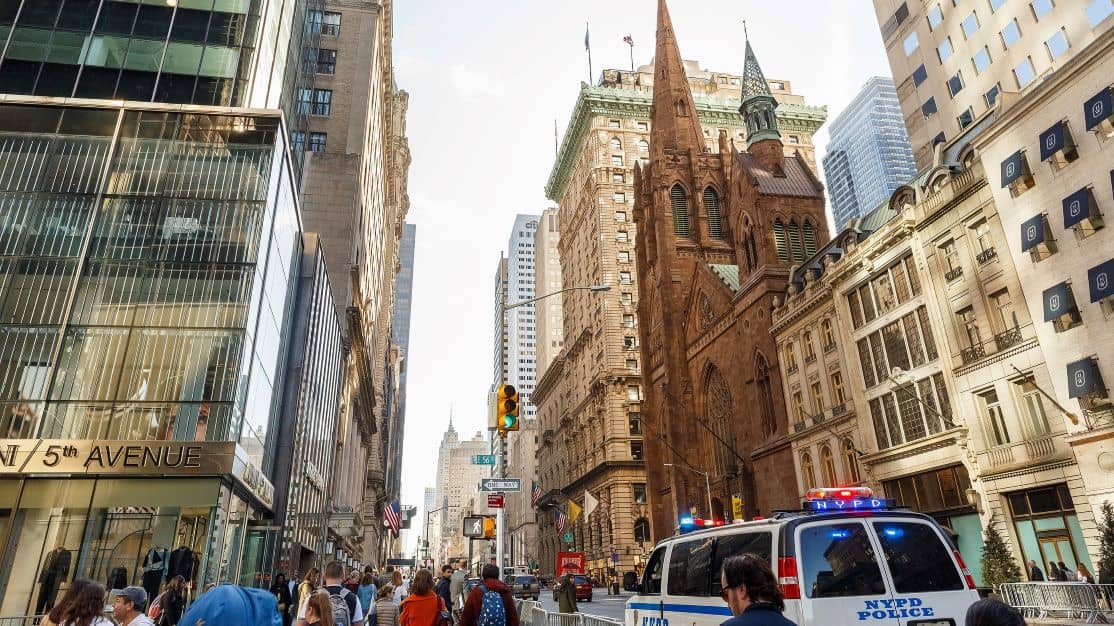
Introducing the Interim Certificate of Occupancy
What you need to know about the new type of TCO
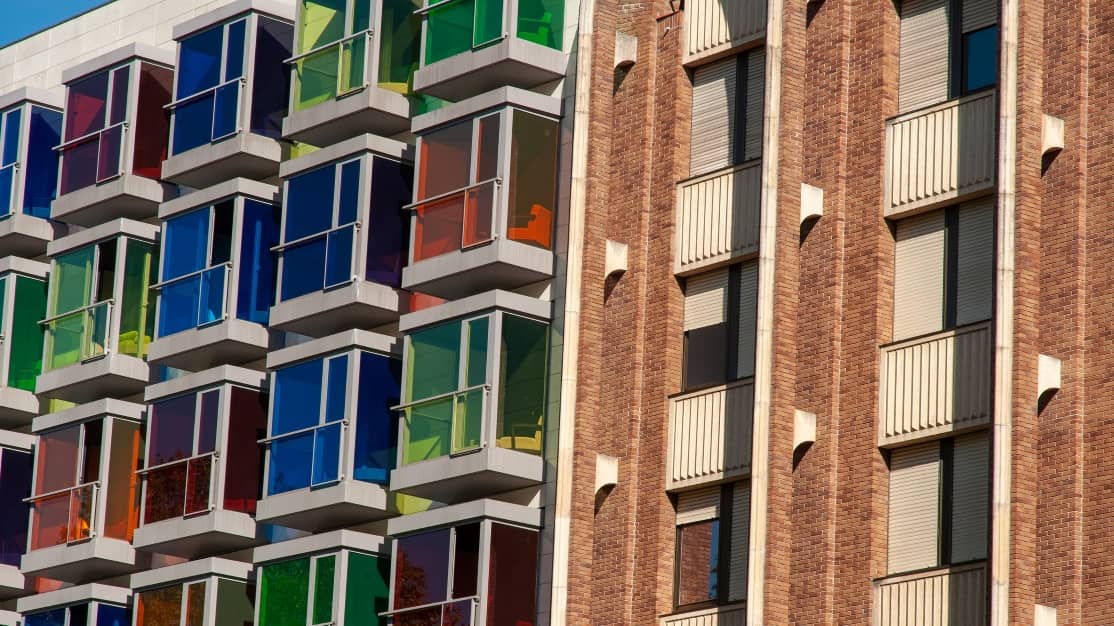
LL15 of 2020: A Brief Guide to Bird-Friendly Building Design
New mandates go into effect January 10, 2021.
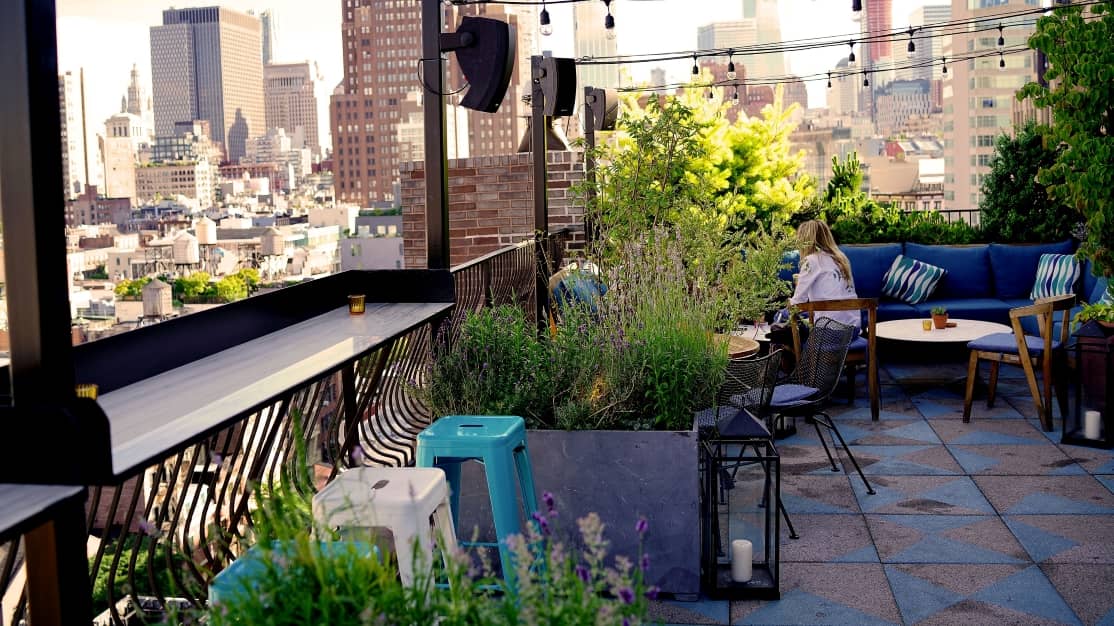
Want to Convert Your Rooftop? 3 Things to Keep in Mind
Code considerations for making usable rooftop spaces in New York.
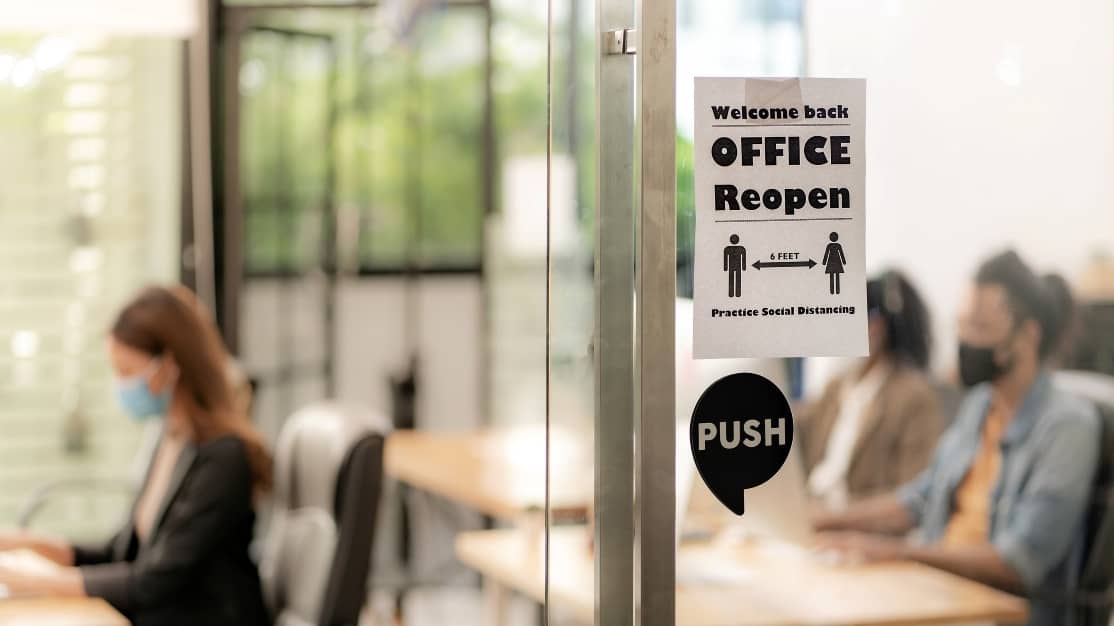
Reimagining Design for the New Normal: Offices
It’s more than plexiglass and 6 feet. Before you put up the partitions, check with the code.
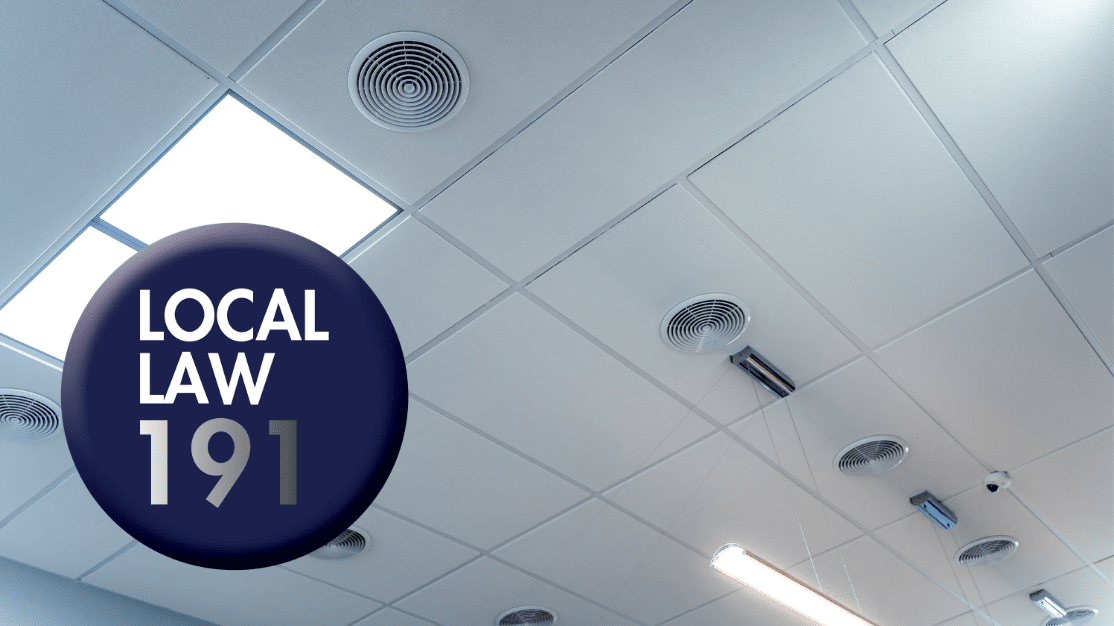
Local Law 191: Does Your Commercial Building Need a Carbon Monoxide Detector?
New law goes into effect January 1, 2021 – check your applicability!
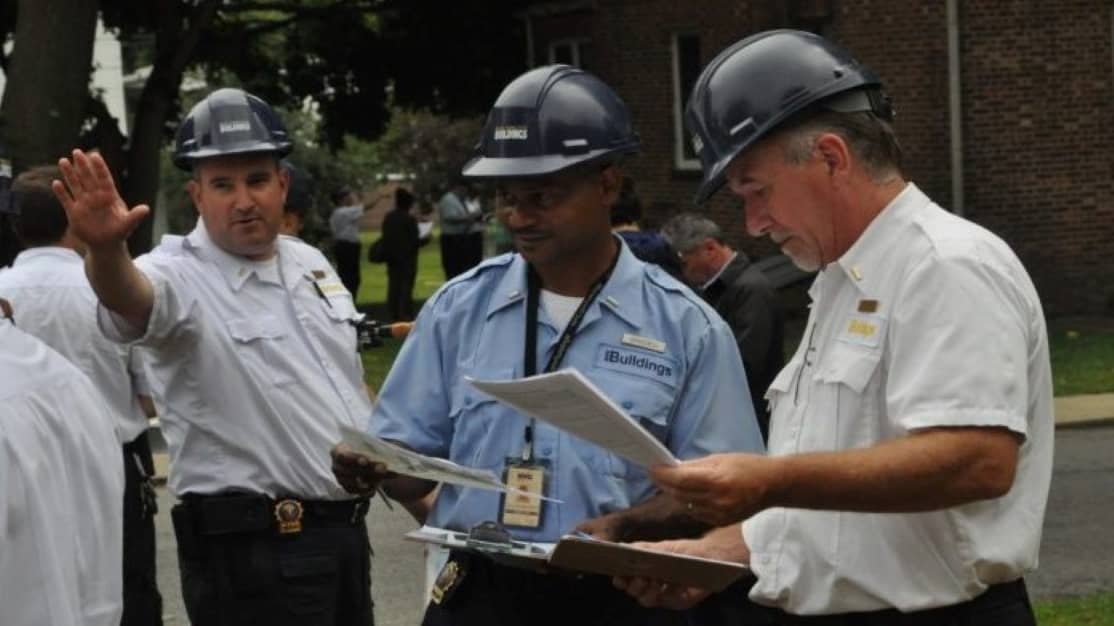
LL114 of 2019: Truth and Consequences
LL114 of 2019 increases penalties for false PW1 statements on occupancy.

Bites and Barriers
How to Create Code-Compliant Temporary Outdoor Dining Seating Amid COVID-19 Crisis.
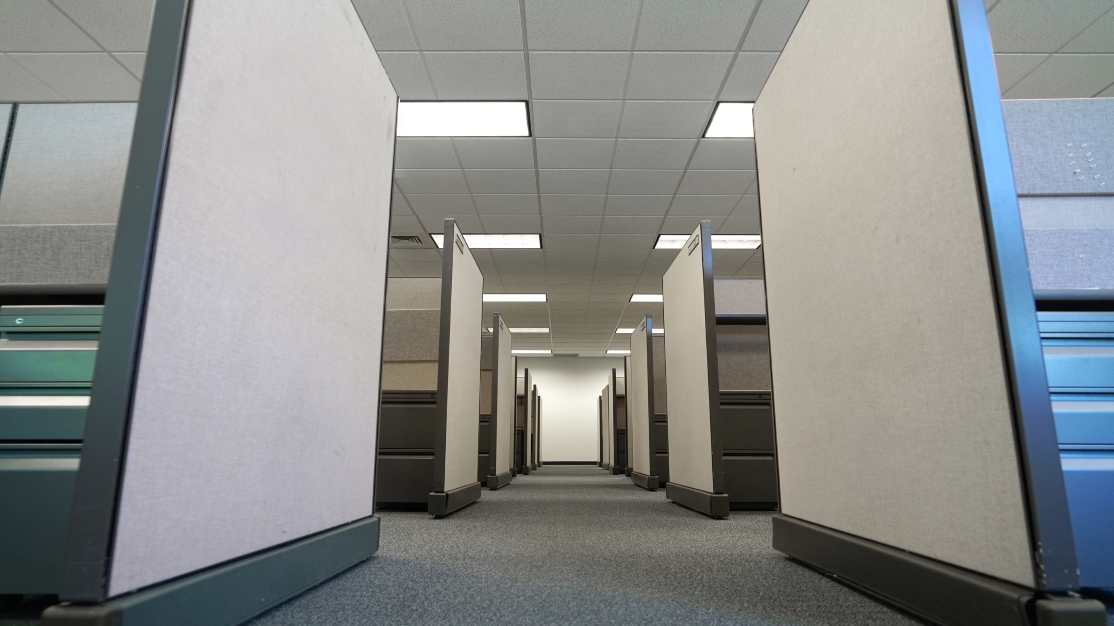
5 Things to Consider for Post-Quarantine Workspace Design
As New York starts to reopen after months of quarantine from COVID-19 novel coronavirus, many workplaces are wondering how to get people back in the office while still ensuring employee safety. From simple solutions to new technologies, here are five things to keep in mind.
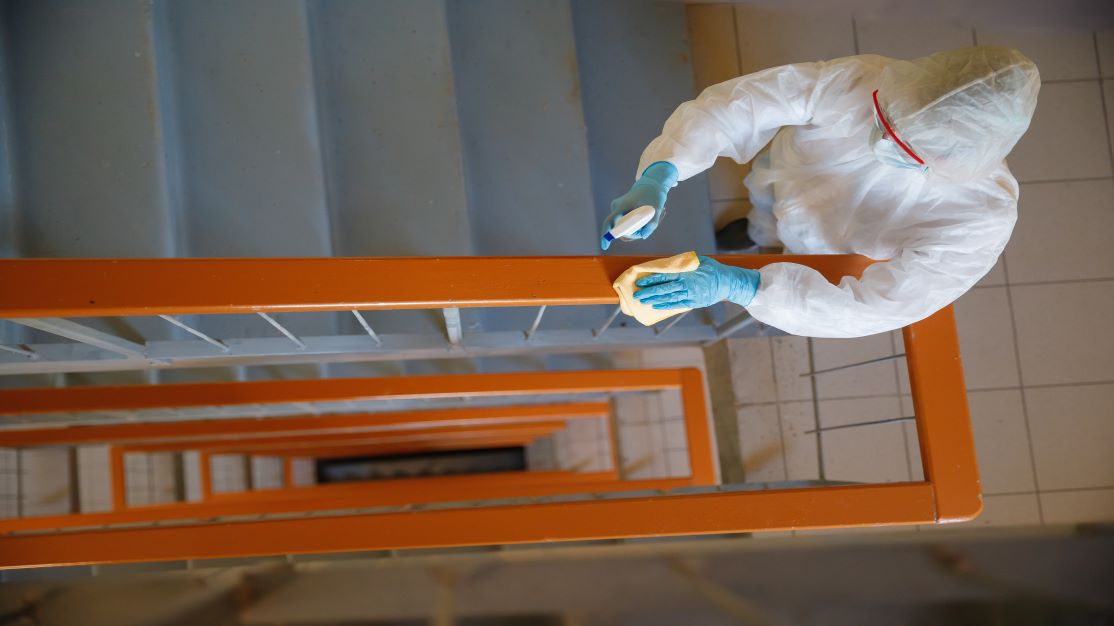
Reopening Your Commercial Building Post-NY on PAUSE
How to prep for and enforce the new normal.

Looking Ahead: The Future of Construction in New York City
What will construction look like when the stop order is lifted?
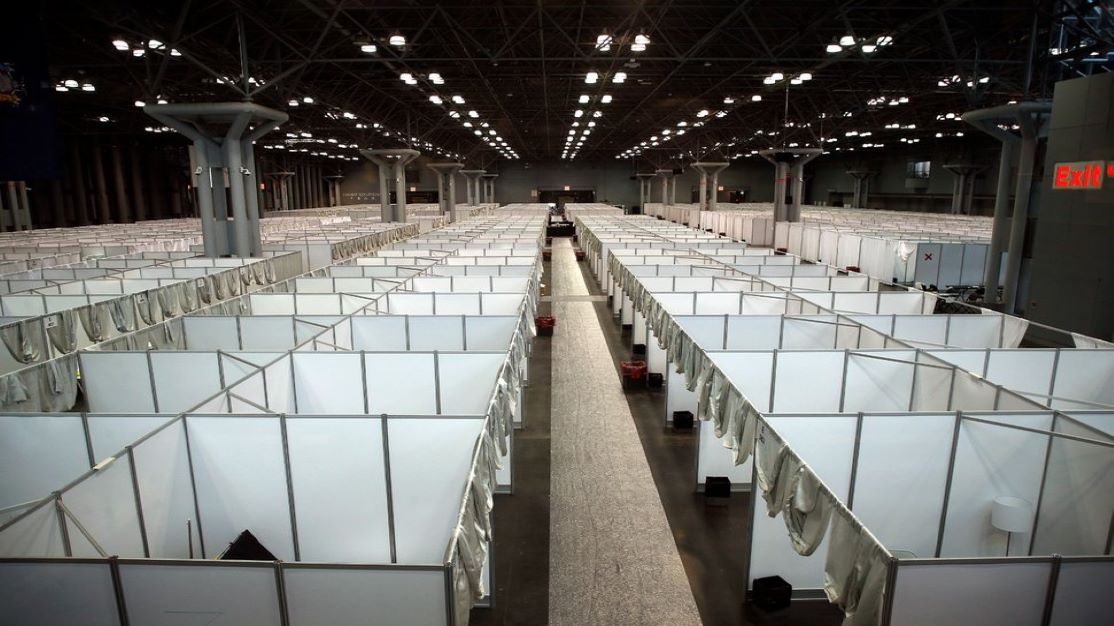
All Hands on Deck: Emergency Work during COVID-19 Crisis
How to navigate filing for emergency staging and temporary hospital projects.
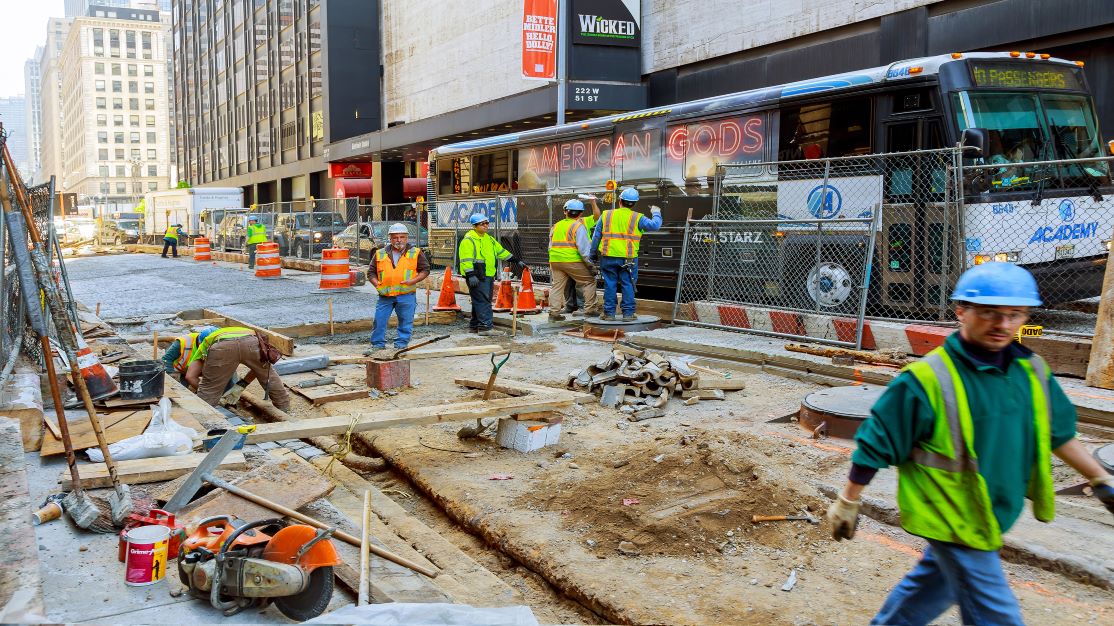
COVID-19 Hits NYC Construction
Navigating filing and construction in the midst of New York on PAUSE.
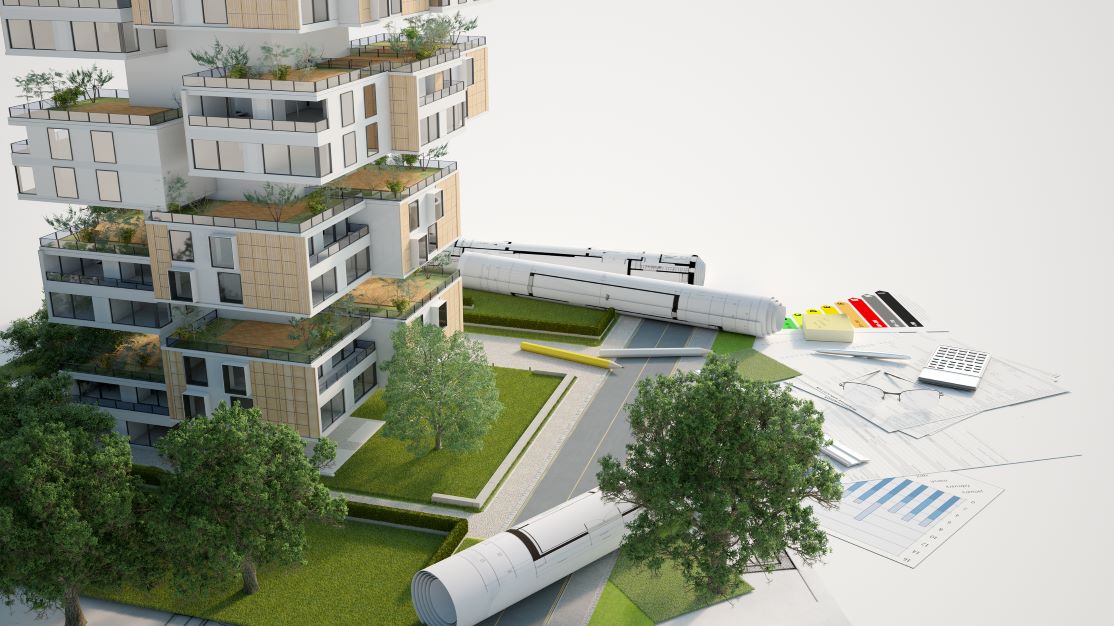
Looking to the Future: The 2020 NYC Energy Conservation Code
The new code will go into effect on May 12, 2020.
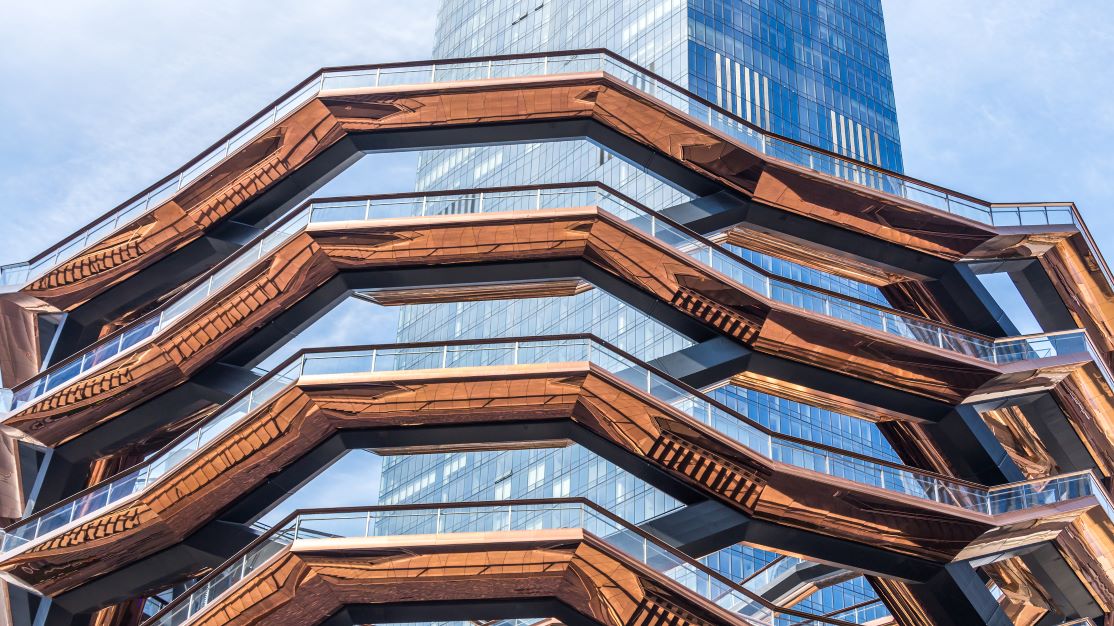
New Guidelines for Structural Applications
To BIS or to DOB NOW?
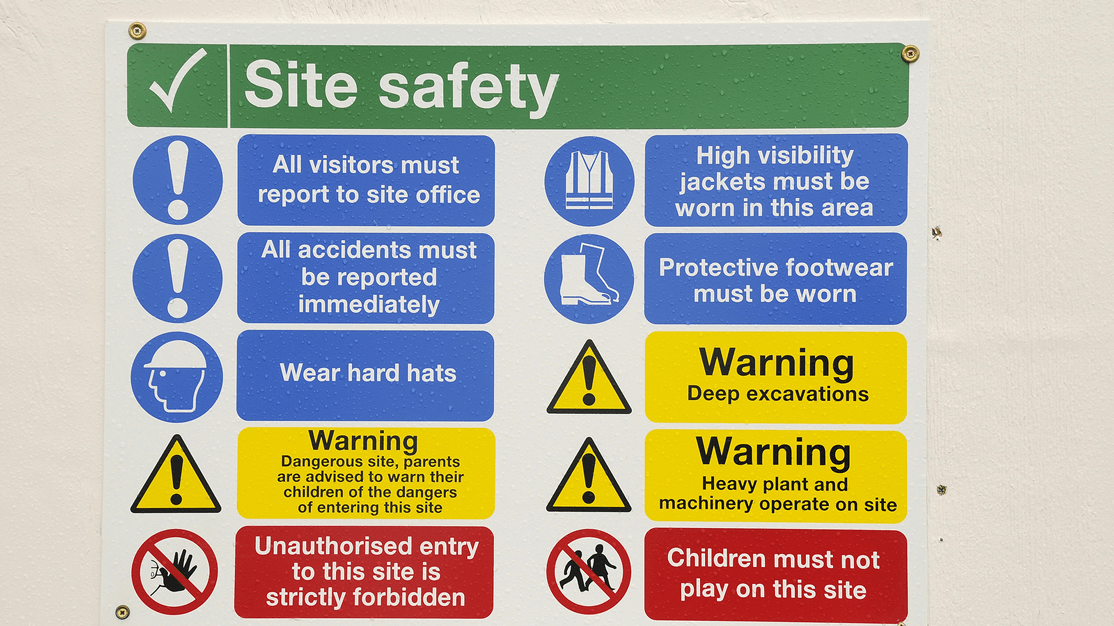
Worker Safety Training: New Sign Requirements and Upcoming Deadlines
Keep your workers posted before they miss their deadline.
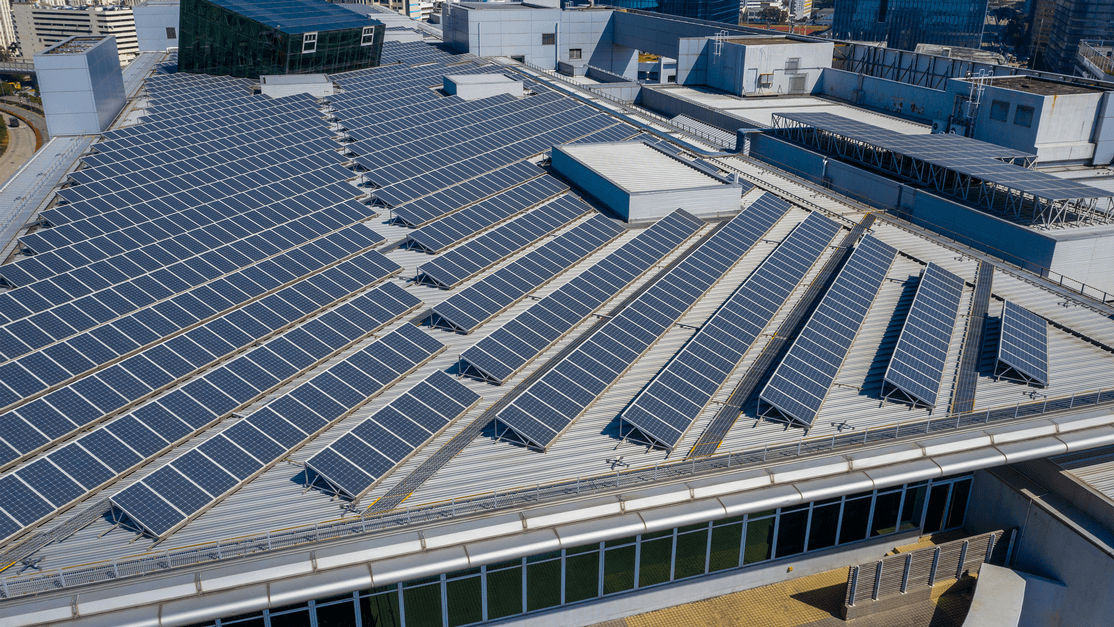
Mandatory Sustainable Roofing Required for New Buildings and Enlargements.
What you need to know when Local Laws 92 & 94 go into effect.
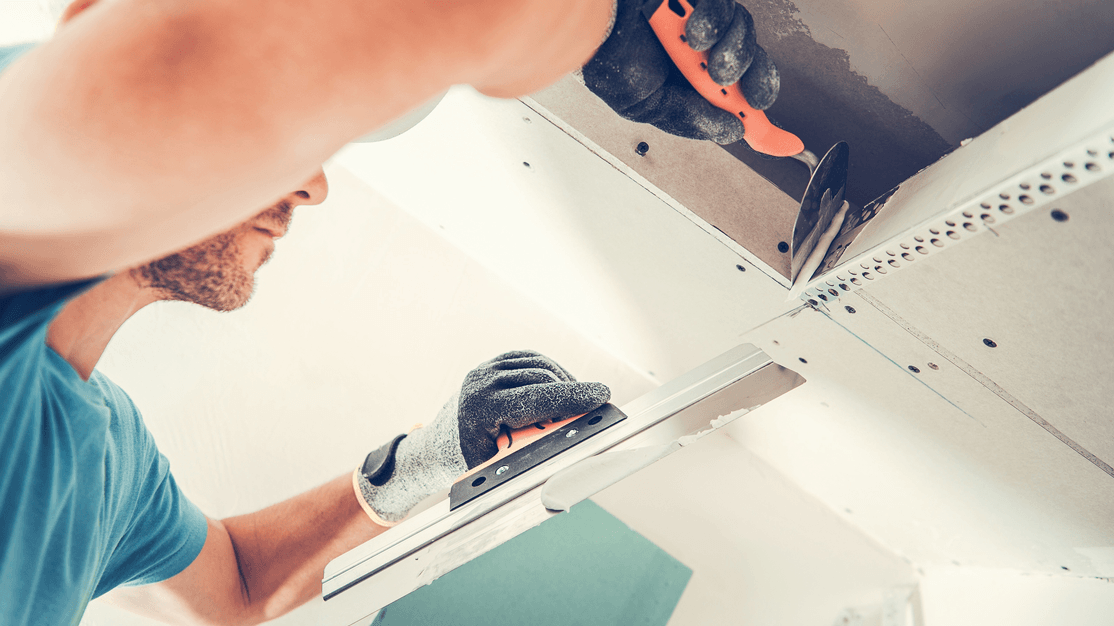
Local Law 49 - Basement Apartment Conversion Pilot Program
Select areas in Brooklyn may now be permitted to create lawful cellar apartments.
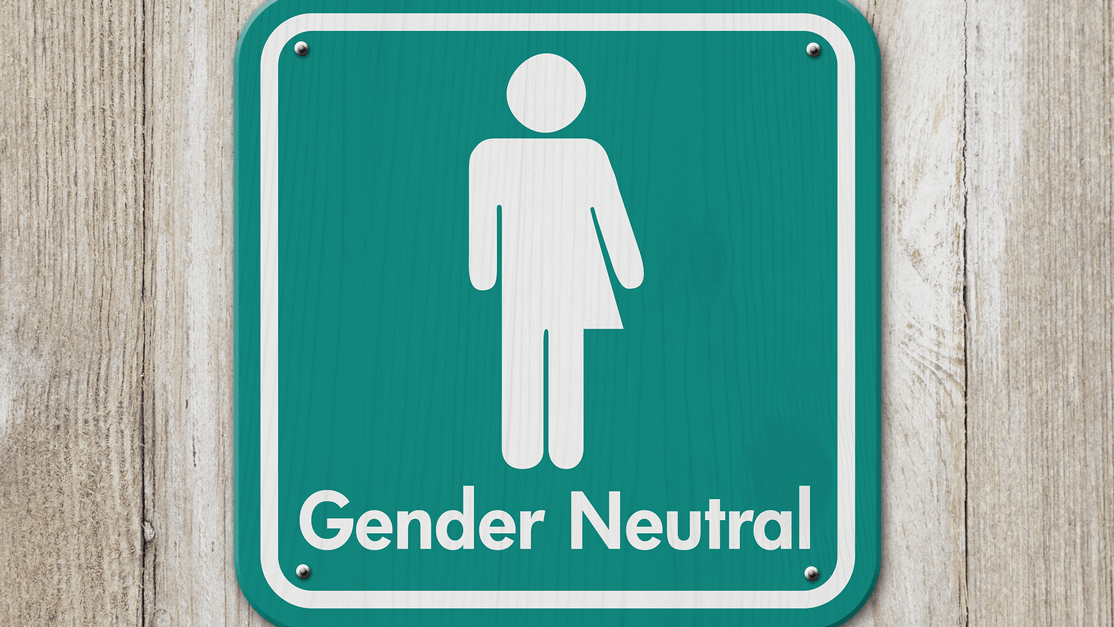
It’s 2019! It’s More Than Just a Sign
A refresher on gender neutral bathroom signs

Penalty Waivers Go Digital
A refresher on gender neutral bathroom signs
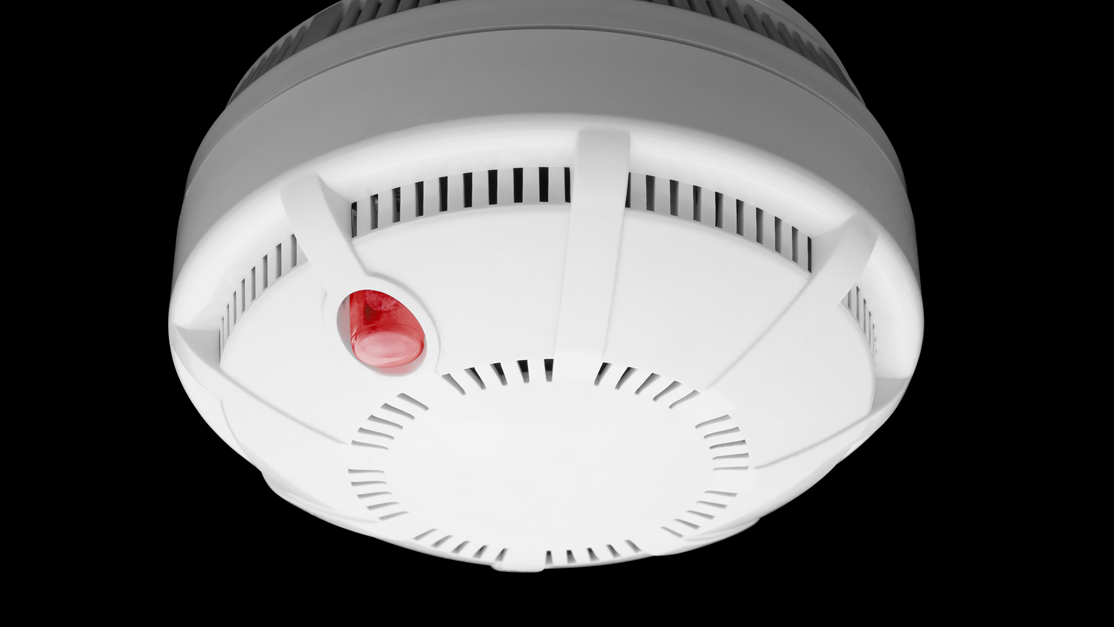
Local Law 195 - Fire Alarm Applications
If you're experiencing longer wait times for fire alarm application review, this could be the reason why.

Are YOU ready for DOB Now?
Here is what you need to know, in a nutshell.
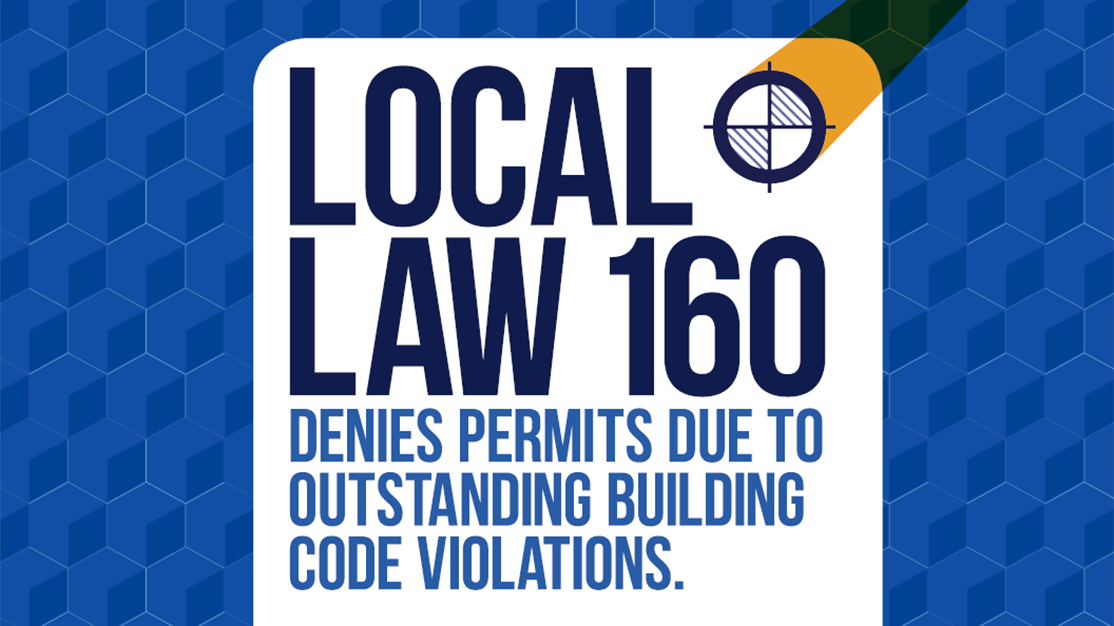
Local Law 160
Pursuant to Local Law 160 of 2017, the Department of Buildings will now be enforcing section 28-105.1.2.

Open for Business with a FINAL Certificate of Occupancy
Would it surprise you to know that many of New York City’s most iconic landmarks, have not been issued a final certificate of occupancy?
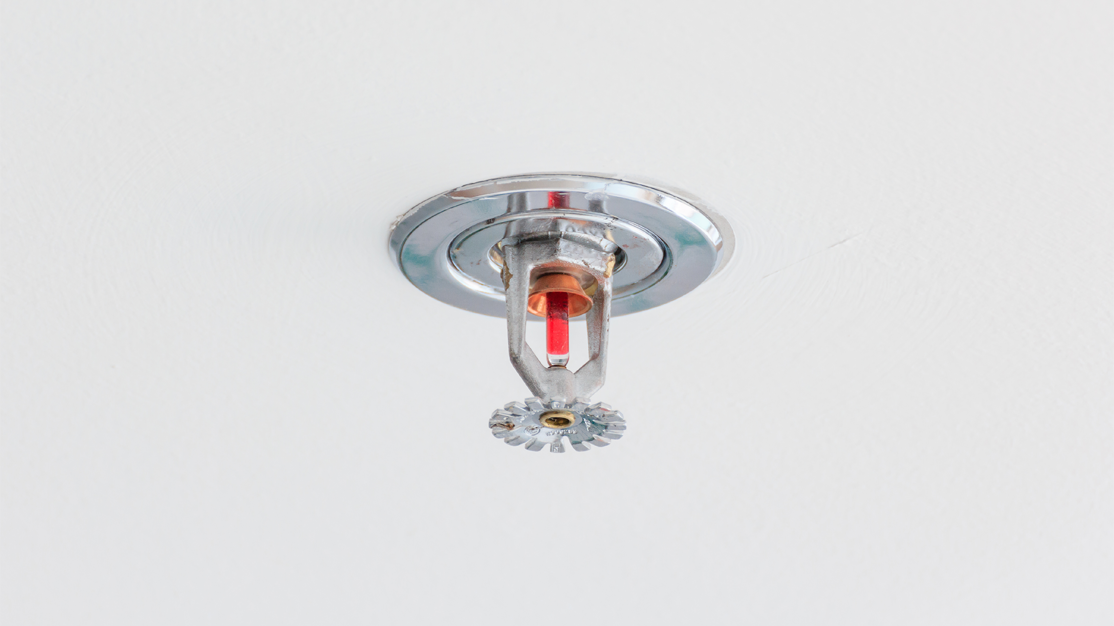
It’s Crunch Time! Are you Fully sprinklered yet?
The New York City Council introduces hundreds of new local laws each year. In 2013 Local Law 141 was enacted which solidified the adoption of an NYC modification of the 2009 International Building Code (IBC) as the new city Building Code.
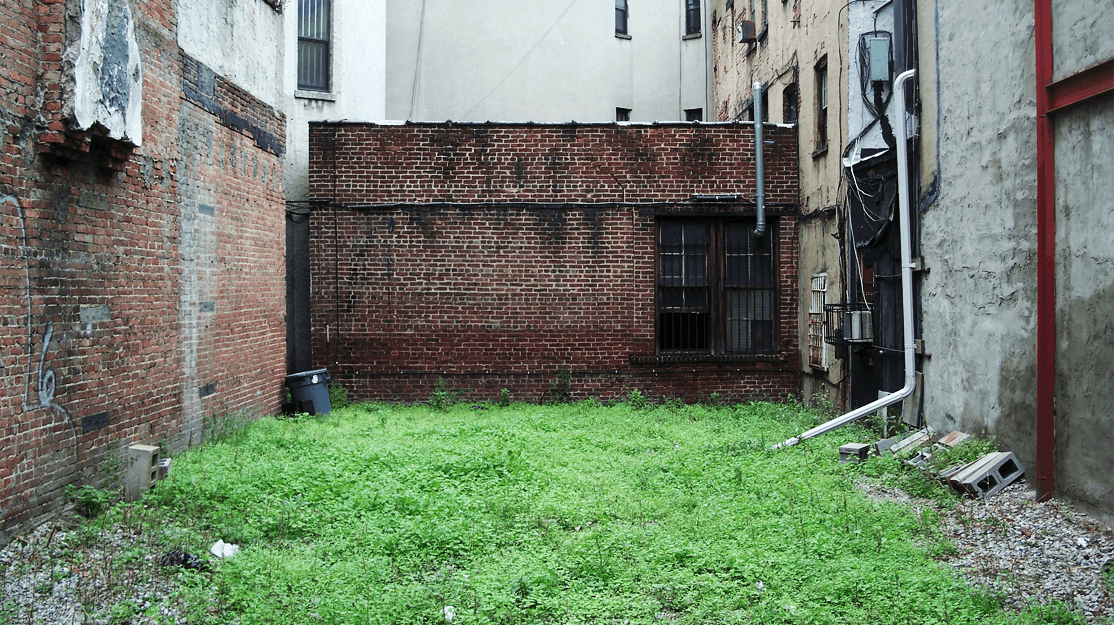
Vacant Land Ho!
Much hullabaloo was raised by housing advocates when Comptroller Scott Stringer put out a report claiming the HPD was sitting on 1,125 vacant city-owned lots. About half of those are in Brooklyn, 363 in Queens, 112 in the Bronx and 98 in Manhattan.
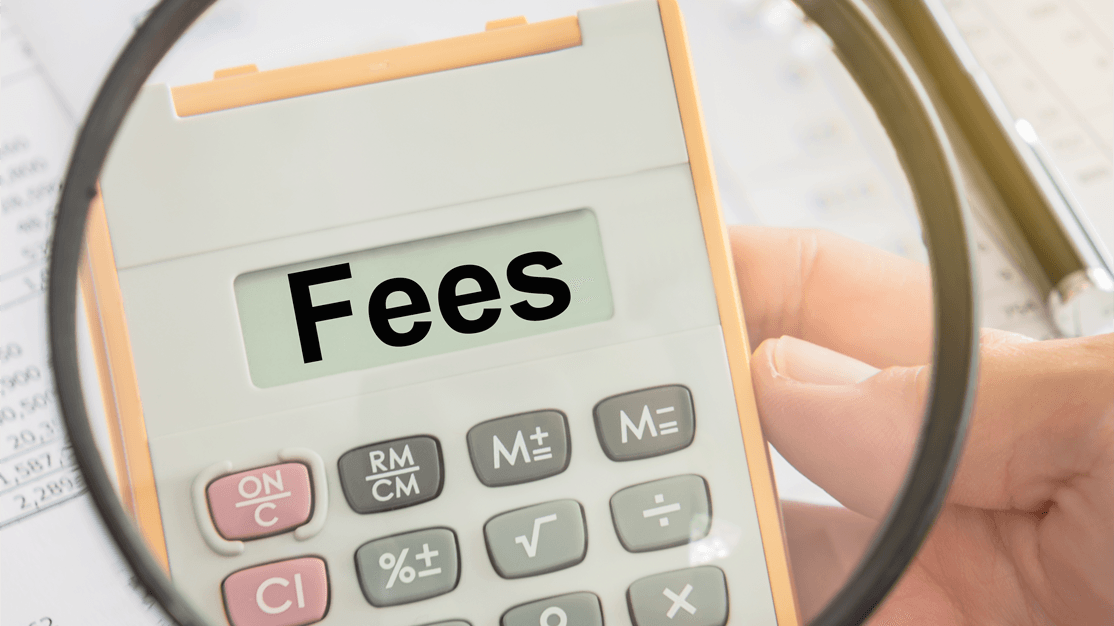
Fees Go Up and Down
Recently the DOB changed some of its application fees for residential buildings. Some fees went up, some went down. The news fees were originally laid out by LL56 of 2016, but only implemented into DOB systems on March 5, 2018. For the new fees, the DOB created of new classification and pricing tier for buildings above and below 7 stories and 100,000 square feet.
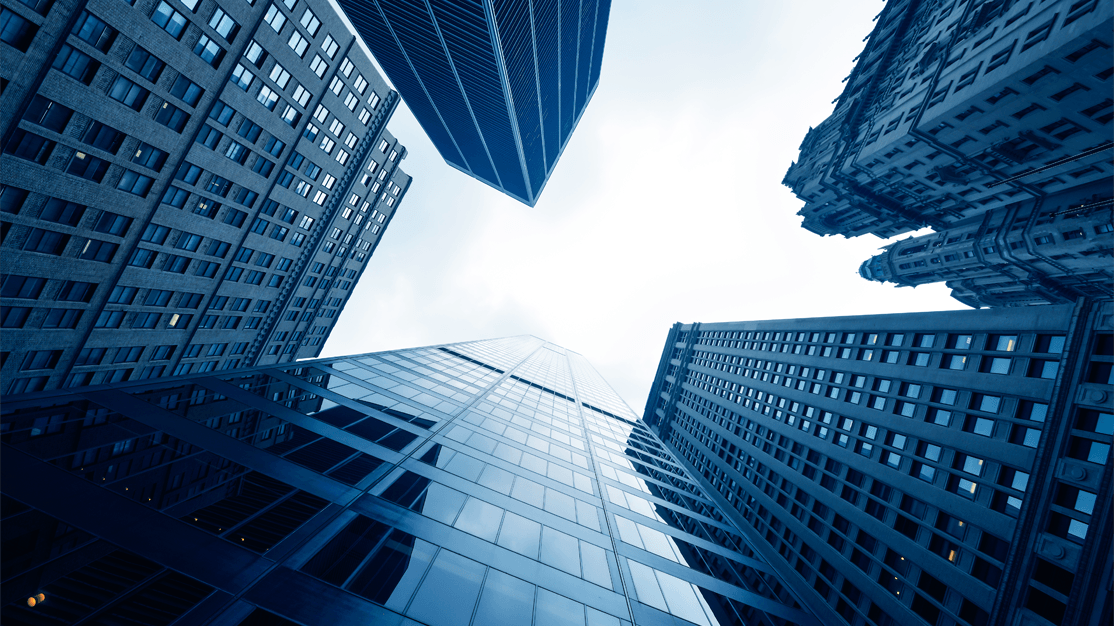
Building to the Sky
In early 2018 the Regional Plan Association (RPA) put forward its solution to New York’s longtime affordable housing crisis—remove residential FAR limitations in Manhattan. On its face the idea seems radical. The FAR cap, a New York State addition to the Multiple Dwelling Law, prevents developers from building to the sun, peppering medium density to mid-rise districts with Towers of Babel.
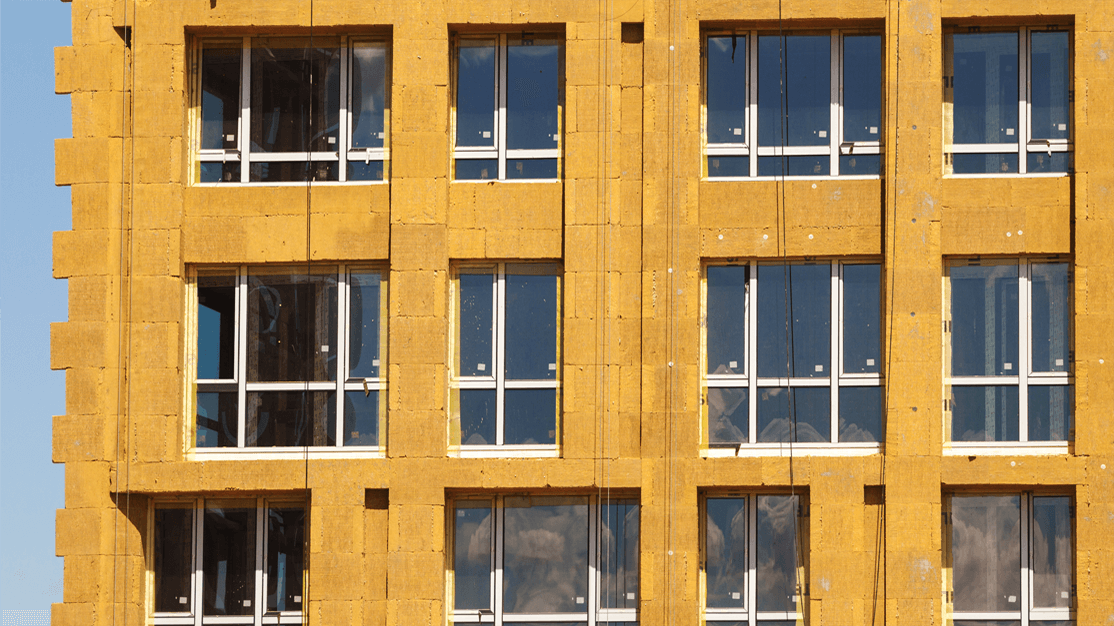
Zone Green Walls
In 2012, New York City’s Zone Green program amended the Zoning Code to allow wall thickness to be deducted from floor area provided the walls are energy efficient. City Planning claims New York buildings are responsible for 80 percent of the city’s carbon emissions.
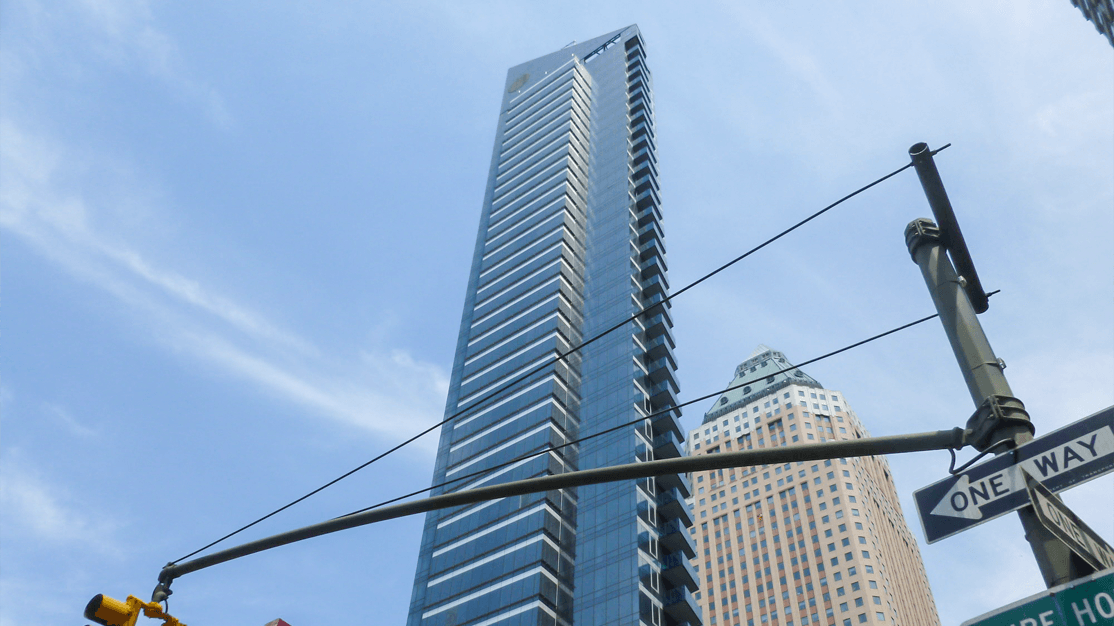
Sliver of a Chance
Sliver buildings are taller buildings that have less than 45 width feet street frontage. The height allowances for sliver buildings are generally determined by the width of the street or 100 feet, whichever is less. Sliver buildings are not to be confused with towers.

The Church and the Liquor Store
You rarely see liquor stores alongside churches and schools in New York City. It’s not a zoning restriction. It’s actually a law imposed by the New York Liquor Authority called the 200 Foot Rule.

Bending the Rules
It’s no coincidence that New York City has seen a proliferation of yoga studios in the last several years. This is largely due to the Department of Buildings distinguishing yoga studios from their “physical culture” brethren–the massage parlors, bathhouses and gyms that require BSA approval.

Before You Buy
Prospective building owners should do their homework before pulling the trigger on a purchase. There could be restrictions on the property or fees unrecognized in the sales price. Large buildings will typically get a due diligence report from an expediting company.
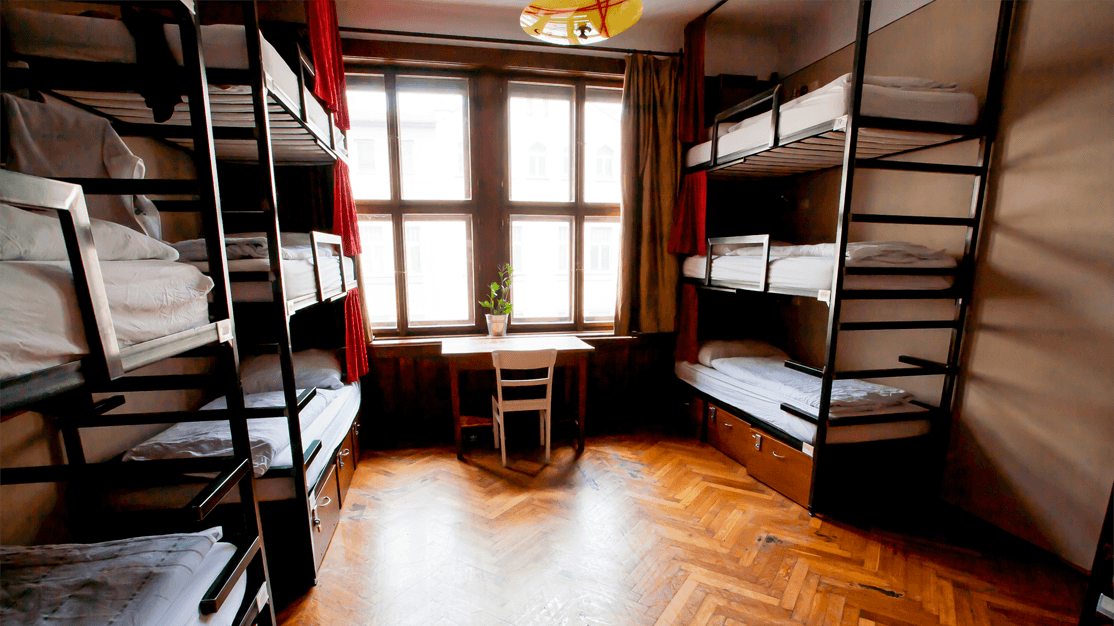
Why the Hostel-ity?
Hostels, those bunked up dormitories filled with weary travelers easily recognized by their Ghostbuster sized backpacks, are common in many European and American cities. In New York City only a handful remain. Is New York City hostile to the hostel?
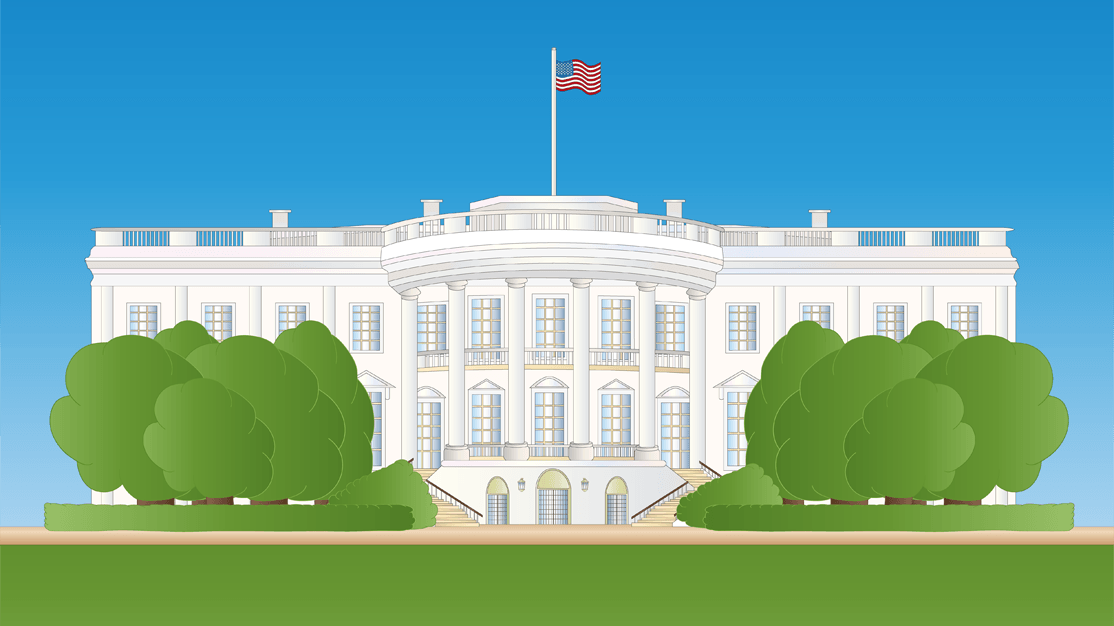
NYC Ahead of White House Development Toolkit
The Obama Administration recently published a Housing Development Toolkit that aims to promote urban development by emboldening developers and bypassing bureaucracy. In many instances, New York City, with its recently passed Mandatory Inclusionary Housing(MIH), is a step ahead of the Toolkit’s core objectives.
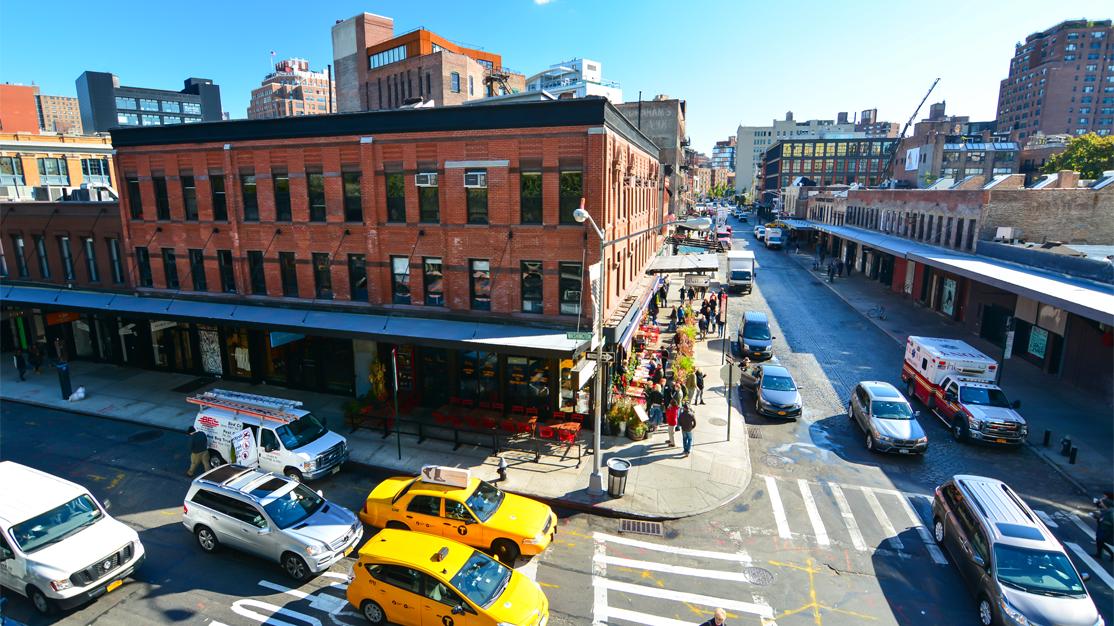
How Much is a Lot?
Under the Zoning for Quality and Affordability (ZQA), corner lots in R6-R10 contextual districts will now be permitted 100% lot coverage. Previously these corner lots were limited to 80% coverage.
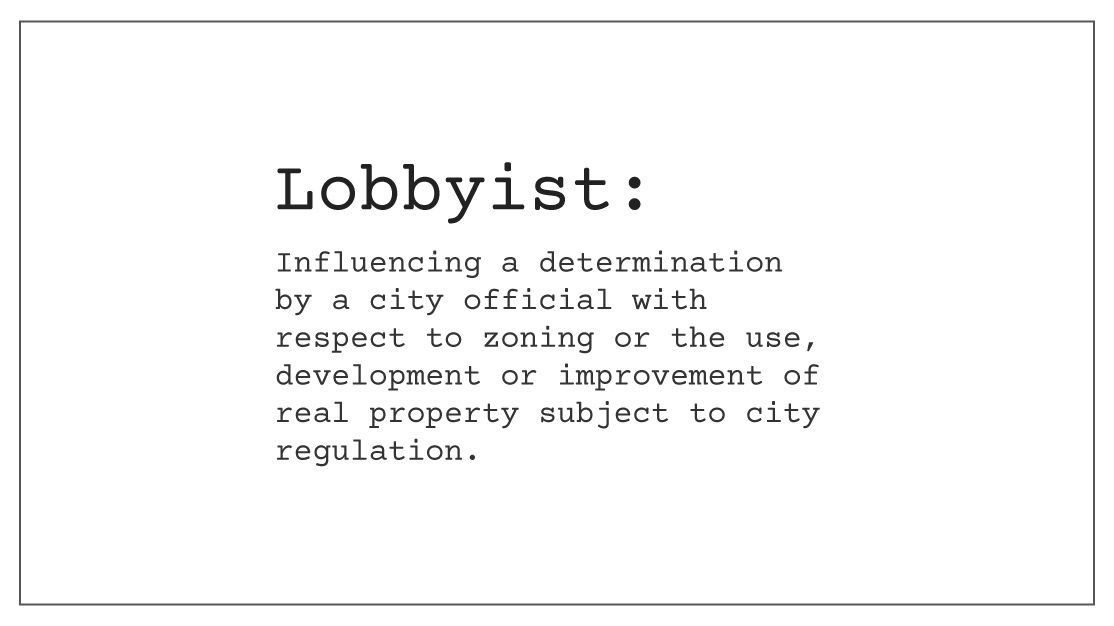
Lobby Design
New York City’s Lobbying Law requires lobbyists to register with the city. On June 30, 2016 the city concluded an amnesty program allowing lobbyists to register without penalties. The New York State amnesty has been extended to September 30th, 2016.
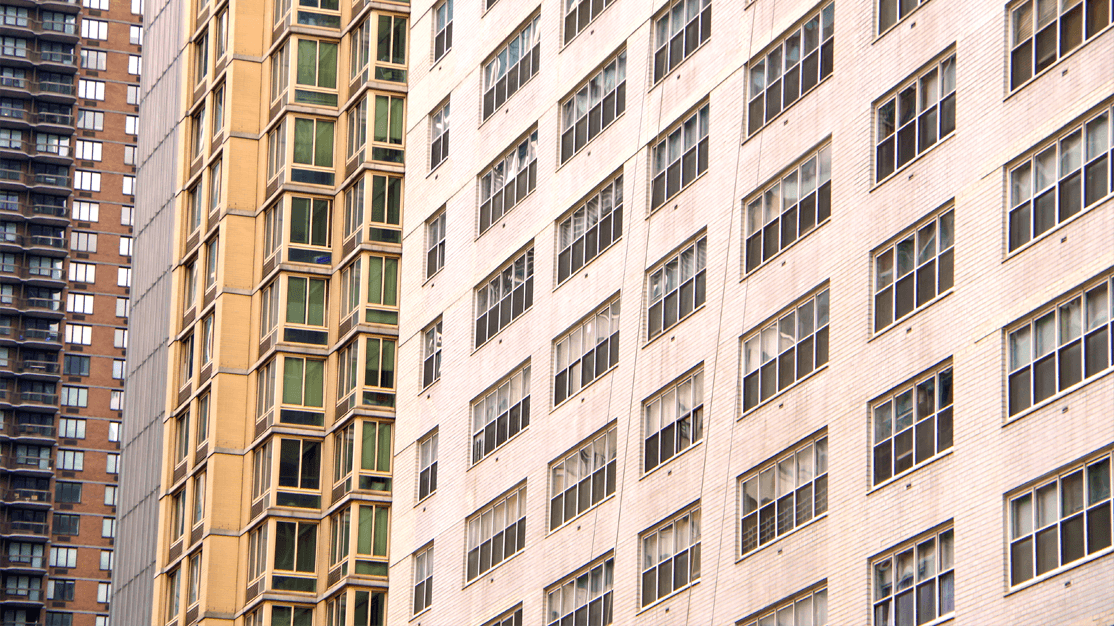
Why Opt-in to Quality Housing?
The Quality Housing Program was established in 1987 to help maintain the architectural character of New York City neighborhoods. The program includes rules concerning height, bulk, lot coverage, street line and more. Quality Housing is mandatory in contextual R6-R10 districts, but only optional in non-contextual R6-R10 districts.
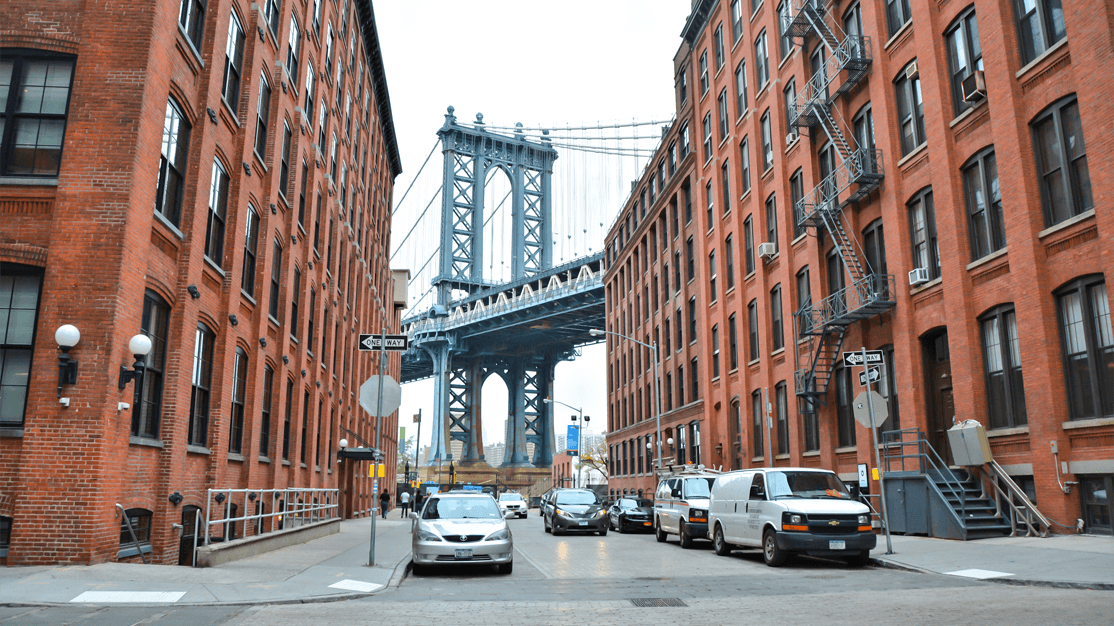
NYC’s Industrial Residentialization
The redevelopment of industrial areas for residential use has been a trend throughout New York City’s recent history. Thirty years ago it was happening in neighborhoods like Soho and Tribeca. Today luxury residential development has expanded to industry parts of Dumbo and North Brooklyn.
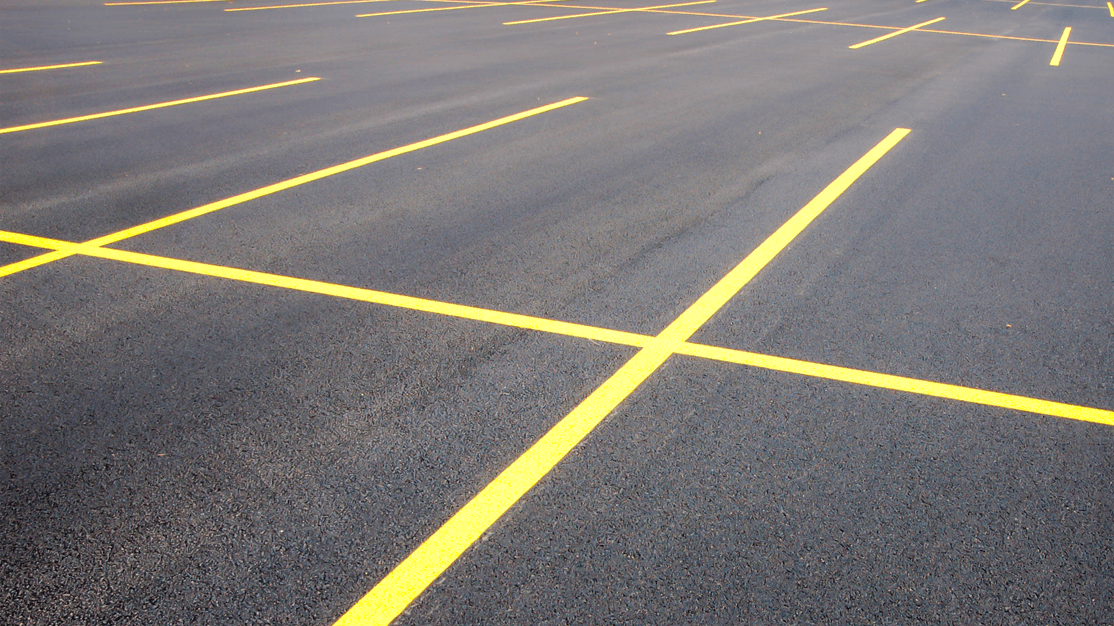
Escape From Parking in New York
After lengthy debate, City Council approved Mayor de Blasio’s Zoning for Quality and Affordability plan (ZQA). A key component of the plan is the relaxation of parking requirements for multiple dwellings. By eliminating parking requirements, the mayor aims to make it easier for developers to maximize zoning lots for affordable and senior housing.
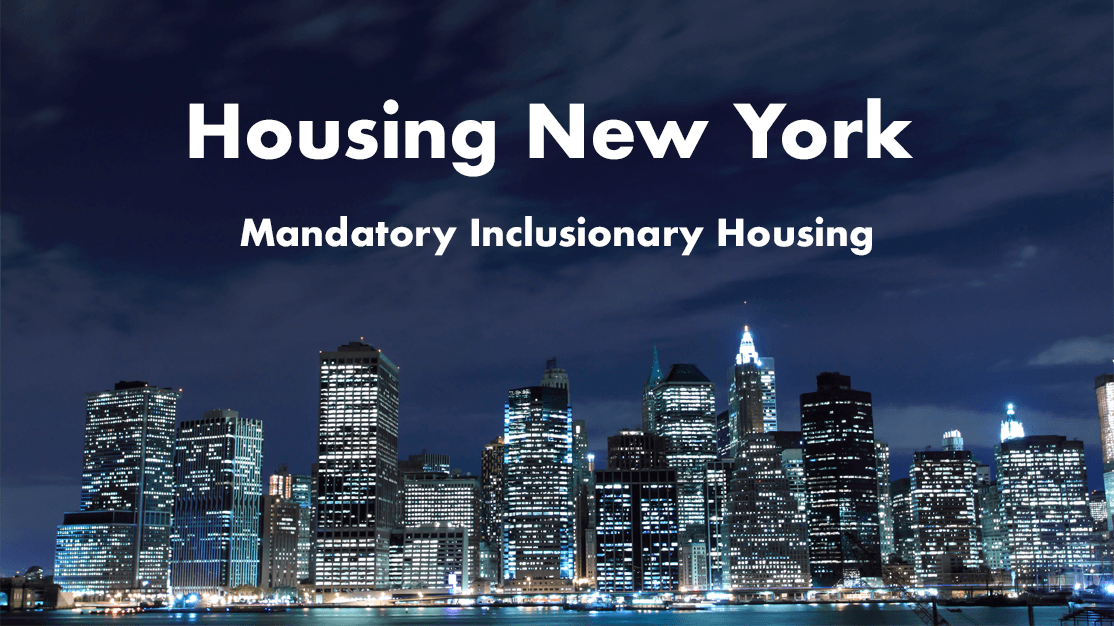
NYC’s Mandatory Inclusionary Housing Proposal
New York City’s “Housing New York” plan to build and preserve 200,000 high quality, affordable units is under City Planning review. If passed, the plan will have significant impact on development and zoning in New York.

Are NYC’s New Micro-Apartments Much Smaller?
New York City’s adAPT program, which sidesteps existing Building and Zoning Codes to build prefabricated micro-apartmentbuildings, launched amid much controversy. Proponents claim the micro-apartments are appropriate for today’s renter—young, single and on the go. Detractors are apprehensive about the compromise of space in a crowded city saturated with pint-sized living spaces.

Constraints of Non-Conforming Use
New York City has undergone several zoning changes over the years. When a district undergoes a major zoning change, a building’s use doesn’t necessarily have to fall in line. The building can remain in the district under what’s called non-conforming use.
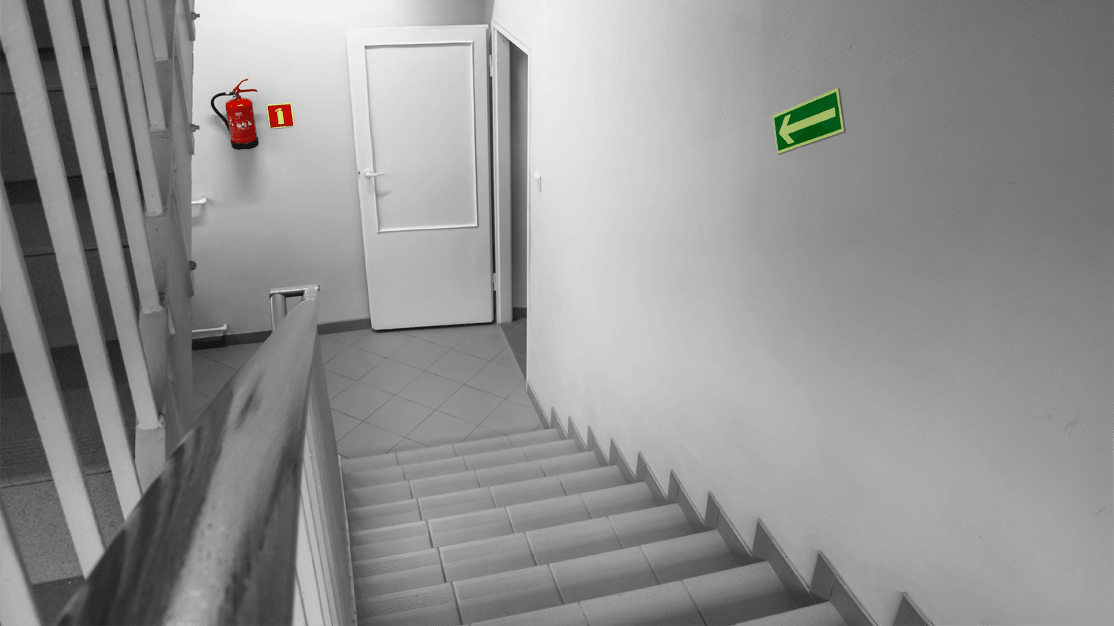
Third Stairway to Egress
The Department of Buildings will soon enforce Section 403.5.2 of the Building Code requiring buildings to have a third egress stair. Applications filed on or after July 1, 2015 will be subject to the code. The enforcement date of Section 403.5.2 was postponed to give City Council time to pass a zoning text amendment discounting the floor area from the additional stairway.

The State of the DOB
New Commissioner Rick Chandler gave a State of the DOB address at the Yale Club on December 9th, 2014. Over the last few years, the DOB has seen a boost in job and permit filings. On Tuesday, Mr. Chandler offered solutions for the DOB to streamline its operations and deal with this increase.
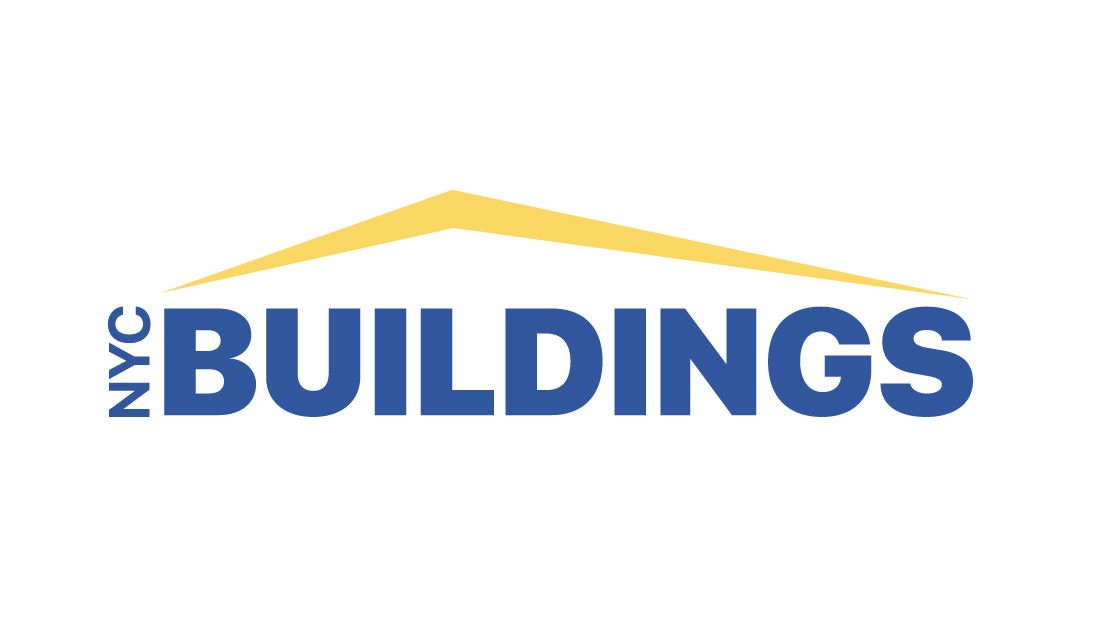
Hub to Lose Executive Director
The tenure of Development Hub Executive Director Edwin Tang on September 30, 2014. Mr. Tang leaves behind a remarkable legacy at the DOB. He was instrumental in rolling out the Development Hub and overseeing its operations. His departure comes at a time when the Hub is experiencing a massive influx of job applications before the 2014 Building Code takes effect.
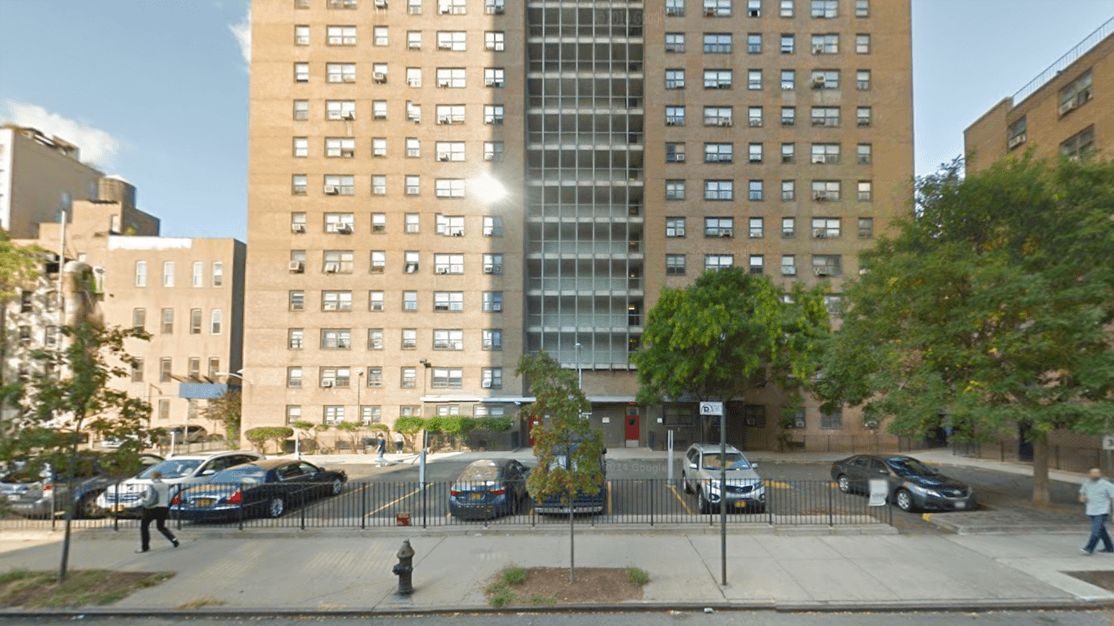
Land Lease Redevelops NYCHA Parking Lots
Crumbling infrastructure and an untenable fiscal situation has led the NYCHA to turn its parking lots into cash. As part of its Land Lease program, the NYCHA seeks to solve its budget woes by leasing its parking lot areas to developers who will develop market rate housing.
